
LEXINGTON LINE S/S 23 • vol 9 • no 2
THE


TABLE of contents 03 Masthead 05 Editors’ Letter 12 Color Pages 24 Runway Report 30 Beauty Buys 108 Editors' Picks 112 Student Style 116 Behind the Scenes THE USUALS 06 Underneath it All 22 Is Social Media Killing Personal Style? 60 Second-hand Surge 72 Dawn to Dusk FASHION 18 Bellissima! 46 Ready in 10 BEAUTY 12 Clearing the Smoke 26 Blockbusters Are Back 32 The Not-So-Dead Poets Society 68 Legacy of Style LIFESTYLE 08 Stan for Something 14 Category is: Ballroom 35 My Wings Can Only Carry So Much 36 Changing the Game 40 Elephant in the Room 64 Mommy Always Sat in the Dark CULTURE
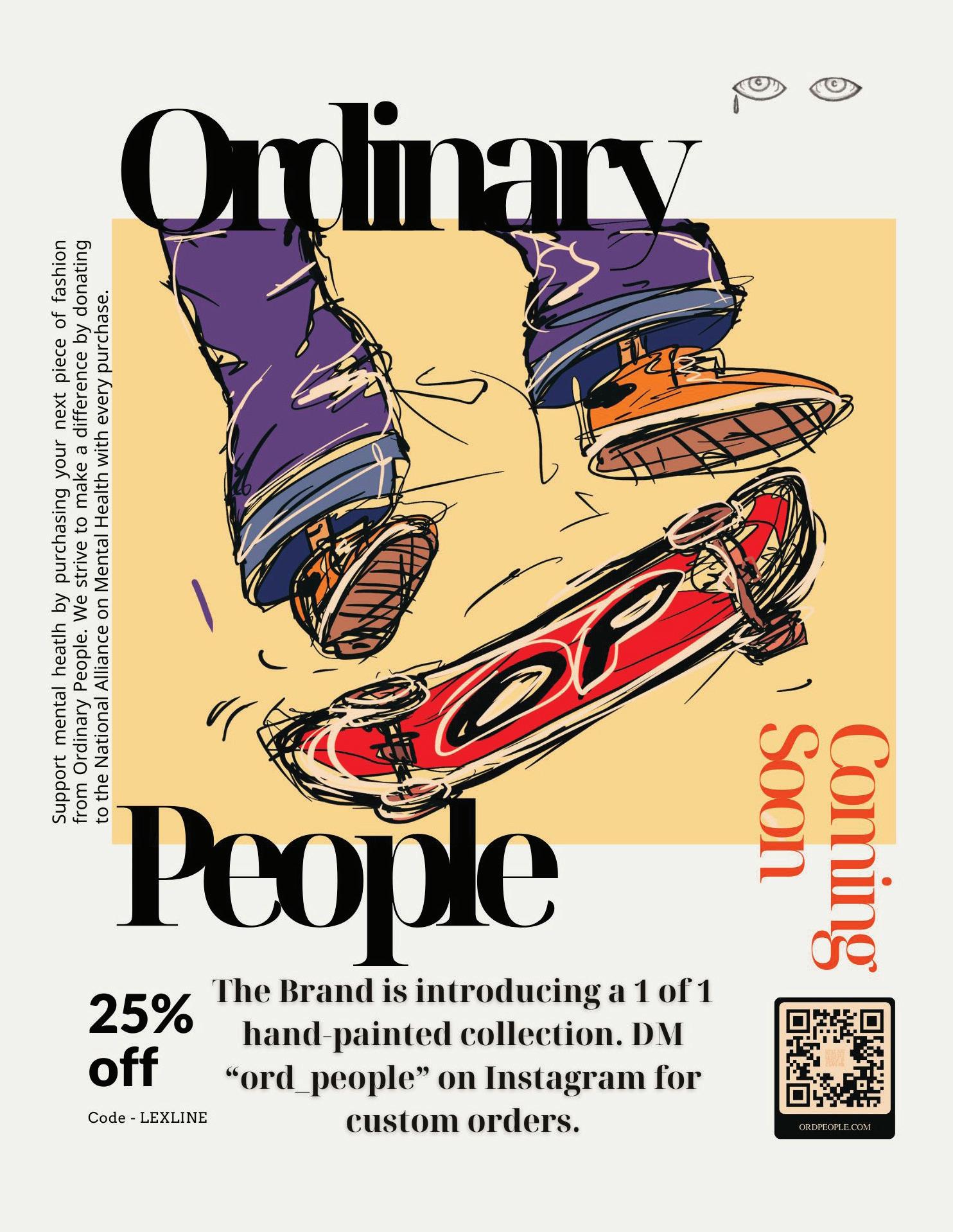
Lauren Smelker Lola Spring Editor in Chief Managing Editor
Elara Montana
Violeta Romanyuk Editorial Director Creative Director
Katie Schroeder Jaedyn Frasinelli Fashion DIRECTOR beauty Director
Abigail Hennessey Meghan Mattina web Director Marketing Director
Imani Moten Skylar Hudson Social media Director art Director
Ragini Bishnoi Styling Director
Lauren Simone Fashion
Grace Kuey Beauty
Claire Maxwell Accessories
Olivia Damiano Lifestyle
Delilah Ware Cannabis
Tatiana Colmenares Culture
Sydney Schnurbusch Music
TJ McCaffery Gender & Sexuality
Alex Padilla Sports Editors
Kristine Bakker Fashion
Emma Van Praet Beauty
Cori LaVigne Music
Alexandrya Brathwaite Cannabis
Carol Oviedo Culture
Lilly Griffiths Sports Assistant Editors
Audrey Burch Assistant creative DIRECTOR
Jenna Persaud ASSISTANT Art DIRECTOR
Paige Collins ASSISTANT STYLING DIRECTOR
Jiya Agarwal Jade Liu
Sophia Bucci Mohammed Umer Talukdar
Feren Lim STYLists
Carly Gabriel Photography Director
Maddie Larson
Kimberly Santcelest Photography assistants
Madison Vaglio
Ahmani Williams Social media team
Tabitha Alessi Carly Pomerantz
Brooke Belluardo Asia Simms Jade Liu marketing team
Claudine Lorico Ava Witte Riley Stein graphic designers
Salomé Bours Mia Sherman
Tamara King Krystel Vera
Raheema Muhammad Payton Yeargain Web editors
Professor John Deming
Professor Joseph P. Sgambati III Faculty Advisors
Dr. Daniel Chaskes Arts & sciences Department Chair
Natessa Aldridge • Kally Compton • Christopher Barto • Khayla Biscoe • Amie Blumberg • Professor Dani Brand • Laura Cioffi
Michael Donohue • Jenna Filingeri • Meredith Finnin • Dr.
Patricia Fitzmaurice • Professor Christine Flammia • Professor
Timothy Foran • Erica Fouts • Tiffany Fuentes • Michael Gilson & Portmeirion Group Showroom • Laura Healy • Samantha James
Maranda Janky • Dr. Kenneth Kambara • Professor Laura Lueders
Eric Martin • Michael Meyer • Maurice Morency • Professor
Nora Neus • Pheanny Phen • Olga Raganelli • Monica Rakocy
Travis Stephens • Professor Liz Sweibel • Dr. Alex Symons
Sabrina Talbert • Emily White • All LIM College Faculty
All Contributors to The Lexington Line
MANY THANKS
Ron Marshall, President of LIM College
Elizabeth Marcuse, President Emeritus of LIM College
Dr. Scott Carnz, Provost
Michael Londrigan, Business Department Chair
Special THANKS
The Lexington Line • s/s 24 • vol 10 • no 2 3
masthead
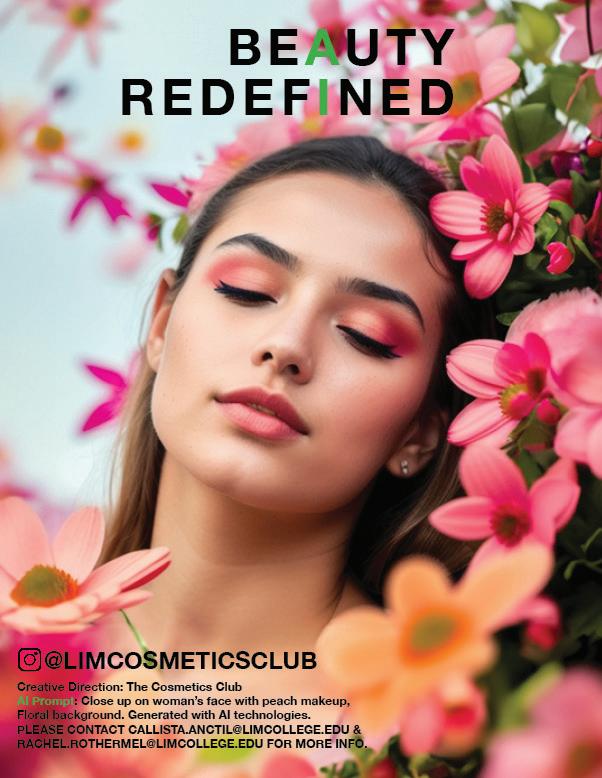
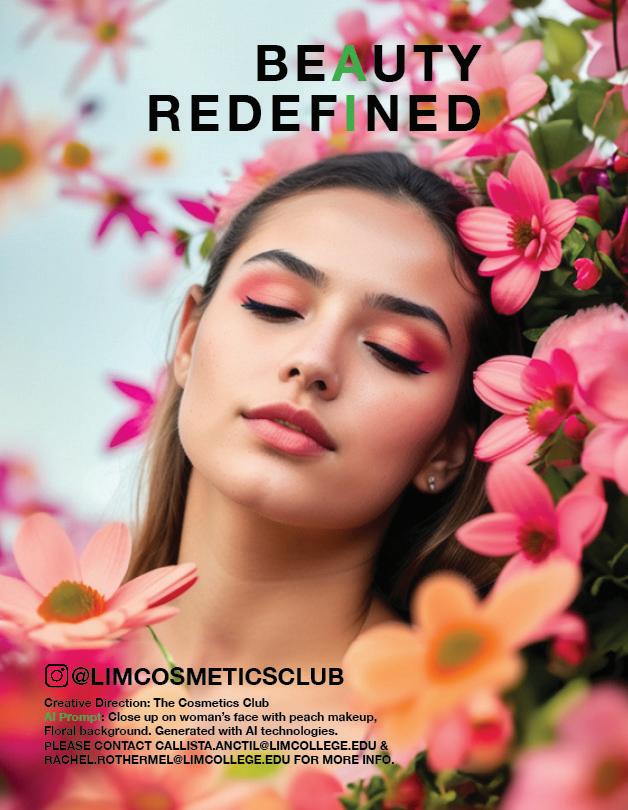
Dear Readers,
The Lexington Line turns ten this fall, so we think our S/S '24 issue calls for an early celebration. The magazine was launched online in the Fall 2014 semester, and the first print edition was released in Spring 2015. Our staff has expanded from six to as many as 50 over the last ten years, we have featured contributions from more than 500 students. This semester, we celebrate the upcoming anniversary of where we started, where we are now, and where we strive to be in the future.
Each of our articles this semester contemplates important developments in society and exciting cultural dynamics: international beauty practices, interracial relationships, the unforeseen consequences of thrifting, and the enduring influence of ballroom culture.
Our beauty shoot, “Ready in 10,” reflects where we’re going and where we’ve been by depicting the fun of getting ready for a party. Our fashion shoot celebrates Lex Line’s present and commemorates our growth—from adding Sports, Cannabis, and Gender & Sexuality sections to reestablishing our Art Director role and creating a Public Relations position. The garden picnic, with its floral and tulle details, intricate set design, and colorful accessories, reflects the creativity of our staff.
Our fashion shoot continues the party with an eye on our hopes for what future generations will create with the Lex Line name. The bright blue hues and pearl accents are accentuated by the silver-styled garments and party aesthetic.
Our journey over the past ten years has surpassed the expectations of the original magazine—rather than a simple extracurricular activity, Lex Line has become a central component of the college’s Fashion Media program, and a number of alumni have gone on to hold prominent positions in the media landscape.
As the fashion industry has evolved, we’ve ensured an adaptable identity for the magazine. We’re not afraid of change, but we appreciate where it all started.
And with that, we hope you enjoy this issue of The Lexington Line. Here’s to another ten years.
Always, The Editors
Lauren Smelker
EDITOR IN CHIEF
Violeta Romanyuk CREATIVE DIRECTOR
Lola Spring MANAGING EDITOR
Elara Montana EDITORIAL DIRECTOR



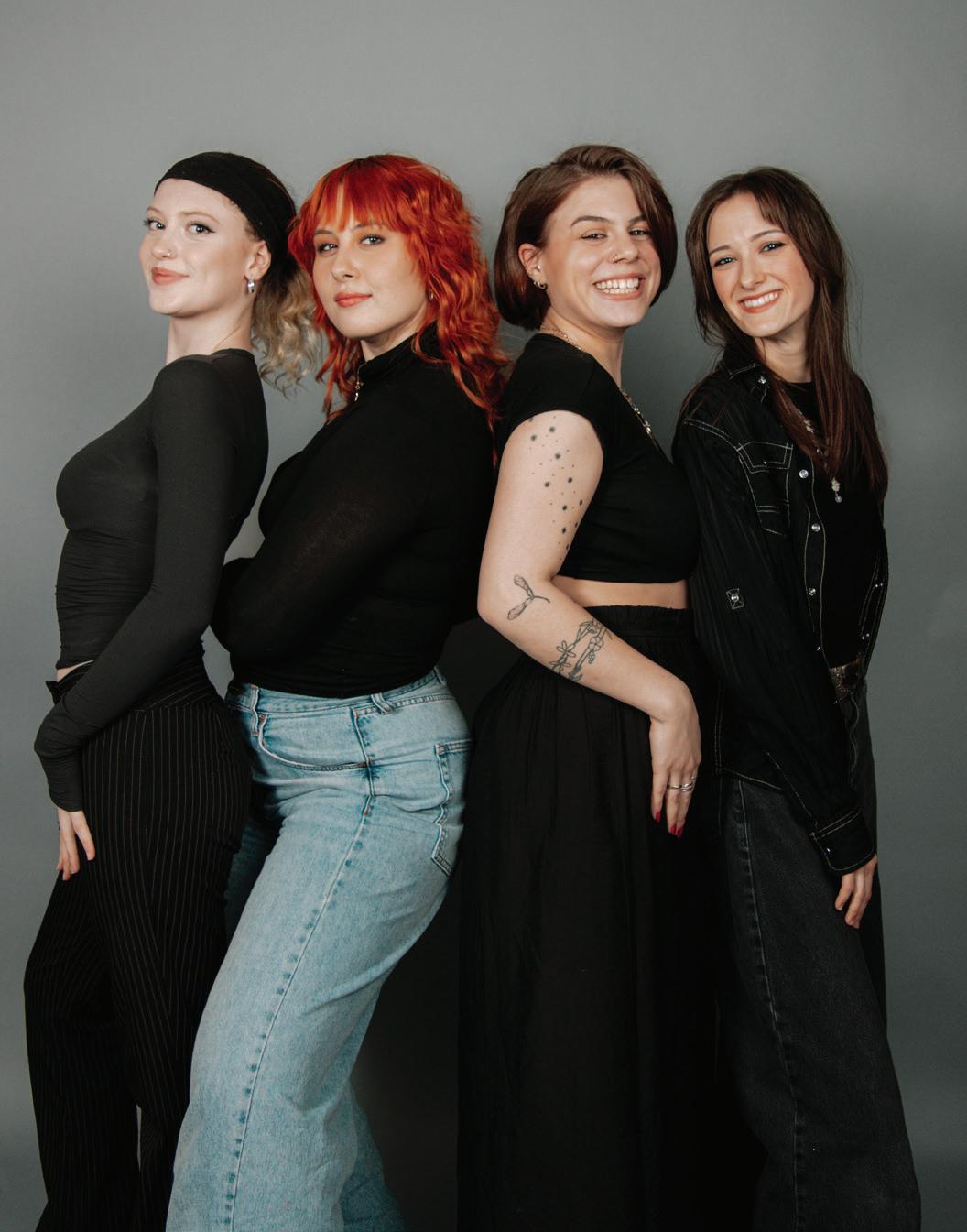

The Lexington Line • s/s 24 • vol 10 • no 2 5
letter
editors'
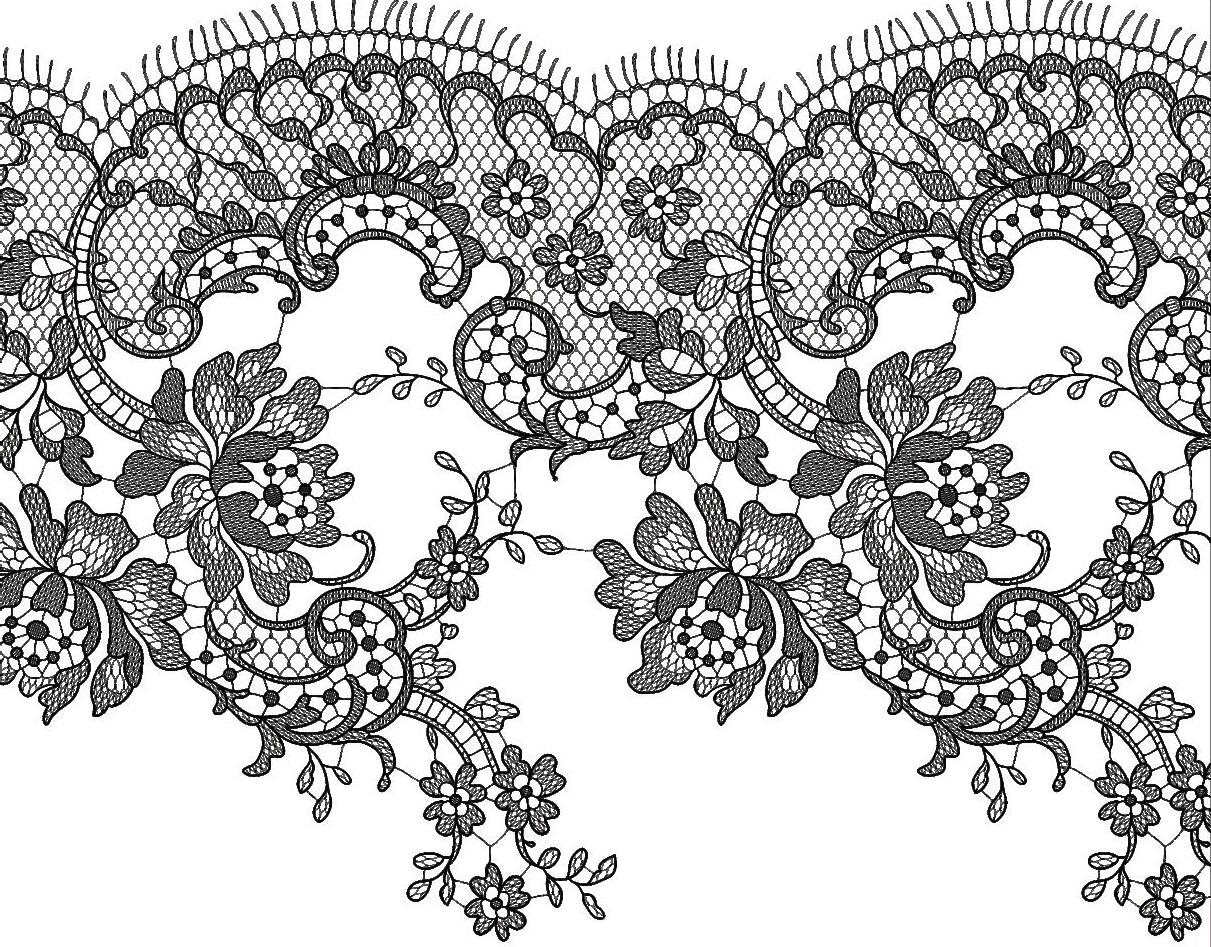

Underneath it All:
Lingerie's Foray into Inclusivity
By Katherine Schroeder
I remember strolling through the aisles of now antiquated department stores with my mother and asking her why women’s underwear was always decorated with little hearts, stripes, or flowers, and she would always respond that it’s because it’s fun to wear. At the time, I thought that was ridiculous, but now I understand what she meant.
Lingerie has always had a shroud of taboo surrounding it—especially as it relates to women’s sexual freedom—but all of that is starting to change. Hundreds of lingerie retailers have gained media traction heralding themes of empowerment, selfcare, and inclusion: even Victoria’s Secret has distanced itself from its infamous VS Angel branding.
The message is clear: lingerie is no longer a spectator sport, but a way to identify with your own body.
“Lingerie can be a difficult word because the usual connotation is sexual, but it is a much broader spectrum of fashion,” says
Laura Henny, owner of The Rack Shack, a lingerie and underwear store in Bushwick that prioritizes inclusivity.
Some say surrounding yourself with and wearing things that are pretty can have a positive impact on your mental health and confidence. Vanessa Gamez, an ex-model with Barbizon Modeling School and Neal Hamil Agency, recently challenged herself to wear lingerie every day for thirty days.
“It does something to you in how it makes you feel and how you walk around with more of a power,” Gamez says.
A 2016 study from the University of Chester also found that wearing something nice for yourself can boost your mood and help you feel more confident in your body.
Lily Pierce is a mental health and eating disorder awareness ambassador for Project Heal, an organization that aims to make resources for healing more accessible and inclusive. (P.S.: She is also a musician, and her most recent single is called “Lingerie.”)
6 The Lexington Line • s/s 24 • vol 10 • no 2


“Anything used in the right way can be empowering,” Pierce says. “I don’t know many women who have not struggled with their bodies because of the standards of beauty and diet culture.”
Unfortunately, the lingerie industry in America doesn’t exactly have a great track record for being uplifting. Until recently, lingerie was only ever modeled by extremely thin women, giving the idea that there is only one way to look or feel sexy. But turning lingerie into your own endeavor rather than something you do for someone else can help negate this.
“Lingerie helped me to feel pretty without needing to have validation from another person,” Gamez says.
Underwear is also flipping its reputation by making the jump to “outerwear.” Corset tops, mesh shirts, fishnets, and silk dresses are only a few ways people have been incorporating lingerie into their fashion choices. According to Harper's Bazaar, the underwear-as-outerwear trend is one of the most popular of the 2020s, but like most trends, has been in and out of fashion for decades.
“I will even wear certain lingerie tops as a part of an outfit—something to go out in,” says Gamez.
The use of lingerie as a part of whole outfits has helped to make the industry more
inclusive and accessible. Jackson Helmholtz, a 21-year-old Heidelberg University theater student, can often be found wearing various pieces of mesh and lace as accessories.
“I don't think anything is strictly an undergarment,” Helmholtz says. “Lingerie is something I add to an outfit to give me that extra bit of confidence.”
Helmholtz illustrates that this is not just a big city trend: if students in Nowhere, Ohio can do it, then you can too.
You don’t have to look far into history to see that the lingerie industry has been both exclusionary and exploitative. Pierce says advertisements have historically pushed a specific way to be feminine, which might just make it the most severely gendered commodity since menstrual products.
“Every store or advertisement that I see is exclusively feminine lingerie, which as a male, caused me to view it as an aspect of fashion that I can’t be a part of,” Helmholtz says.
Lingerie can be a healthy way to explore sexualities, identities, and styles if we continue to use it positively.
“The more that we put these ideas out into the world, the more normalized they become,” Pierce says. “Anyone should be able to feel beautiful in lingerie.”
The Lexington Line • s/s 24 • vol 10 • no 2 7
Stan for something
Fan Accounts Aren't As Bad As you Think
By Sydney Schnurbusch
Stan for something
Stan for something
8 The Lexington Line • s/s 24 • vol 10 • no 2
In 2018, Taylor Swift encountered an unfortunately common occurrence when a 22-year-old man broke into her apartment in New York City. Roger Alvarado faced criminal charges after showering in Swift’s home and then falling asleep on her couch.
“This trend can become dangerous for content creators, as fans may cross boundaries as a result of a falsely perceived friendship,” Maya Nelson says in The Stanford Daily. “These relationships often lead to a sense of entitlement felt among fans, leading to intense backlash against a creator when personal information or content isn’t received.”
We have all heard warnings about Stan Twitter: obsessive fans who stalk artists, leak songs, travel around the world following tours, and wage all-out Twitter wars between different fandoms. It would be a lie to claim that there is no dark side to Stan Twitter.
Despite the negative connotations of stan culture, these fan accounts have repeatedly proven that they can be so much more. More often than not, the collective appreciation for different art and entertainment provides a positive outlet for fans to express themselves freely.
“Everyone that follows me knows everything about Taylor Swift, which is fun because you get to discuss those interests, so I think having someone with the same interests as me or a lot of people is great,” says Daniel, who uses his stan account primarily to keep up with Taylor Swift information.
The term “Stan” comes from the 2000 Eminem hit of same name, which he wrote about an obsessive man who spiraled when his favorite icon did not respond to his fan mail. The term now refers to a vast online community with dedicated members for musical artists like Taylor Swift, Beyoncè, Miley Cyrus, Lady Gaga, Justin Bieber, and many more. Stans have historically used X (formerly known as Twitter), but have spread to Instagram, TikTok, and other platforms as well.
X user @purethiquekj runs a popular Beyoncè and Miley Cyrus stan account and says that these accounts’ sense of community and support is unmatched.
“Sometimes it even feels like a second family,” he says. “When you have like thoughts or feelings you want to share that you wouldn’t necessarily share with your offline relationships, you have someone you can talk about it.”
By gaining mutual followers, fans can meet friends from around the world with whom they share a common passion. They create video edits, draw fan art, analyze lyrics, and generally revel in the creative expression of both the artists and the fans.
Yes, time and energy are explicitly dedicated to obsession with artists. Still, stan accounts could also be considered passion projects where individuals can explore their creative ideas and learn new skills in a supportive environment.
As a native German speaker, @purethiquekj spent much of his teen years on the internet, which he credits with contributing to his fluency in English.
“I’m on the phone with [X friends] a lot, and they also helped me get better at English since it’s not like the language I grew up with…” @purethiquekj explains. “I often felt alone as a kid because I didn’t have anyone that felt like me or was like me, and I found people that had the same experiences… and I think if that weren’t the case, I wouldn’t have been here, accepting and liking myself, as I am now.”
There is power in numbers, and many times, internet fandoms have used this sense of camaraderie to rise for political and social causes. The BTS fanbase, commonly called BTS ARMY, raised over $1 million for the Black Lives Matter movement in 2020—a feat that only took them about 48 hours.
In 2018, over 65,000 new voters registered during the U.S. midterm election following an Instagram post by Taylor Swift calling her fans (Swifties) to action. In 2015, boyband One Direction launched the Action/1D campaign, which rallied their fanbase to speak out on issues like poverty, the climate crisis, and inequality.
When these communities band together to tackle real-world issues, people are incentivized to educate themselves. Many intelligent and well-informed people make up the Stan Twitter users who are actively trying to educate other fans to incite positive change.
“We found that people with low self-esteem saw their favorite celebrities as very similar to their ideal selves, while those with high self-esteem saw them as similar to their actual selves,” Shira Gabriel at the University of Buffalo said in 2008. “For low self-esteem subjects, these benefits were unique to parasocial relationships. They did not receive the same boost in self-esteem when primed with a close relationship partner or with a control celebrity.”
The Lexington Line • s/s 24 • vol 10 • no 2 9
X is not the only platform that hosts stan culture. Fan accounts have been an important part of pop culture since the MySpace, Tumblr, and Wattpad days.
TikTok has changed the way stan accounts can operate, with video fan edits being a popular form of content. Users can complete minute-long video compilations of their favorite artists or share long-form videos of moments from concerts that other fans couldn’t experience themselves.
A popular Taylor Swift X content creator known as DS mentioned that he sees the positive benefits of a platform like TikTok that allows unrestricted creative expression and a greater appreciation for the art.
Doxxing can have consequences for these fans in real life; publicizing their phone number, workplace, home address, and other details could be dangerous when exposed to an angry fanbase.
“I try to be as respectful and unproblematic as possible, so it’s just all fun and enjoying content and without like being mean or trying to hurt anybody,” @purethiquekj says.
These types of falsely intimate relationships have become commonplace in the digital age…
“On X, there’s a lot more competition between different fan bases and a lot more comparisons,” DS says. “Meanwhile, on TikTok, there seem to be a lot more people in it simply for the art and nothing else; it’s not as chaotic in that sense.”
The X chaos is infamous, with many fanbases turning on other musical artists’ fans due to disputes over which artist is better—or hating just to gain reactions. For example, there has been a long-standing feud between Swifties and The Beyhive (fans of Beyoncè), which both artists have tried to shut down, to no avail.
“Creators are often criticized for the behavior of their stans, with many claiming that they should be obligated to denounce parasocial relationships and set stricter boundaries to prevent obsessive behavior,” Nelson says.
“If you have a fanbase that is engaging in toxic activities and doxxing other people you have beef with online, it is your responsibility to discourage that behavior,” says content creator Makenna Turner, who was interviewed by Nelson.
According to Urban Dictionary, doxxing is “publicly exposing someone's real name or address on the internet who has taken pains to keep them secret.”
One of the most important aspects of participating in stan culture is remembering there is a line that fans shouldn’t cross when it comes to other fans and artists.
Parasocial relationships are “a relationship characterized by the one-sided, unreciprocated sense of intimacy felt by a viewer, fan, or follower for a well-known or prominent figure (typically a media celebrity), in which the follower or fan comes to feel (falsely) that they know the celebrity as a friend,” as per the Oxford Dictionary.
These types of falsely intimate relationships have become commonplace in the digital age, with some being positive and others being negative.
“As a stan account, I think you should understand that the person that you stan, and therefore admire, is a stranger,” DS says. “You don’t know them personally; you’re not their friend, so don’t act like it.”
Overall, stan culture can be enjoyable to participate in when done right. When users allow space for creativity and growth while maintaining boundaries, these fandoms can cultivate supportive and entertaining environments for people to enjoy. Some criticisms of stan culture are fair, and we should not brush them under the rug. However, if a fan promotes positivity, why not let them enjoy both the creators they follow and the communities they can create?
10 The Lexington Line • s/s 24 • vol 10 • no 2
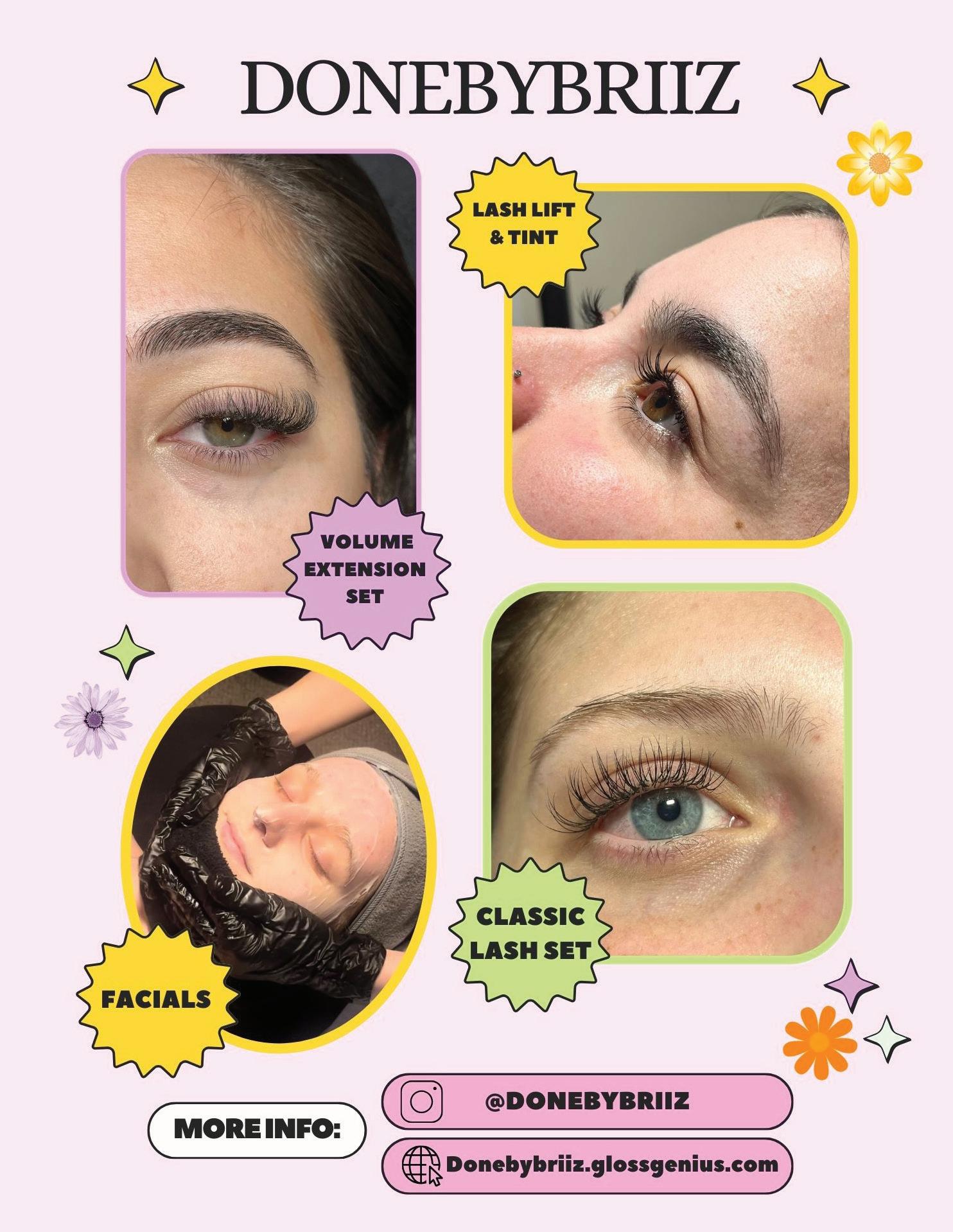





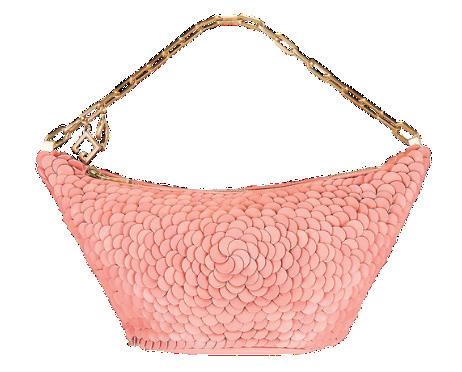

desert flower Pantone 15-1435 TPX RICK OWENS DRKSHDW Pink Geth Belas Trousers $995 Y/PROJECT Pink Melissa Edition Court Boots $480 LOEWE Inflated Round Sunglasses $380 Cult Gaia Gia Shoulder Bag $468 Jean Paul Gaultier Lace-up Satin Top $1,319 12 The Lexington Line • s/s 24 • vol 10 • no 2
CHARLES JEFFREY LOVERBOY Yellow Chunky Rabbit Beanie $205
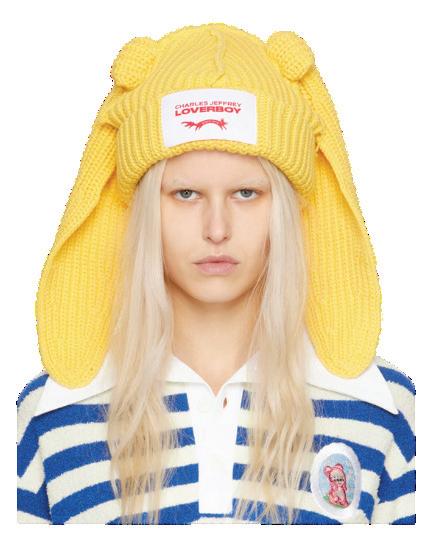

MARNI Yellow Pablo Sneakers $875

ZIMMERMANN Matchmaker Rose Mini Dress


JIL SANDER Yellow Small Sphere Pouch

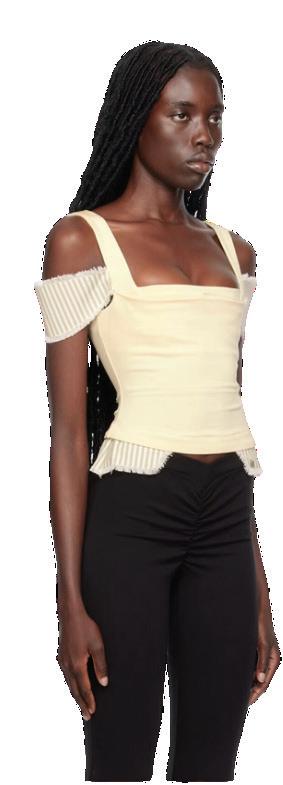

MIAOU Yellow Renata Corset Top $295
lemon drop Pantone 12TPX
$1,530
$1,750
The Lexington Line • s/s 24 • vol 10 • no 2 13
CATEGORY IS: BALLROOM
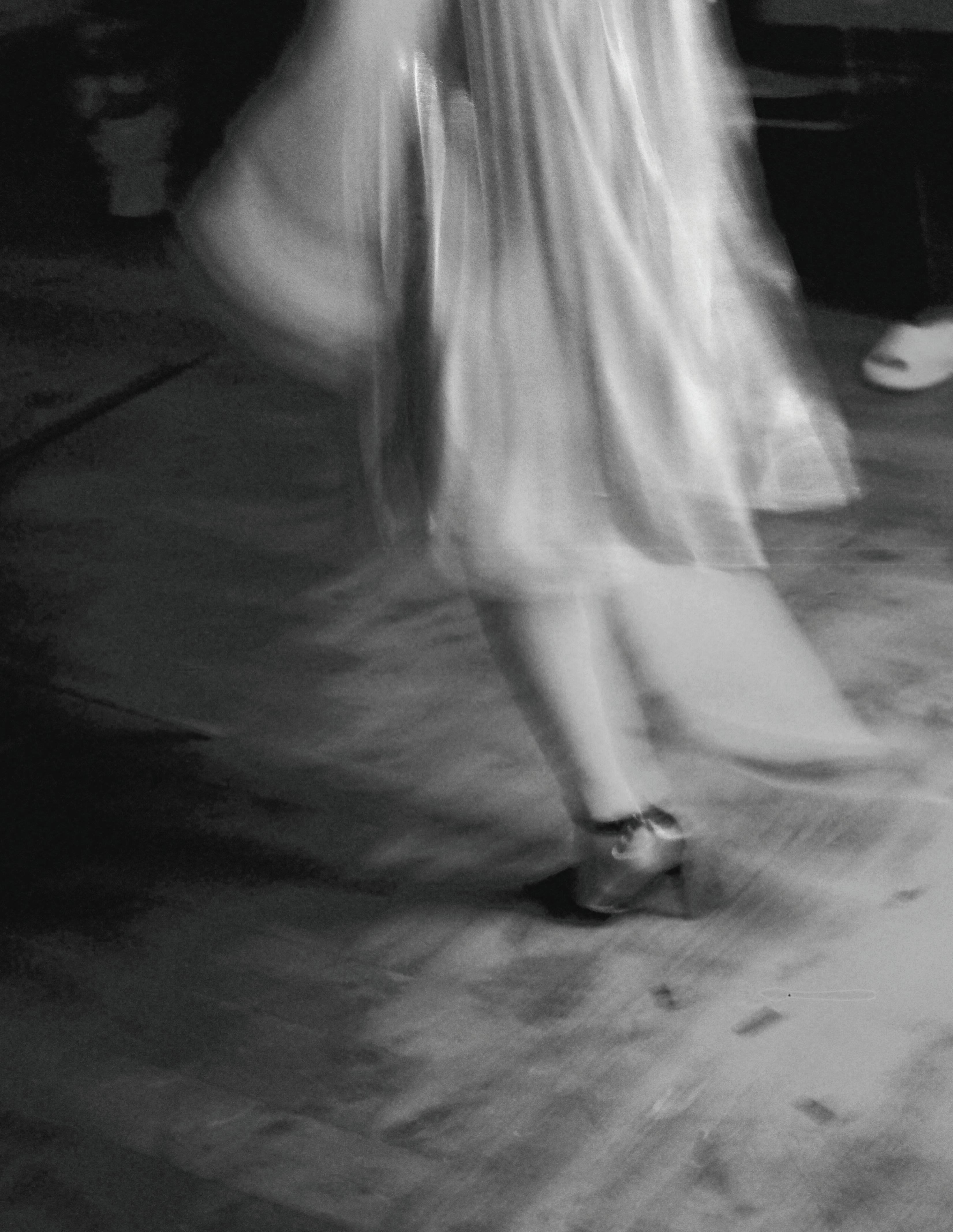 By TJ McCaffery
By TJ McCaffery
& its enduring influence.
14 The Lexington Line • s/s 24 • vol 10 • no 2
You have heard Madonna’s song “Vogue,” but where does voguing come from? What about “walking that f*****g duck” like Anetra on RuPaul’s Drag Race?
“The ballroom has always been a place for everybody,” says Legendary Daebrian Balenciaga, father and founder of the West Coast branch of the House of Balenciaga. “And not everybody fits the mold of the perfect, attractive, typical gay man or lesbian woman—the ballroom accepts all of those people.”
Daebrian is referring to the ballroom scene, an influential and exuberant subculture that originated in interracial drag balls as early as the 1890s, according to Johns Hopkins University. Balls are extravagant competitions where various drag “houses” come together and compete in a series of runway and dance competitions.
Despite its enormous cultural footprint, ballroom itself has historically escaped the mainstream gaze— the general public tends to be influenced by people who they don’t know were influenced by it.
But Drag Race, Pose, Legendary, and even the seminal 1990 documentary Paris is Burning, which is gaining new audiences, have started to change that. The benefit of seeing ballroom culture in the media is that its message is aspirational for young people: you can be anything you want in life.
The problem, though, is mainstream appreciation of ballroom is often quite shallow and not without elements of appropriation, according to Daebrian.

He is suspicious, for example, of the ways ballroom language is adopted by people who have no real context about its origins.
“We had our own lingo, and it was ours,” he says about now-mainstream phrases like “ate that,” “slay,” “you turned it,” and “it’s giving.”
When the mainstream adopts ballroom phrases and styles, it does so without a lot of understanding about their rich and nuanced backgrounds.
A drag house, for example, is not a brick and mortar space, but more of a unit created to provide community, safety, and support for those who participate in balls. A house starts with a “mother” or “father,” usually someone already familiar with the scene. From there, mothers take in “legendary children,'' who are up and coming on the scene. From there, a family begins, creating a house.
“My kids are like my children,” says Kelly Gorgeous Gucci, legendary mother and founder of the House of Gorgeous Gucci. “I love them, I nurture them… I don't want my kids to just be something on the ballroom floor. I want them to be something off the floor as well.”
In addition to showing off their fashions, queens and kings of the ballroom scene will perform dances and vogue. “Voguing” is the art of dancing and using your hands to tell a story. There are five voguing categories: duck walk, cat walk, hands, floor work, and spins and dips.
The Lexington Line • s/s 24 • vol 10 • no 2 15
Plenty of these details have leaked to the mainstream by way of Drag Race, but ballroom culture has influenced music, fashion and film for much longer. Its popularity is growing, but in a way that can seem superficial.
Kelly also has concerns about ballroom culture going mainstream—in particular, the involvement of corporations. When she first started, prizes were simply trophies or mini grants of $250—“the most grand prize that had ever been in ballroom in my years was $1,000,” she says.
“Now in ballroom, we have $20,000 and $30,000 categories and all types of things of that nature,” she laments. “And it's really taken the fun out of ballroom because you have so many people that are in this competitive arena and want to win when it [used to be] about just having fun and being a family.”
She argues that “we just need to get back into what ballroom was actually about—getting a trophy and just being happy.”
Another major concern for her is the exploitation of young artists who get little recognition.
“When it comes to all these shows being made and centered around ballroom, they want to come in and they want to get the ratings,” she says. “But they're not actually giving the kids what their talent is worth. The industry is making millions, and these kids are making pennies.”
There are those who trace ballroom’s mainstream ubiquity back to its source, but Daebrian says he still misses when it was more fully underground.
“I loved that the people in the crowd were ballroom walkers,” he says. “Now when you go to balls, a lot of times, people are in the crowd or spectators are fans of the culture.”
Nevertheless, both believe ballroom remains critically important in part because its runways show how gender itself is just a performance; many contestants dress as the opposite sex by donning heavy makeup, styled hair and wigs, and extravagant clothes. Queens use runway “categories” to present fashion that fits certain criteria such as butch queen, femme queen and many others.
Its history is significant, too, for the safe spaces it has created. The LGBTQ+ and P.O.C. communities would turn to this subculture as an escape. Despite being a very competitive culture, ballroom has helped many to embrace themselves and find self-love.
“Ballroom is going to tear you down before it picks you up,” Kelly Gorgeous Gucci says. “But once it picks you up, you're going to have the confidence that you can do whatever you want.”
Daebrian echoes this sentiment.
“It has created so much growth for me mentally,” he says. “I am a better leader at work because I'm a house father, and I have to manage kids with all types of issues.”
He adds that ballroom has also given him confidence as a Black gay man.
“I've evolved so much as a person and [gotten] so comfortable in my skin,” he says.
Ballroom culture is still alive and thriving, with New York, Philadelphia, Baltimore, Washington DC, Atlanta, and San Francisco boasting some of its biggest communities. It’s even gone international.
“Ballroom is just not in the states anymore,” Kelly states—so even if some of the appreciation is appropriation, the hope is that more and more safe spaces will emerge around the world. “Paris, London, France, Australia, China, Japan. It's all over.”
16 The Lexington Line • s/s 24 • vol 10 • no 2
Clearing the smoke Legalization in NYC is off to a rocky Start
By Delilah Ware
Jeremy Rivera served two years in Gouverneur Correctional Facility in Upstate New York for cannabis possession in 2016. A few years after release, he applied for a CAURD license to legally sell cannabis.
The Marihuana Regulation & Taxation Act (MRTA) was signed into effect in March 2021, making cannabis effectively legal in the state of New York.
The first set of licenses were Conditional Adult Use Retail Dispensary (CAURD) licenses. These are reserved for those who have been convicted of a non-violent cannabis crime in the state of New York.
Although optimism was high, New York cannabis followed the same pattern as most other states. The Office of Cannabis Commission (OCM) was sued by four veterans saying the CAURD license was unfair. This halted all cannabis licensing, causing immense financial strain.
“Weed sucks, from a larger business perspective,” Rivera says. “Having to do a lot for so little.”
As the legal cannabis market begins to open across the U.S. and New York state, it is important not to leave out those who have faced legal repercussions and are still facing time for non-violent cannabis crimes.
While entrepreneurs can make legal money on the same product, so a question remains: how do we create fair opportunities for—
and offer reparations to—those punished for something that is now widely accepted?
The “legacy market” is composed of people who have grown, processed, and sold cannabis before legalization. Many legacy individuals have faced time for cannabis crimes. A CAURD license’s purpose is “establishing businesses owned by justiceinvolved individuals at the bedrock of New York’s adult-use cannabis market.” This license type allows legacy individuals, including those whose prior convictions have served as barriers to traditional employment, to transition to the legal market.
There are currently 80 legal dispensaries in the state of New York, but according to the New York City Council, about 8,000 unlicensed dispensaries— the CAURD process proved to generate bureaucratic hurdles that sidelined the legal dispensaries while unlicensed dispensaries flourished.
One such hurdle appeared in 2023, when a group of disabled military veterans sued the New York Office of Cannabis Management’s Conditional Adult-Use Retail Dispensaries for prioritizing those with cannabis convictions over other disproportionately affected groups.
Due to this, in August of 2023, a judge imposed an injunction blocking any new retail licenses from being used or any new dispensaries from opening.
This hurt the CAURD license recipients and applicants who are fully-funded entrepreneurs like Rivera, who is the primary license holder for Terp Bros. in Astoria, Queens.
Rivera applied for a CAURD license in August 2022 and was awarded it in April 2023. Terp Bros was projected to open in August 2023; due to the lawsuit, it was halted until October 2023. This was more than a year after he applied—a period when new unlicensed dispensaries seemed to open at the drop of a hat.
This three-month lull was particularly damaging to small businesses like Terp Bros., who are forced to compete with large Multi-State Operators (MSO) like Curaleaf Holdings, Acreage Holdings, and Green Thumb Industries. For MSO’s, these losses barely make a dent.
Unlike MSO’s, small businesses like Rivera’s focus on community building through events and other kinds of outreach, something more germain to the cultural role cannabis has played for centuries.
It’s this aspect that has Rivera sure, despite the obstacles, that he’s in the right business.
“I couldn’t imagine doing anything different,” he says. “I try to be a warrior for ethics while creating a model for small businesses so that they can be successful.”


The Lexington Line • s/s 24 • vol 10 • no 2 17

18 The Lexington Line • s/s 24 • vol 10 • no 2
Bellissima!
Four Italian Beauty Trends
By Grace Kuey
Italians believe in being chic and elegant no matter the time or occasion. I studied abroad in Italy earlier this year and found that pharmacies and perfumeries scatter the streets of Florence and Rome, forming a central aspect of the culture there.
In America, people are more casual in their daily lives, sporting comfier outfits and placing less emphasis on having perfect hair and skin. Both cultures enjoy facial and body scrubs, body lotions, toothpastes, and nail care products, but Italians use these products to achieve a different aesthetic.
Generally, even though Italians seem to make their beauty routines more of a daily priority, they tend to prefer a more natural, clean, and simple beauty look. Here are four trends to consider if you’re looking for a dose of Italian panache.
Facial and Body Scrubs
In Italy, facial and body scrubs are typically homemade. Some Italians swear by mixing sugar and honey, massaging it into the face and then steaming the face until the mixture is absorbed into the skin.
Others believe that olive oil is the best ingredient for skincare products, as it is moisturizing and nourishing. Another traditional Italian facial scrub secret is mixing olive oil and sugar until it becomes a paste, then rubbing it into the skin for 1-2 minutes before rinsing the skin with warm water and drying with a towel.
Body Lotions
A popular Italian body lotion company is Ortigia Sicilia. Their body creams are popular, as they incorporate olive oil, which you’re probably now suspecting is a staple in Italian beauty culture. The lotions are made without silicone and SLS, and they are nickel- and paraben-free. Ortigia Sicilia is price friendly; the lowest price point for a body cream is €16 ($17.34), and the most expensive is €52 ($56.37).
Ortigia Sicilia was founded by Sue Townsend, who told Marylebone Journal she began making scents in the gardens of San Giuliano, where she lived for some time with the family of my friends, the Marchese di San Giuliano.
The Lexington Line • s/s 24 • vol 10 • no 2 19
Toothpaste
Just like in the U.S., pearly whites are essential to Italian beauty. In Italy, the most popular toothpaste brand is Marvis, and if you’ve never considered taking your toothpaste game to the next level, now might be the time.
Marvis toothpastes are imported from Florence and have been loved for generations all over Italy. The brand is known for its silver tubes, memorable typography and innovative range of flavors that includes Aquatic Mint, Ginger Mint, Cinnamon, Amarelli licorice, Sinuous Lily, and Earl Grey Tea.
The brand also sells mouthwashes, toothbrushes, and gift sets, and serious fans will often possess multiple flavors at a time and display them proudly. According to Joanna Czech, the idea behind Marvis is “to transform the simple gestures of every day into moments of pure pleasure.”
Nails
In Italy, women are mostly seen wearing very short and naturally-shaped nails. They often wear nail polishes in the colors nude, red, or black. According to a Vogue article, “The Italian Manicure Is the Pro Secret to Making Short Nails Look Longer,” nail techs are obsessed with Italianinspired manicures.
Alex Teleki, a European nail artist, says in the same article, “You want to get as close as possible to the cuticles without touching the skin, then paint a vertical line up the nail, leaving a small gap between the edge of the nail wall and the gel.”
Italians are also known for showcasing a nail style similar to the French manicure, except the white color starts closer to the side of the nail and makes more of a “U” shape. Overall, Italians love wearing natural, clean, and simply-manicured nails.
20 The Lexington Line • s/s 24 • vol 10 • no 2
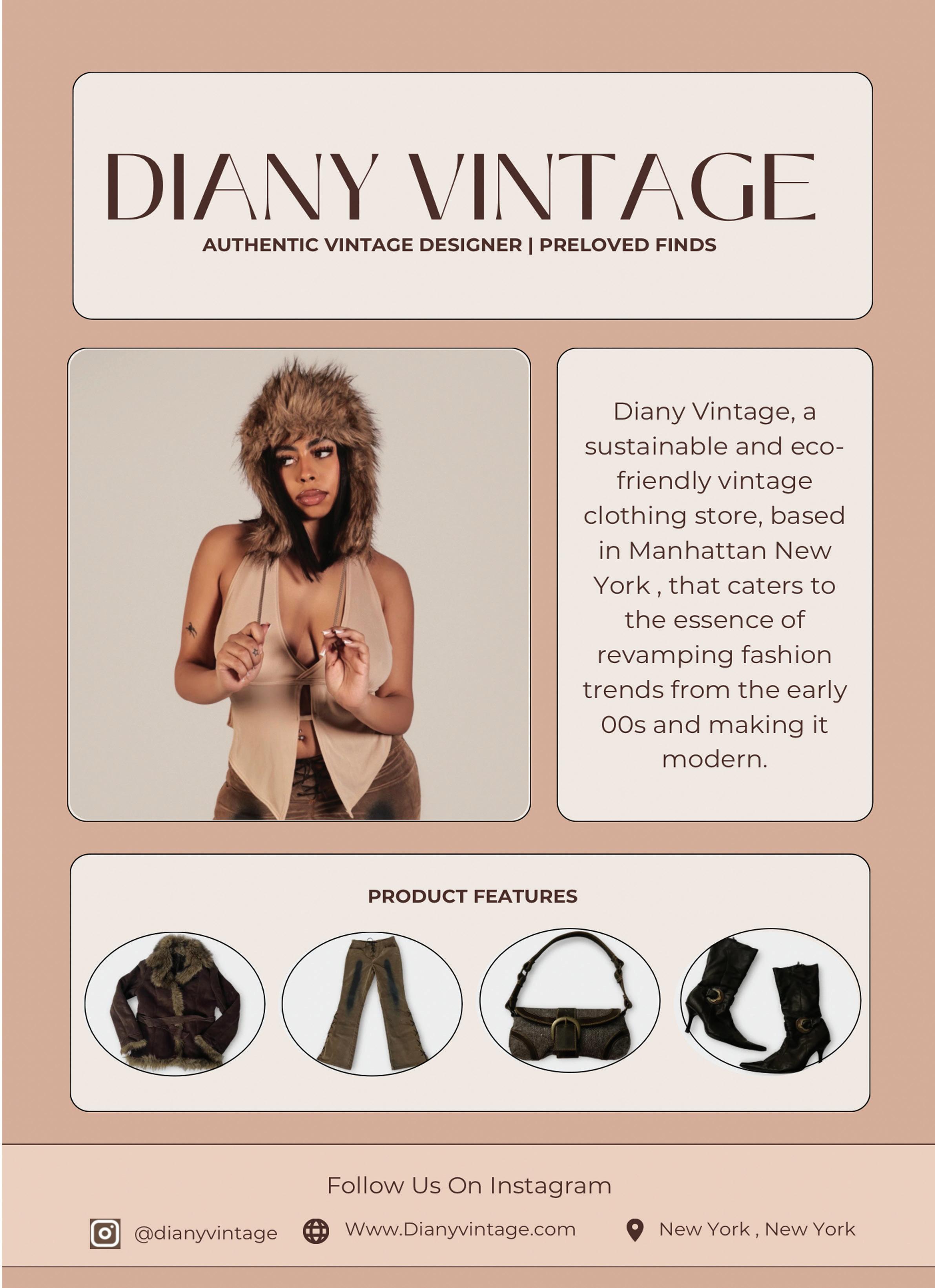
The Lexington Line • s/s 24 • vol 10 • no 2 21
Is Social Media Killing Personal Style?

The Digitally-Induced Decline of Individuality
By Lauren Simone
Inthe past few months, we’ve seen the Mob Wife Aesthetic, the Office Siren, and the Eclectic Grandpa on social media. What could possibly be next?
Social media fashion trends threaten to destroy the last vestiges of unique personal style—users, it seems, get more out of being included in the latest craze than by defining one for themselves.
The technological advances we see in today's world are amazing, but is it crazy to think that, even with the emphasis on individuality, everything we do, we do to fit in? With the constant emergence of new trends and “cores,” how does one find their own personal style?
Everyone is going to have their own take on what constitutes personal style, but half of those takes probably don’t have it.
“Personal style is not following one particular brand or going to the store and having the associate dress you head to toe,” says Banu Reynolds, a former stylist and current professor at Academy of Art University. “It’s mixing and matching brands, taking inspiration from your culture, your environment.”
Most style articles will say it is something you hone and curate over the years; as you learn more about who you are, it will be reflected in your style.
It takes half a second for the social media platform of your choosing to generate what you enter in the search
bar. I am personally guilty of being on Instagram, Pinterest, and TikTok searching for “outfits with balloon skirts” or “how to style _ .” Every outfit we wear doesn’t have to be recognizable, but it also doesn’t have to be some well-kept secret. Social media homogenizes, but it also gives us access to ideas and products that we otherwise would not know existed.
“Social media puts a bigger scope on personal style,” says Ricky Tegarden, owner of the fashion brand Thursday. “Being able to see millions of different styles could push those consuming the content in both directions: becoming less original, or pushing you to try new things and take them to the next level.”
As a fashion brand owner, being aware of these trends is vital to success, Tegarden says.
“Part of the job is being creative enough to participate in different trends—putting my own spin on it and seeing how my audience reacts to what I come up with,” he says.
If the shoe doesn’t fit, don’t wear it. In this context, we can consume trends online without having to participate in them. It is okay to be selective with trends (I don’t see myself skipping on anything plaid) or to find small ways to integrate them into your eternally-developing personal style. Try things that resonate with you and give you confidence, not that match to a T what you see on your phone—that will keep your personal style alive.
“Fashion is a trend. Style lives within a person”
- Oscar De La Renta
The Lexington Line • s/s 24 • vol 10 • no 2 23
Runway

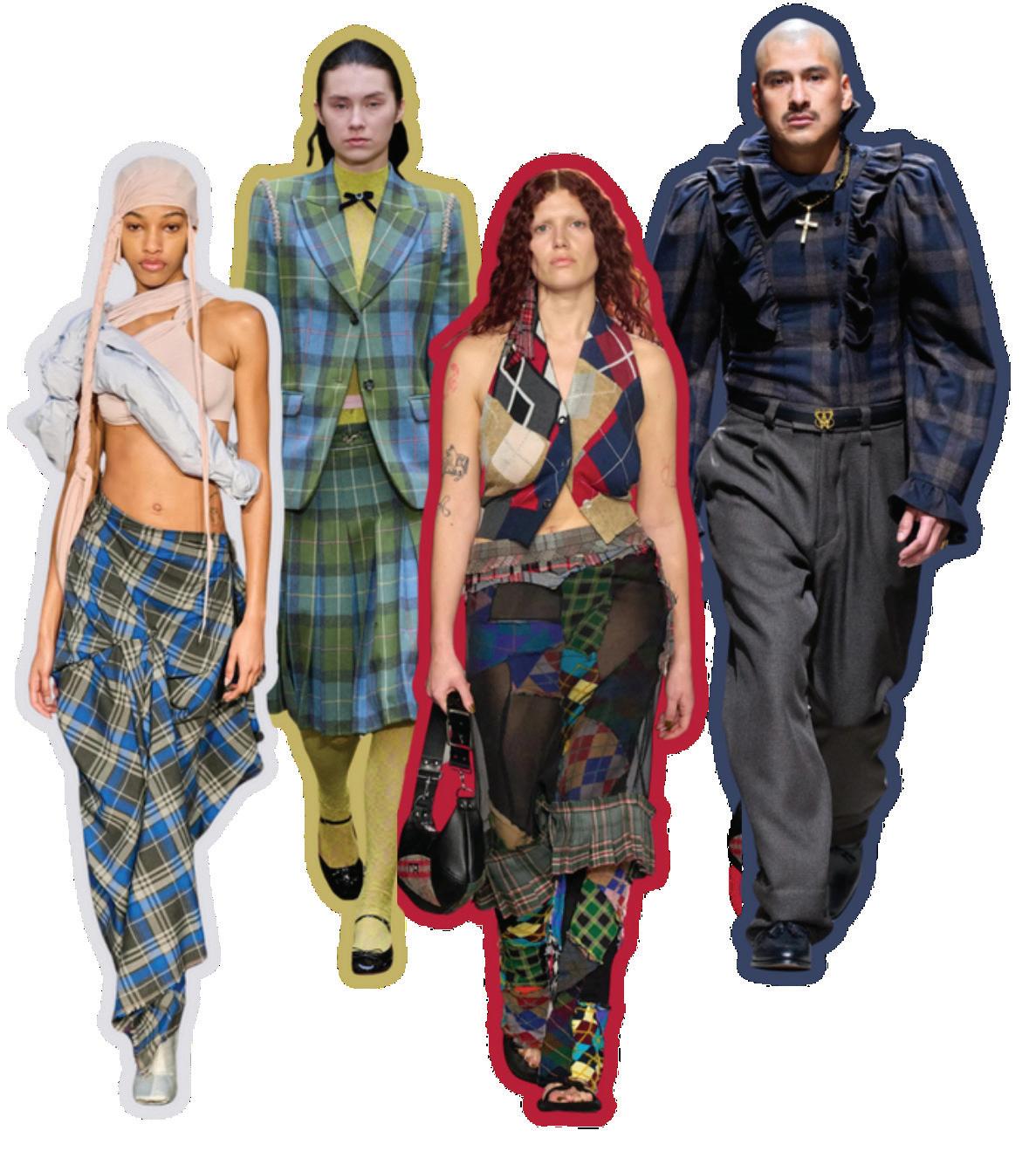
Sheer skirts
Can’t decide if you want your legs covered today? Get yourself a sheer skirt. As seen in runways like Altuzarra, Chloe, Givenchy, and Prada, the sheer skirt has been emphasizing diaphanous spring designs all throughout fashion week. This is the perfect piece for layering as the weather starts to warm up. Givenchy brought a number of sheer pieces to their runway at L’Ecole Militaire, including an understated black sheer skirt with a single purple floral embellishment. 16Arlington took a more extravagant route with sheer pieces covered in shimmering sequin scales. Altuzarra presented a new take on the established underwear-as-outerwear trend with a sheer nude illusion skirt over simple black underwear for a sleek but not-so-subtle look. Whatever your outfit may be, throw a sheer skirt over it for a bit of added drama!
Plaid
Plaid, plaid, and even more plaid! This timeless print isn’t merely a passing trend; it’s undergoing a fascinating transformation in the hands of designers. Take Rave Review, for example, who’s injecting edginess with distressed finishes and raw hems, pushing beyond the confines of the traditional schoolgirl uniform. Meanwhile, Vivetta is captivating audiences by blending textures and prints, layering lace catsuits beneath coordinated plaid ensembles. Sporting these looks ensures you'll stand out.
24 The Lexington Line • s/s 24 • vol 10 • no 2
Micro Shorts
Daisy dukes aren’t just denim anymore. This spring, designers are bringing back super short-shorts, but this time with an elegant twist. Prada paired some high-rise shorts with a belted blazer to create a razor sharp silhouette that emphasizes the waist and legs. GCDS presented a pair of brown leather shorts so tiny they might actually classify as underwear. Gucci gave us a shimmery striped coordinated set with some platform shoes to elongate the legs. It’s time to start getting ready for some warmer weather, so a pair of barely-there shorts makes the perfect addition to your spring and summer wardrobe.
Hypertexture
Runway looks and street style have something in common this season—they can’t hide from hypertexture. This trend appeared in a diverse lineup of textures. Missoni’s A/W ‘24 Women’s Collection used hypertexture through fantastic illustrations, while Valentino chose to emphasize the lines and feel of classic leather. Mugler brought another version of the trend—a vibrant shaggy red coat to get us into the party spirit. Last but not least, Diesel incorporated a wild knit texture onto a fun hooded vest. Whether you’d participate in this trend or not, there’s no denying it promotes coziness, warmth, and of course, some extra glamor.


The Lexington Line • s/s 24 • vol 10 • no 2 25 Report
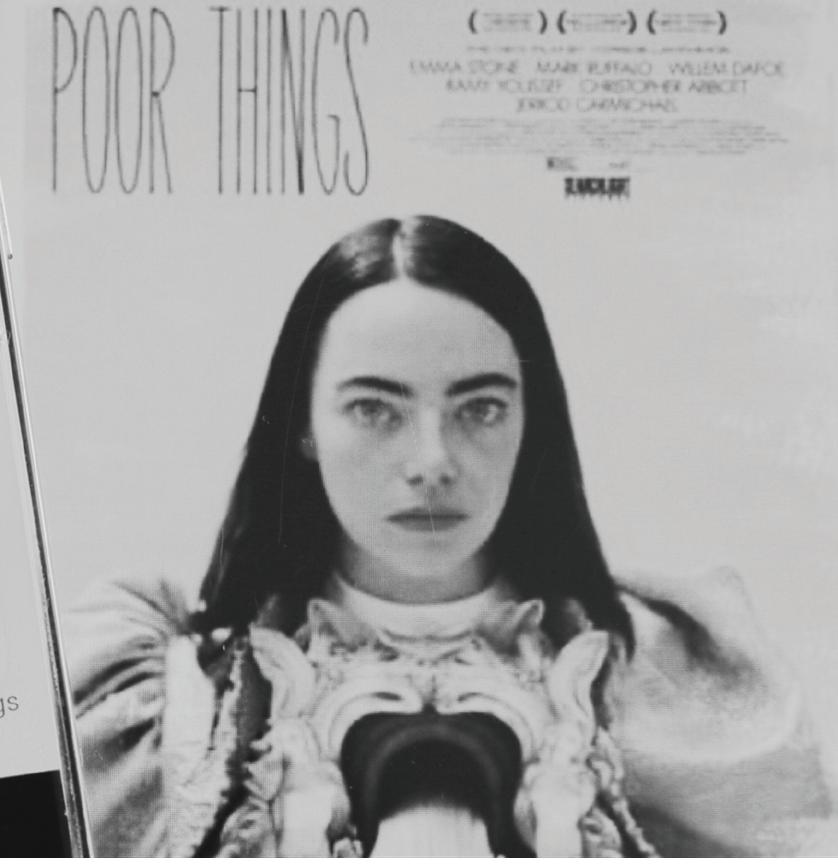



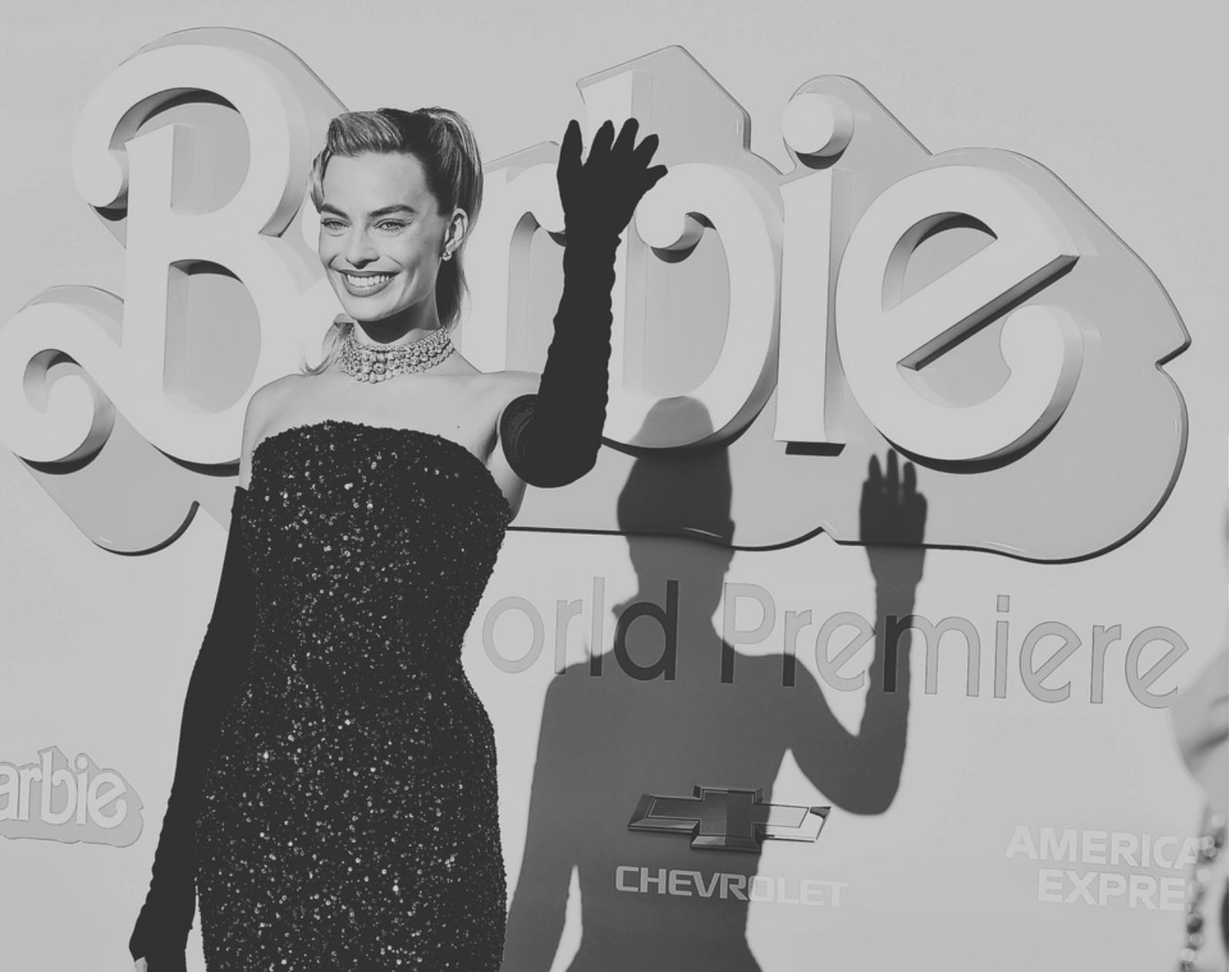





Blockbusters are Back


But are Audiences Missing the Point?




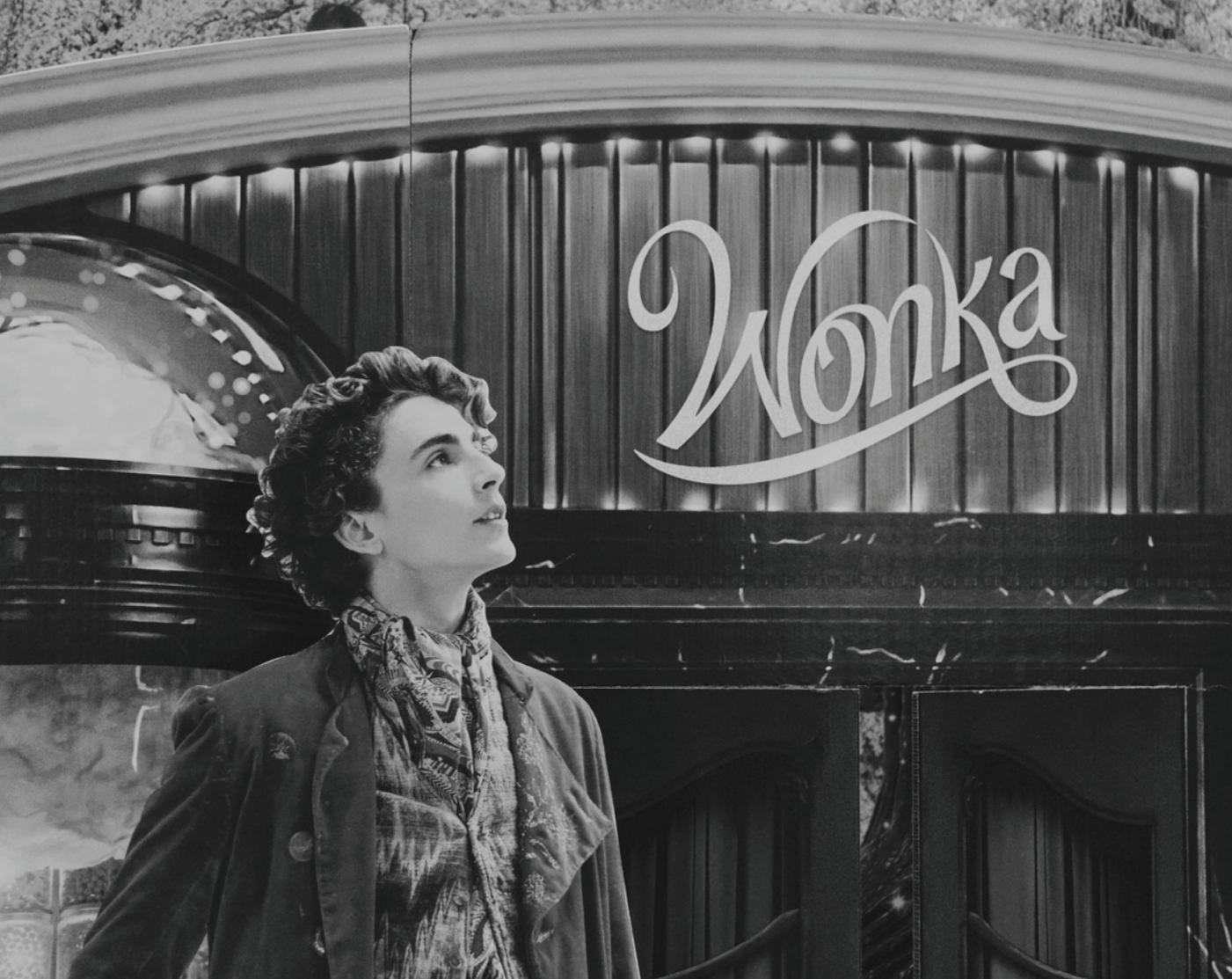
vv
By Tatiana Colmenares
From hot Barbie pink to Jacob Elordi’s bathwater, 2023 marked the revival of big box office films. With them came large audiences and an immense amount of influence. But the magnitude of control films have on our society, if left unchecked, can lead to chaos.
Over the last decade, social media and streaming have had us in a chokehold. Social media is growing, and our social abilities are shrinking: more and more, critical thinking and meaningful conversations are replaced by reiterations of the media we absorb.
When we find ourselves dwelling on our problems, we escape through hobbies and adventures, but more frequently, through media.
As Nicole Kidman describes in her AMC theaters monologue, “Our heroes feel like the best parts of us, and stories feel perfect and powerful.” You feel a connection with the protagonists and even the antagonists when you sit in those theater chairs.
With a crisp Coke and fresh buttery popcorn, you lock in, reclining your seats. And in that moment, you are fully entirely engaged, at peace, and captivated.
Cult followings have grown drastically, and fan video edits are all the rage. Emerald Fennell’s 2023 film, Saltburn, was highlighted on social media platforms, specifically TikTok. A velocity-style edit of Elordi’s character, Flex Catton, featuring Flume’s “Never Be Like You,” garnered more than 75.6 million views. An ensuing Jacob Elordi wave lasted from November to at least February.
The Hunger Games: The Ballad of Songbirds & Snakes had a similar edit blow-up in November—Rihanna’s “Breakin’ Dishes” with another velocity edit of Tom Blyth’s character, Coriolanus Snow. Making him “White Boy of The Month.”
Two films from November of 2023 have influenced millions of young viewers. Yes, video edits can be harmless fun. Still, when our generation refers to things with a certain
“aesthetic,” it spirals into a concerning cycle: the influence of the media is relentless, and some romanticized aesthetics can overwhelm us with their influence.
Addiction, for example, is depicted more and more in film, and there are undoubtedly younger audiences that consume that media. And those younger audiences are influenced by those behaviors.
Priscilla, Sofia Coppola’s 2023 biopic of Priscilla Presley, depicts substance abuse and addiction. Coppola’s work is notorious for exploring the complexities of girlhood and replicating that into set designs and characters. Instead of learning from the problematic aspects of Priscilla’s story, our generation will call it “so coquette” or even “Americana.”
Of course, they are pretty to look at, but we can only sometimes want to live in that world. At what point do we delineate the boundary between reality and fantasy?
However, when you sit in those theater chairs to watch a highly anticipated film, you don’t always see that line between our reality and the film’s fantasy.
The films of 2023 engender that same feeling: the feeling of being in the theaters as a kid with your parents or heading to Blockbuster to pick out the newest releases. It has been the best array of cinema we have seen in a while, but our media saturation makes it hard to properly contextualize these films.
Because of that, there are many aspects of this media that we attach to ourselves. And, unquestionably, the trends that come with them.
Films in recent years have had an enormous significance on fashion, beauty, and lifestyle trends. In July, Greta Gerwig’s Barbie swung in. You saw Margot Robbie’s imitations of vintage Barbie dolls. We all saw the behindthe-scenes photos of the sets and outfits. It was a real-life fantasy.
The Lexington Line • s/s 24 • vol 10 • no 2 27
Barbie targeted both children as well as adults who are trying to heal their inner child. It was phenomenon that had some positive effects: serious exploration of the unreasonable expectation society places on women.
But for months leading up to the film and after, the concept of the live-action Barbie movie was incorporated into creative trends and aesthetics. A new term, “Barbiecore,” was created after the trends rose. There were millions of videos surfacing throughout all social platforms of different trends for fans.
Clothing looks varied from monochromatic Barbie hot pink to stylish silhouettes that give you the Barbie doll feel.
Full of influential trends of femininity and womanhood, the Barbie film struck an entirely new fanbase. If you look up “Barbie aesthetic” on Pinterest, you will see blonde bombshells at the beach or very dainty aesthetics of the 2000s Barbie movies, embracing the magic that was infused throughout each of the films.
If you look up “Saltburn aesthetic” on Pinterest, you will see dark academia visuals intertwined with the drug use in the film, the power, the money, and most of all the status. While also finding images that highlight the UK party scene.
Barbie is a little more harmless than the themes shown in Saltburn. The film reached many new audiences, including an undoubtedly younger audience. Because of these themes, more impressionable audiences will want that lifestyle or to be more like that character.
In our society, we give the media so much power. As it progresses, younger and younger individuals will be surrounded by it. With that, the romanticization of films now will and can affect all kinds of audiences’ mental and physical health.
Moving back to The Hunger Games: The Ballad of Songbirds & Snakes. We all know the infamous Katniss Everdeen, the Mockingjay. The first four films of this franchise affected
an entirely new generation. An even larger fanbase, fans sharing love for dystopian style media.
The new prequel is filled with many beautiful songs, cinematography, and characters. But as said before, the romanticization of villains in film has exceeded drastically to the point where you can’t see the line between reality and fantasy.
Altering our appearances, personalities, likes, and dislikes based on a film, or a specific character will never benefit you in the way you want.
Films are often lessons to be had or different experiences, but never to be taken literally. There is no issue in relating in character, but there can be a long-lasting effect if you try to turn yourself into someone you are not.
Media is captivating; it is not all bad. But with everything, there are always negatives. We use it now as an escape from our lives instead of entertainment. But it has also made us feel an immense amount of joy.
Living life hiding between aesthetics and glamorizing your life to where you believe it is a movie or a song is the lesson to be taught. These narratives reflect aspects of our society that are often glorified.
Having young audiences exposed to content that is not directed at them can shape their perceptions and experiences. It is what we need to stray away from, live your life from your perspective.
Grasping the ability to identify what fantasy is -and what reality is, and to really see the film as art or inspiration, is really the whole point.
Rather than romanticizing what we see on screen, it's important to attempt to absorb the valuable lessons you learn from films and integrate those into your own life. At the end of the day, it is your life, and the lessons learned from films should aid you through your own personal journey—not make you escape from it.
28 The Lexington Line • s/s 24 • vol 10 • no 2

The Lexington Line • s/s 24 • vol 10 • no 2 29

Daily Oil-Free Facial Moisturizer + SPF 35 $15
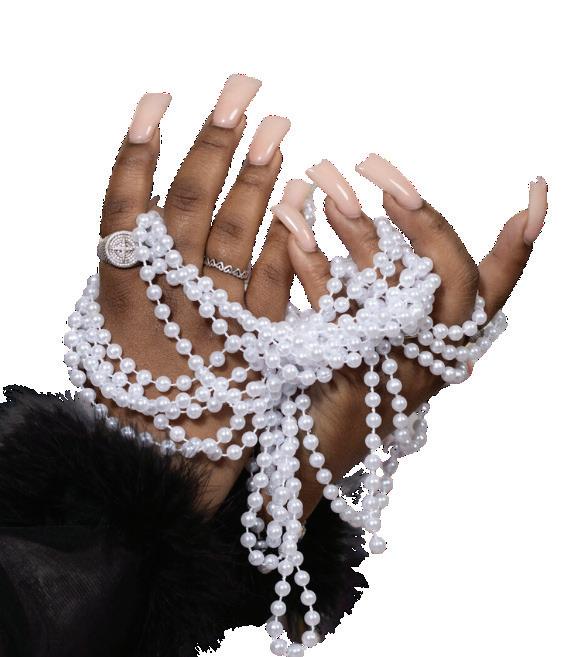

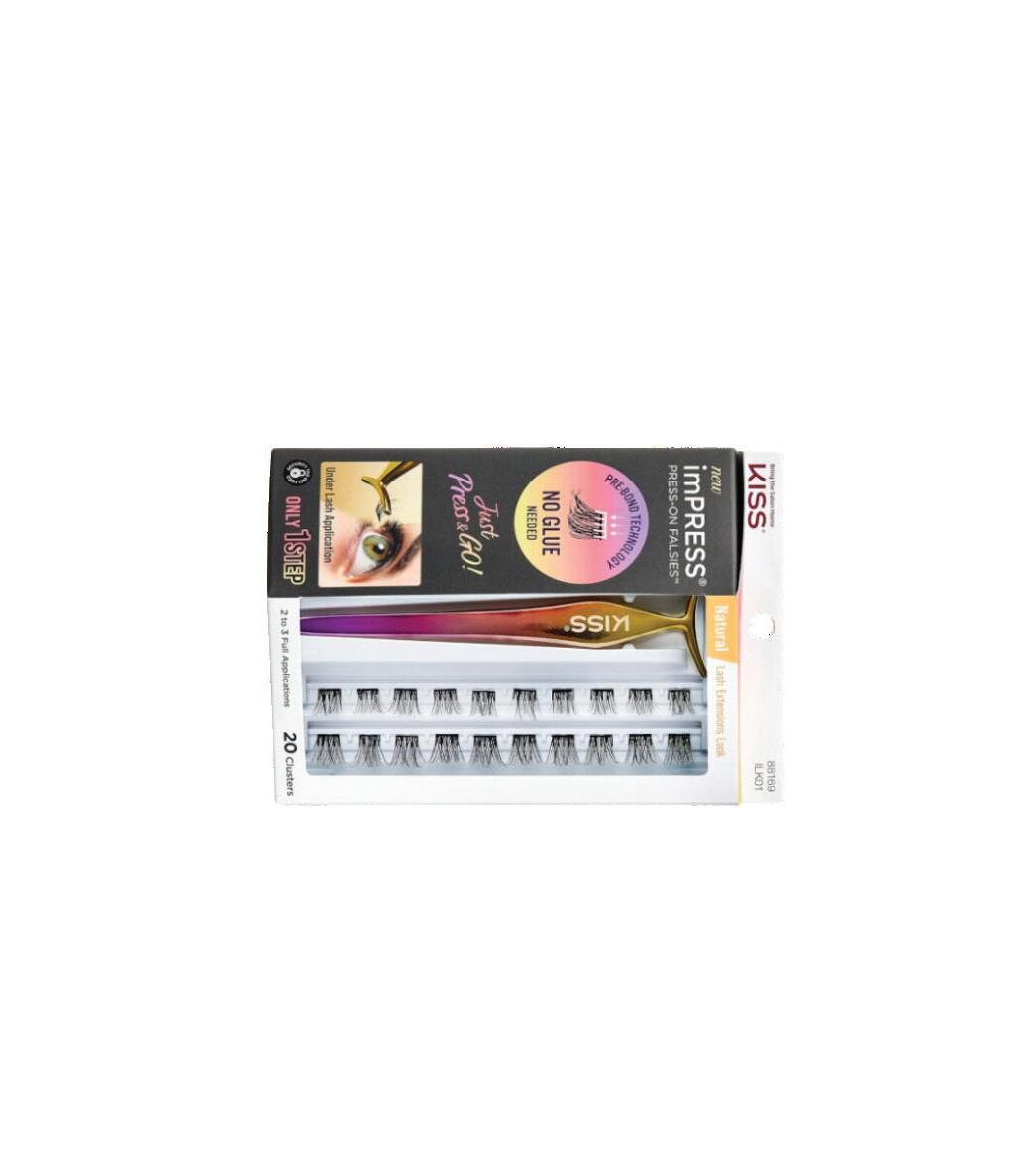
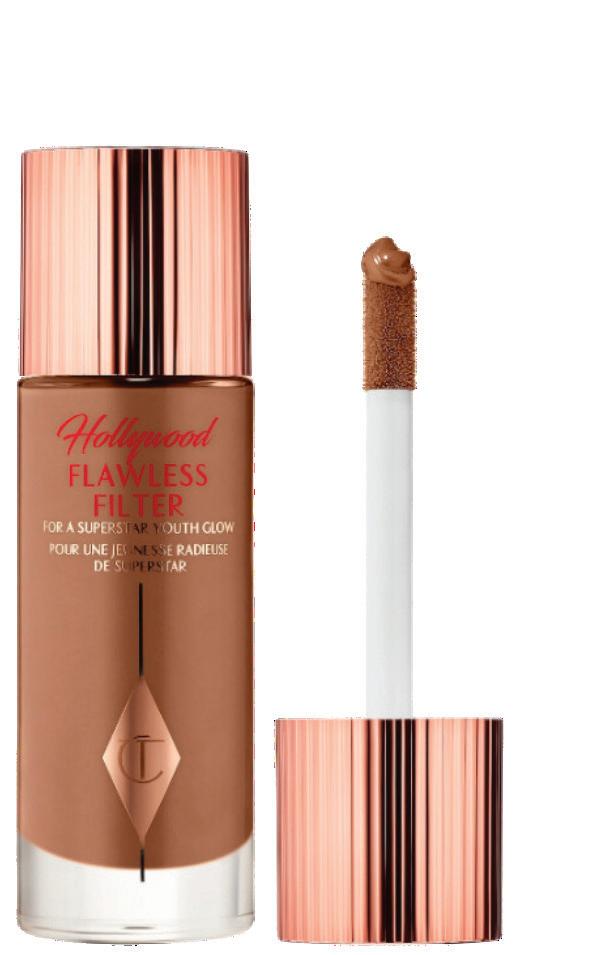
BRIOGEO Don’t despair, Repair! Deep Conditioning Hair Mask $39 KISS imPRESS Falsies False Eyelashes $17
CHARLOTTE TILBURY Hollywood Flawless Filter Foundation $50 CETAPHIL



MAKEUP BY MARIO
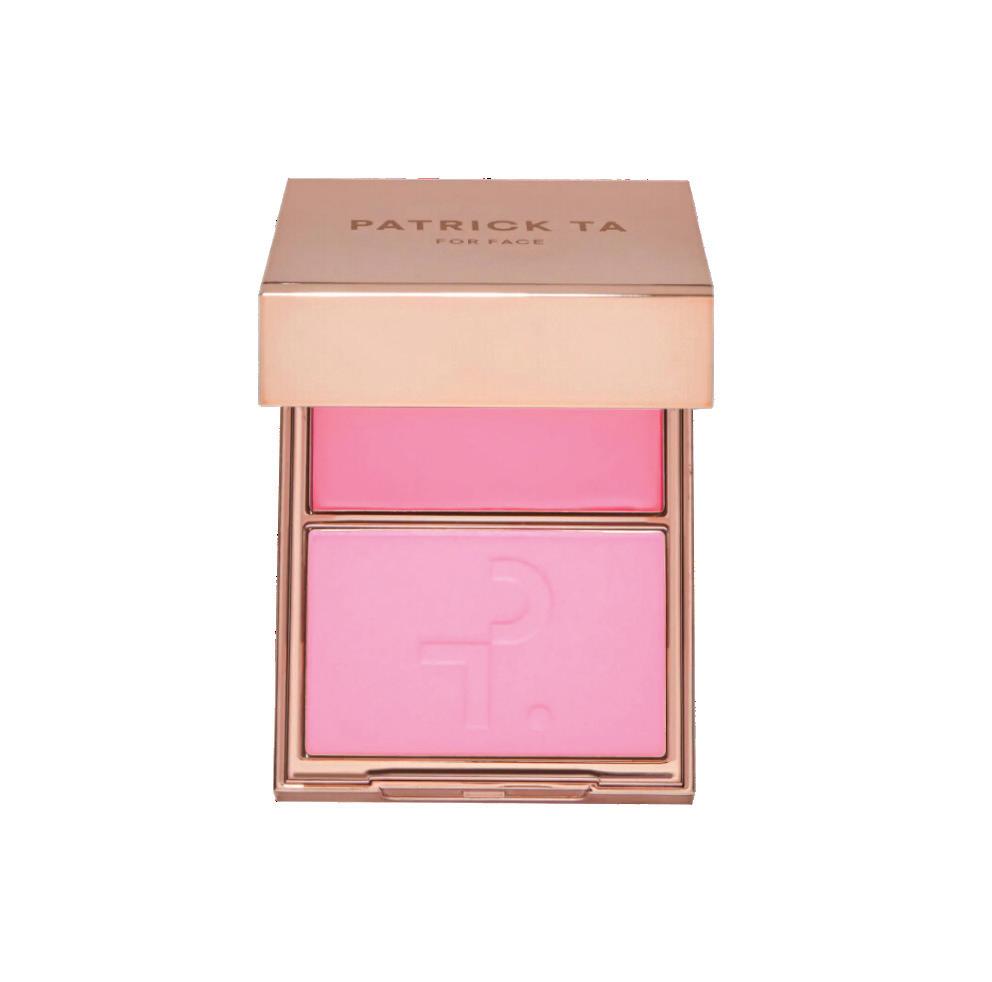
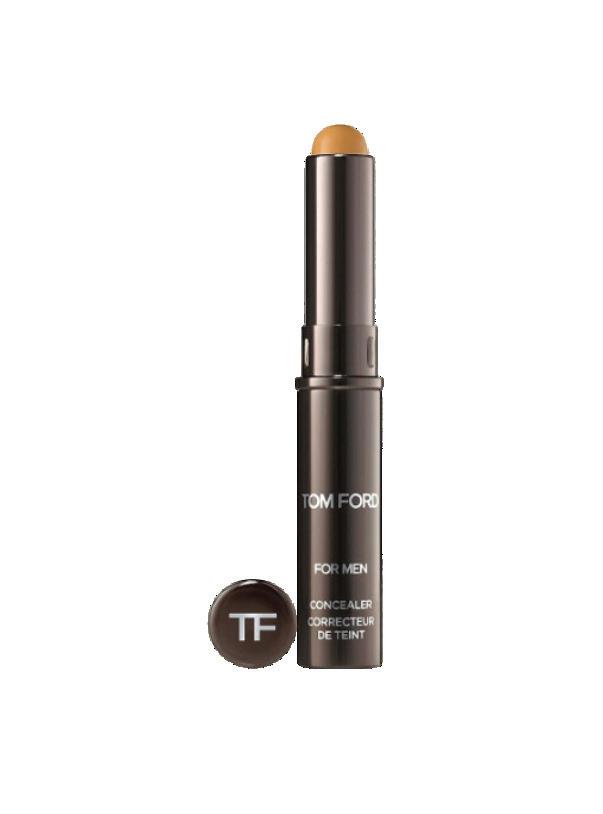

PATRICK TA
Major Headlines Double-Take
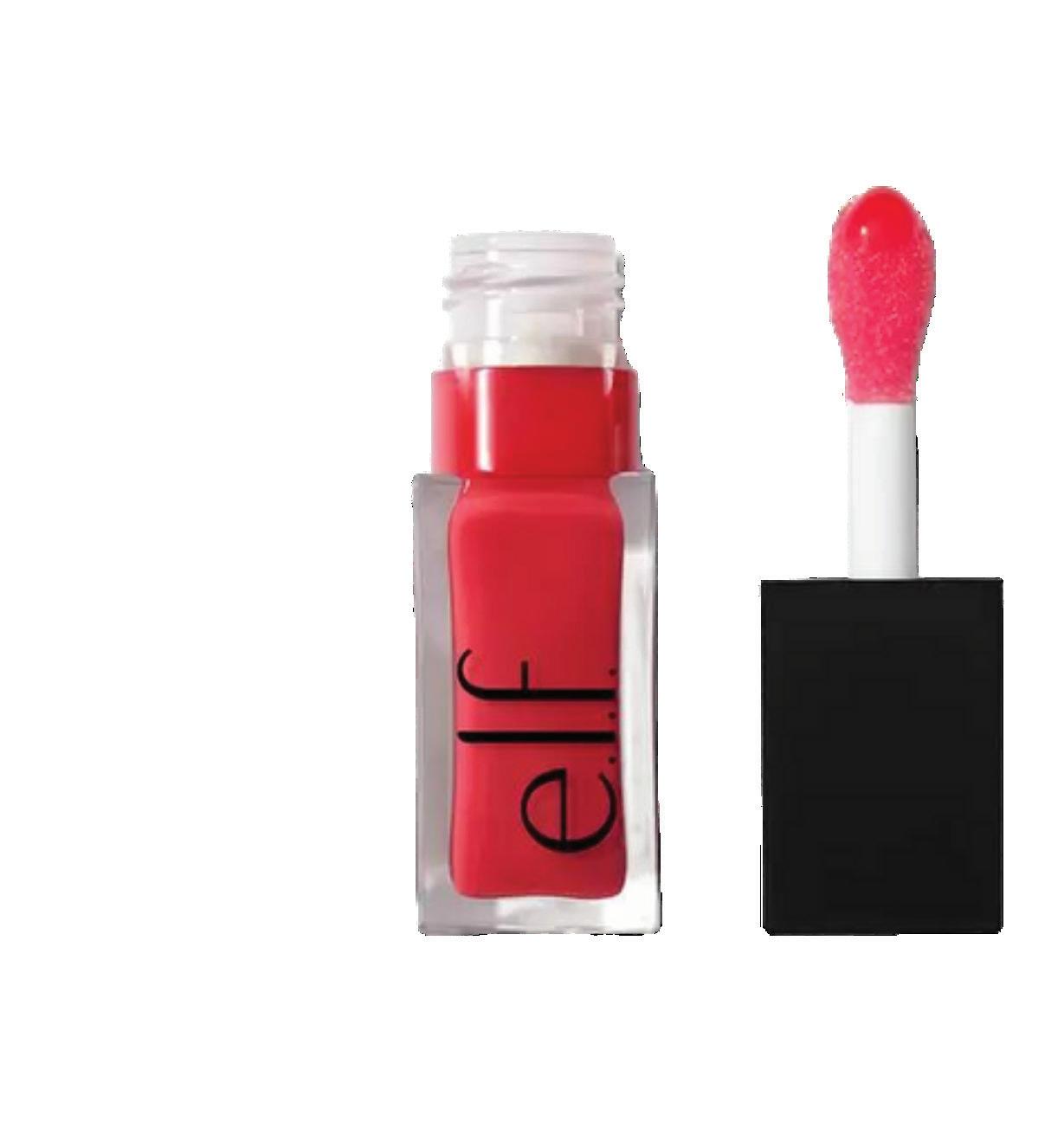

Crème & Powder Blush Duo $38
Master Mattes Eyeshadow Palette $50
TOM FORD FOR MEN Concealer $47
E.L.F. Glow Reviver Lip Oil $8
THE NOT-SO-DEAD POETS SOCIETY
A New Generation Carries on the Legacy of New York City's Poetry Scene
By Elara Montana
When was the last time you wrote a poem? How about the last time you read a collection of poetry or attended a reading?
Poetry is considered the world’s longest standing form of literature, and yet, there have been endless claims of the art form dying as society has progressed. With the rise of technology and social media, the way in which the population consumes media has vastly shifted, favoring entertainment over substance.

Even today, a majority of what our society consumes is heavily reliant on quick hits of dopamine and tapping into the latest internet trend With everyone so focused on finding the next best thing, it's natural for more traditional forms of media to get pushed to the back burner.
However, tucked in between New York City’s bustling streets and flashing lights holds a lively community of young poets who seek to share their voices.

Hunter Hodkinson
I can no longer separate writing meant to be read versus writing meant to be kept forever in a drawer, too personal and sensitive to ever see the light of day.
-Hunter Hodkinson
“I started writing for a boy in Junior High, Taylor Jackson—like Percy Jackson but somehow gayer,” says Hunter Hodkinson, a 22-year-old poet recalling their first introduction to writing and poetry. “He was showing off his most recent Wattpad story, and I thought that if I wrote my own Wattpad story, one better than his, that maybe he would love me back.”
From a small rural town in Northeast Ohio, Hodkinson found themselves drawn to writing and quickly gained a passion for poetry thanks to a homoerotic pre-teen crush. As they began to explore the literary form and find their voice, Hodkinson found that their surroundings limited them creatively.
“Where I'm from, most people never move out of the county and that’s encouraged,” they explain. “There were virtually no poetry events for a fifty mile radius, so it was hard to find any community at all.”
These limitations sparked fantasies of moving to a place made by and for artists: New York City. Though the prospect of moving seemed far out of reach, they never gave up hope and sought to make that dream a reality.
“I knew two things as high school was coming to a close,” they say. “One, I wanted to be a writer, and two, I wanted change— the complete and utter opposite of dying strip malls and cornfields.”
With only $500 in savings, they scoured roommate forums, eventually stumbling upon a listing by an “eccentric Austrian artist.” Giving him every last penny they saved, they managed to do what most said they couldn’t and set off for the Big City.
While Hodkinson finally made it to New York, it took them nearly four years to actually enter the city’s poetry scene.
“Before finding community, I was writing for me and for me alone. I had rejected academia completely,” they explain.
Still searching for that sense of community they longed for, Hodkinson took a chance and applied to intern at Brooklyn
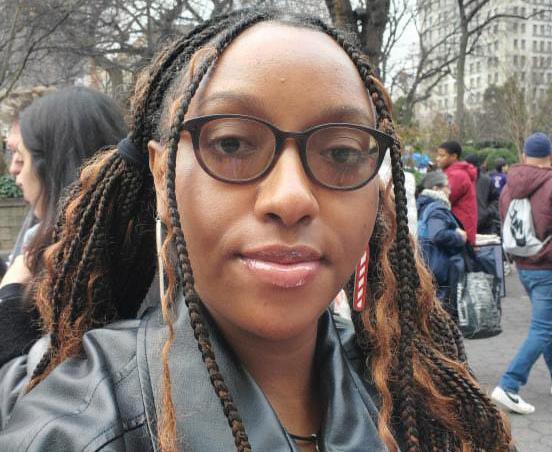
We are Poets
We are the farmers of words
The lyrical painters of landscapes
Relishing in frontiers they left behind. We make the most mistakes.
-Jada Gordon
Poets, a XYZ. After being accepted, the young poet was whisked away into one of New York’s most interconnected poetry associations.
Starting as an intern and working their way up to Events Assistant, Hodkinson quickly caught their bearings and gained footing within the space. While they continued to engage with the lively inperson scene, they noted how social media has changed the way in which the community interacts with one another.
“I kinda hate it, but Instagram is a vital tool to stay relevant in the community. Unless you’re one of the old timers whose presence pre-dates the 2000s, it's really the
Jada Gordon
“I’ve been writing since the age of eight,” says 28-year-old poet and Native New Yorker Jada Gordon. “I didn’t fit into the world I existed in and used writing as an outlet. It was kind of punk to me. I felt a connection to that energy.”
Growing up in a small neighborhood in the South Bronx, Gordon developed a deep passion for writing that led her to pursue an English Literature degree at Borough of Manhattan Community College (BMCC). There, she joined the school’s Writer’s Guild, getting her first
only way to stay in the loop,” they admit. “The poetry community lives above us in the clouds and in our phones now. I post a video of me reading every three months to show everyone I’m still active and involved.”
Though they say the journey ahead is long— with garnering book deals and taking their work mainstream—Hodkinson expresses how connecting with other poets and having their voice be heard has allowed them to step into the person they’ve wished to become.
“The poetry community is alive and has given me a purpose, an audience, and a set of eyes that see the world in an unparalleled way,” they say.

taste of the literary world—and found mentorship with one of her professors.
“My mentor and professor, Jason Schneiderman, was already a co-host at the KGB Bar Monday Poetry Series when I first started working with him,” she explains. “When I expressed a desire to immerse myself in the poetry scene, he asked me if I was interested in promoting the reading series.”
First joining the team as a social media intern in 2018, she was able to develop her identity as
a poet within the bar’s crimson walls, eventually going on to co-host and co-curate the series in 2020.
Having been immersed in the space for over five years, Gordon found that, in her journey, a huge part of finding your identity as a poet in the city comes from community.
“Writing is a very solitary practice, so when you get to read with folks in person, it’s an

energy everyone should experience,” she explains. “The poetry scene, like many facets of life, is adapting to a changing world. Whether it’s online or in person, the spaces are out there, you just have to look. Or create it for yourself.”
This adaptability— and particularly the emergence of social media—is one that Gordon believes can actually help to evolve the poetry space, and bring it into the mainstream

Don't cry, Young Writer, This story makes us love you more than ever.
-Jason Schneiderman
“NYC has a million different poetry microclimates. You find the place where you feel most at home,” says Jason Schneiderman, an American poet and professor at Borough of Manhattan Community College.
Jason Schneiderman has spent the last 25 immersed in the New York poetry scene, having taken part in seemingly every aspect of the community. First entering the space during his time at NYU, he honed his craft and eventually went on to publish
through accessibility and exposure.
“A lot of people may not have access to writing communities where they can share their work,” she explains. “There are so many voices that deserve to be heard and might’ve been shut out due to gatekeeping, racism, sexism, etc. and social media breaks down those walls so beautifully.”
She urges any individuals who may feel like poetry is a dying art to go out and
five poetry books and founding various poetry series throughout the city.
Having been part of the community for over two decades, he’s had the opportunity to watch as the age of social media slowly seeped into the community and effectively changed the landscape.
“It’s made poets more accessible. Conferences like Bread Loaf or Sewanee used to be key to developing a network and community of writers, but now you can do it through social media as well,” he says. “I wouldn’t be on social media at all if it weren’t the way that people know about my readings and publications.”
When he wasn’t reading and writing, Schneiderman spent his time teaching young writers looking to make
experience what it means to be in the space.
“The poetry scene is not dying. The places where we share our work publically hasn’t dwindled, but more so changed. We can share work on social media which can be powerful and helpful. However, having a space to perform and let those words sit with an audience in real time is a different beast that everyone should experience at one point in their life,” she says.
their own splash in the scene.
“I think the kids are fine when it comes to poetry,” he says. “I don’t have the stamina for open mics any more, but there are a ton of well attended open mics, and the MFA programs are still full of aspiring poets who are coordinating readings and getting themselves out there.”
Though Schneiderman has no worries for the future of his beloved community, he has some advice for poets looking to enter the NYC scene.
“Keep showing up and you’ll figure it out. Go to the places where you feel at home; write into the spaces where you feel out of step; cultivate friendships with writers— but only if you like them AND you like their poetry,” he says.
Jason Schneiderman
My wings can only carry so much
By Elara Montana
I've always loved to fly. Even when I could only hover inches off the ground, The lift of flight teased me and challenged how high I wanted to go.
Well now my wings are done molting and my wingspan no longer keeps me close to the ground. Its muscular brilliance and glistening white feathers hold no bounds, only needing a single flap to take flight.
When I met you I was sure that they could handle the extra weight. I'm driven, after all.
Why couldn’t I bring you to the stars with me?
Flap, Flap, Flap
As we make our ascent my wings twitch, trying to adjust to the extra load I've burdened on them. Our wrists lock together, swearing our grip is enough to keep us connected.
Flap, Flap, Flap
You keep squirming around as my wings thrust to keep moving upward.
Why can’t you just fly on your own?
I thought.
Maybe if I kept flying you too will sprout wings, and soar like I know you could.
Maybe if I willed it hard enough your wings will materials and we can fly hand in hand instead of grip to grip.
Flap, Flap, Flap
I keep flapping but my feathers are starting to fall and my muscles are beginning to splinter from the weight.
If I don’t make a move I fear we both may fall just as we rose. But I've read the stories of Icarus and refuse to fall magnificently as he had done.
After all, women don't fall the same.
Flap, Flap
Our grip is getting weaker now. I feel your muscles relax as mine further strain to makeup for your neglect.
Flap, Flap
My wings won’t take much more of this its ruffled tips bleed and scream for release.
I may have to choose between you and the sky but the sun’s so close and I can see the stars.
If we reach them then I’m sure your wings will sprout and mine will no longer feel this pain.
Flap, Flap
My wings are weeping but just one more push will set us in the stars.
Flap.
As we reached orion your back began to morph and sprout its own brilliant pair of wings just as my own.
Except mine don't look like that now. They're bloodied and featherless and shattered from the strain. The absence of your weight causing them to crumble.
I'm falling now I look up at you weaving through the clouds, content to let me fall.
My wings can’t carry anything anymore.
As I fall closer to the ground I can do nothing but wrap myself up in those once beautiful wings and wish I had chosen the sky.
The Lexington Line • s/s 24 • vol 10 • no 2 35
The Transforma T ive r ole of Technology in s occer


The Premier League in England is the mostwatched sports league on earth, and slowly but surely, Americans seem to be getting on board. Soccer is a fast-growing sport in the United States, with its popularity increasing even more after the Women's World Cup in Australia and New Zealand last year. The announcement that the 2026 Men's World Cup will be held in North America has further boosted the sport's appeal.
New to the party? It’s worth being up to date on the ways modern technology has emerged as a driving force behind the transformation of soccer as we know it. Two developments in particular you want to know about are Video Assisted Referee (VAR) and wearable technology.
Video Assistant Referee (VAR)
One of the most significant advancements in recent soccer history has been the implementation of Video Assistant Referee (VAR) technology.
According to the International Football Association Board, the Video Assistant Referee is a match official with independent access to match footage who may assist the referee in the event of a “clear and obvious error” or “serious missed incident.”
VAR has both supporters and detractors among fans, players, and managers.
Ange Postecoglou, the manager of Tottenham Hotspur in the Premier League, thinks the new process causes too many delays and interrupts the rhythm of the game.
“I don’t like the standing around,” Postecoglo said last year, according to Sky Sports. “In my 26 years, I was always prepared to accept the referee’s decision, good, bad, or otherwise, and I’ve had some shockers in my way as well, but I’d cop that because I just wanted the game to be played.”
Unai Emery, Aston Villa's Manager, thinks otherwise.
“For me it’s very clear. It’s VAR—it says if something is good or not good and that action is clear,” Emery told beIn Sports in 2019.
According to FIFA, in the 2018 Men’s World Cup, refereeing decisions were 95.6% accurate when VAR was not used and 99.35% accurate when it was.
Another study of 13 men’s national leagues revealed that referee decision accuracy went from 92.1 to 98.3% when VAR was used.
However, the system is not flawless.
According to Sky Sports, there were 20 VAR errors during the 2023/24 season as of February 8th. The Premier League says 17 of those were a failure of VAR to intervene when the panel felt it should have.
The Lexington Line • s/s 24 • vol 10 • no 2 37
“Significant human error” led to a factual mistake during a match between Liverpool and Tottenham last fall: Luis Diaz’s goal for Liverpool was disallowed when on-field officials flagged him offside. Video evidence showed that he was not offside, but the VAR failed to intervene, and Liverpool wound us losing 2-1.
“It’s worth reminding ourselves that, though the VAR can feel overbearing and disruptive to the general flow of the game,” The Athletic wrote at the time, “and that there are plenty of us who remember what it was like when referees just got things wrong and we all had to be adults and deal with it, the scope of the official is pretty limited.”
However, fewer mistakes have occurred this Premier League season (2023/24) compared to last season (2022/23). Some teams seem to benefit more than others, which can be frustrating for fans, but the system appears to be improving and is likely here to stay.
Wearable Performance Tracking Systems
Wearable devices come equipped with sensors and tracking capabilities that provide coaches and players with valuable data on players' physical metrics, such as heart rate, distance covered, and acceleration.
This data helps coaches tailor training regimens to individual players' needs and minimize the risk of injuries, ultimately improving player performance and enhancing
the overall quality of the game. PlayerMaker, STATSports Apex GPS Tracker, and Catapult PLAYR GPS Tracker are some of the main devices that athletes use.
“The Playmaker helped me a lot due to my career as a soccer player,” says Clarissa Reyes, who has played soccer for 15 years. Reyes. “When I’d play without the device, I wouldn’t be sure how bad of a player I was that day.”
Reyes says the device tracked her movement, recording how many times she’d touch the ball and make plays.
“This device helped me improve in areas that I wasn't aware that I needed improvement in,” she says.
According to The Athletic, modern professional soccer “is worlds apart from the amateur game, most notably due to the detail with which players’ performance is objectively monitored—from the volume of passes made to the blades of grass covered.”
These devices aren’t just useful for long-term player development either.
“It is one thing having a wealth of data logged for each player, but the real benefit of the technology is its ability to generate instant, actionable insight to a mobile device.”
It’s an exciting time to be a soccer fan, so if you’re even a little curious, give it a shot—and keep with how the game keeps evolving.
38 The Lexington Line • s/s 24 • vol 10 • no 2


The Lexington Line • s/s 24 • vol 10 • no 2 39 emma.defelice99@gmail.com 203-745-9565
CERTIFIED FREELANCE MAKEUP ARTIST
scan for instagram
40 The Lexington Line • s/s 24 • vol 10 • no 2
IN THE ROOM
Navigating the Complexities of Interracial Relationships
By Lauren Smelker
It would be easier to ignore the fact that my boyfriend is Black. It would be easier to simply go on dates and fall in love without the notion of race and worries about how others will treat us.
Unfortunately, that’s not how the world works. Dating outside of one’s race isn’t taboo anymore, but it’s for sure questioned. In 2017, only 39% of all American adults agreed that the growing number of interracial marriages is a good thing for the country, according to the Pew Research Center.
But Blair Miller and Steven Eleazer don’t listen to those who disapprove of their marriage when they post on TikTok. Blair and Steven, a TikTok influencer couple with a following of 1.1 million, got married on March 23rd, 2023, after dating for five years.
“I don’t think people actually try to discuss it much at all. It’s sort of one of those things that people see and already have a firm opinion about from the jump without needing to know the two individuals,” says Steven, a 31-year-old Black entrepreneur. “They see something they think doesn’t mix and automatically disapprove of it.”
Yael Bat-Shimon and Dr. Paula M. Smith are a gay interracial couple who have been married for 16 years. In 2011, they co-founded Imago Relationships Providence. Through their work as a couple conducting interracial couples therapy, they model honesty and accountability for their clients to teach them to stop hiding from the difficulties of race and their relationship issues.
“It's a risk to be able to speak your truth authentically. It's also a risk to hear a truth that you disagree with,” Paula says. “But you must listen long enough to hear the validity of that truth for another person.”
But listening doesn’t always happen in a society where forming and spreading stereotypes is the norm.
“There is a huge stereotype that exists specifically with white women and Black men on social media, and I really wanted to be a couple who defied that,” explains Blair, a white 26-year-old pediatric critical care nurse. “I didn’t want people to see us, roll their eyes, and say, ‘Here we go, yet another interracial couple.’”
But they rarely ever focus their content on the fact that they are an interracial couple, Steven says.
“I personally have never wanted to be on that side of social media where I’m setting people up to just talk about race in the comments nonstop,” he adds. “I’d rather them talk about our connection and how seeing that makes them feel about their significant other or the significant other they want to have.”
Blair and Steven set a prime example of a loving newlywed couple who laugh together and support one another on social media. Their content never focuses on the fact that they’re an interracial couple; instead, they set standards for what it means to be committed to each other, regardless of race.
“Interracial Black and white couples are at the forefront of learning something very profound about how you cross the bridge into the other person's world,” Yael claims. “They’re learning to truly see their partner and make space for the magnificent human being that they are.”
However, my boyfriend and I—and our friends
Aniyah and Andrew, also an interracial couple— are far from marriage at the moment. That leaves learning how to navigate dating outside of our communities on top of working out the usual relationship quirks.
Aniyah, a 20-year-old Black woman, says her parents were accepting when she first brought home Andrew, her 20-year-old Latino boyfriend of five years.
“I live with my dad and my mom is in Florida, and they were very supportive,” Aniyah explains. “But there have always been jokes and banter that I’m ‘whitewashed,’ so it wasn’t surprising that I came home with Andrew.”
Tanya Mitra is a certified couples coach and founder of The Remixed Relationship, which provides culturally-sensitive training for couples in interracial relationships. She explains how stereotypes impact couples and can complicate a relationship.
“If it’s not directly through internal biases within one or both partners, then it's usually present in the extended family, and ends up impacting the couple,” Tanya explains.
42 The Lexington Line • s/s 24 • vol 10 • no 2
In Andrew’s case, his mom didn’t react in any overt way.
“There was definitely a vibe from when Aniyah first came over because they expected me to come home with a Hispanic since I’m Hispanic, but they don't have a problem with our relationship,” he says.
But his dad still hasn’t met Aniyah.
much of it,” he tells me. “They don't care who I date. It's just a matter of if this person will push me for the better and make me happy.”
But it was another story with Jeremy’s mother.
I’ve never met Jeremy’s mother in person and have only spoken to her once. But following a short introduction on FaceTime, his mother promptly asked if I understood that it doesn’t matter that I’m
There is a huge stereotype that exists specifically with white women and Black men on social media, and I really wanted to be a couple who defied that.
“Even after five years, we’re kind of avoiding it, since we’re not sure how he’ll react,” Andrew says.
“Often, it's not enough for just one partner to educate themselves on the diverse experiences of privilege and oppression. It's equally crucial for their close family members, friends, and social circles to undergo education as well,” explains Esra Nihan Bridge, a Licensed Marriage and Family Therapist who focuses on interracial couples counseling. “This broader understanding fosters sensitivity towards each other's perspectives, minimizing the risk of unintentionally hurtful remarks, even if they were never intended to cause harm.”
My family didn’t even bat an eye when I told them I was dating Jeremy and sent them a picture of us together. As long as I was happy and safe, that was all that mattered. But it also helped that my mom had sat me down in high school and made it clear that whoever I brought home would be welcomed. The majority of West Michigan is populated with white conservatives, so for a 16-year-old, that conversation spoke volumes.
Jeremy, a 24-year-old Black man, has a slightly more complicated family situation.
“My parents are divorced, and I live with my dad and stepmom. So, when I first told them, they didn't think
a woman, because on the street, people are going to target him first since he's Black. She asked if I understood the power of my skin color and the power of my privilege.
I also recognize how protective Jeremy’s mother is. With her life experiences, which Jeremy has hinted at, it makes complete sense that she would want her children to be with others who know and have had similar experiences. But his mother spoke as a reminder that our situation is more complex than we would like it to be.
I’ve heard stereotypes about how white women whitewash African American lineage when they have mixed children. Supposedly, those women overstep a boundary and take away the historical significance of their ancestors. It’s made me hesitate in my relationship and reflect on our future because I don’t want to overstep or take away anyone’s power.
“The silence of whiteness holds power. Everything around us is constructed to measure up to this white standard that no one ever really acknowledges until they get into a relationship with a conscious Black person,” says Dr. Paula. “So, of course, that creates a lot of stress on interracial couples, because there's no language for them to talk about it.”
Societal prejudices about interracial relationships
The Lexington Line • s/s 24 • vol 10 • no 2 43
create stereotypes based on microaggressions between partners about the stress of their racial differences.
But fetishization seems to be the most common stereotype out there: that either white men fetishize Black women or white women fetishize Black men, calling it jungle fever.
“It’s a fine line between preference and fetishes when seeking partners outside your race,” Aniyah says.
“Growing up in New York, since Andrew and I met in high school, there were more people of color than there were white people,” Aniyah recalls. “But if you weren’t Black, you were Mexican or Latino. So it wasn’t that it was hard to talk about, it just wasn’t common to date outside your culture or race.”
more perspectives. Talking about biracial couples isn’t necessarily difficult, but once you’re in one, the subject tends to be the elephant no one outside of the relationship wants to address.
Nevertheless, there’s ultimate beauty in stepping into someone else’s world and learning why they are who they are, Steven says.
“Partners must engage in open and empathetic conversations about the challenges their significant other has faced due to their race, and how those experiences have impacted them emotionally,” Esra explains.
In 2019, nearly one in five American newlyweds were in an interracial marriage, according to the Pew Research Center. It’s possible that as these numbers grow, the need for cultural acceptance will diminish.
I do understand where that was coming from and what she meant by it, but the way people approach things also matters.
There were probably ten Black kids in my West Michigan public school. It created assumptions that you shouldn’t date outside your race because it wasn’t common to see interracial couples.
“You only know the things you’re exposed to, and the environments that we’re raised in, shape what we know and how we think,” Jeremy adds. “And those environments may create more adversities for us to overcome.”
“Couples have challenges that range from the difference in the definition of family or marriage and what that means and looks like to each partner to differences in beliefs and gender role—especially for interracial and interfaith couples,” Tanya says.
The idea of interracial dating and couples who come from completely different backgrounds has always been an elephant of sorts in American society, even with younger generations exposed to
“It's important to acknowledge that you will never fully comprehend your partner's experiences, but by committing to understanding and supporting them as best you can, you foster trust and strengthen the bond between you both,” Esra claims.
When we started dating our partners, we agreed to support and accept them for who they are, not excluding their racial and cultural identity. When dating outside your culture, you have a larger responsibility to understand and stand by them.
“We have to own it, we have to take responsibility, we have to be held accountable,” says Dr. Paula. Her wife, Yael, explains that change is only indicated when we are held accountable.
When we acknowledge and learn from our differences, we have the power to impact society.
44 The Lexington Line • s/s 24 • vol 10 • no 2

The Lexington Line • s/s 24 • vol 10 • no 2 45
Ready in 10
Violeta Romanyuk
Audrey Burch
Jaedyn Frasinelli
CREATIVE DIRECTION
Jaedyn Frasinelli
Kanahara Miguel
Claudine Lorico
HAIR & MAKEUP
Jaedyn Frasinelli
STYLING
Alexandrya Brathwaite
Marlee Hom
Leonardo Negron MODELS
Carly Gabriel
Maddie Larson
PHOTOGRAPHY
Autumn Anthony
Audrey Burch
Selena Garcez
Andrea Garrido Torre
Oscar Gralnick
Alexei Henry
Abigail Hoeman
Elizabeth Kim
Julia Mattos Pereira
Samantha Pati
Violeta Romanyuk
Celeste Singh
Lyla Wendelburg
Qingmeizi Wu
SET DESIGN

46 The Lexington Line • s/s 24 • vol 10 • no 2


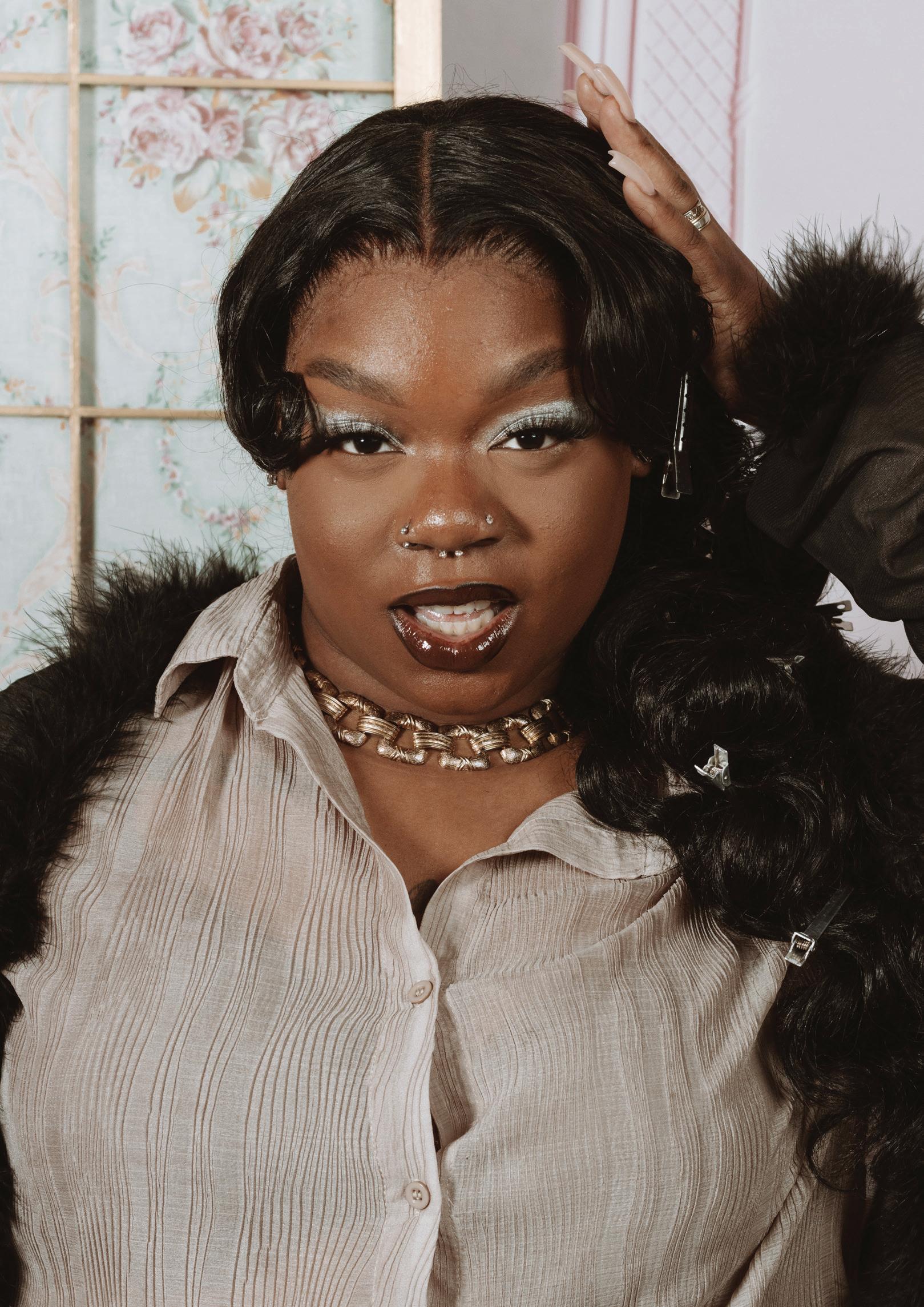

The Lexington Line • s/s 24 • vol 10 • no 2 49
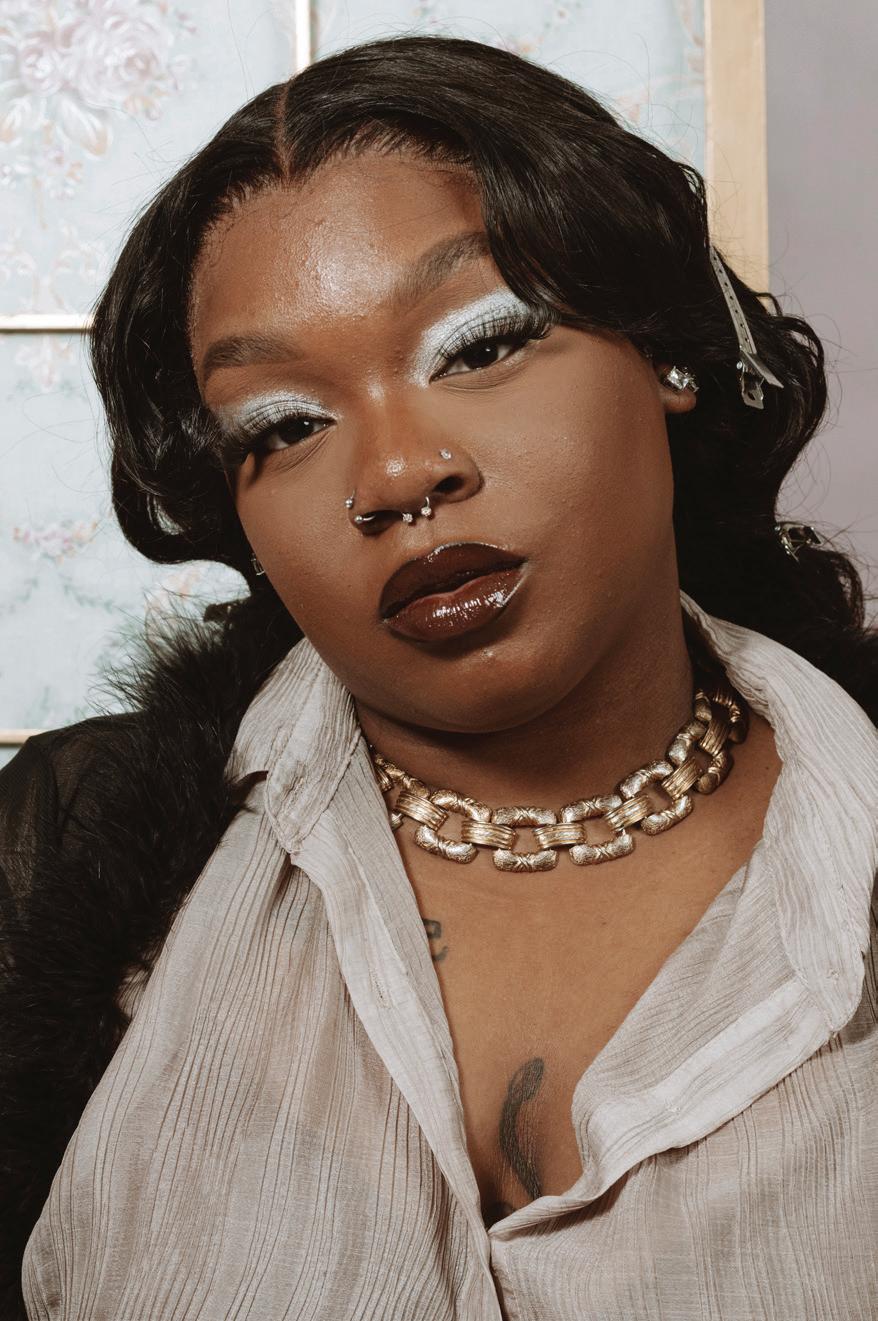


50 The Lexington Line • s/s 24 • vol 10 • no 2

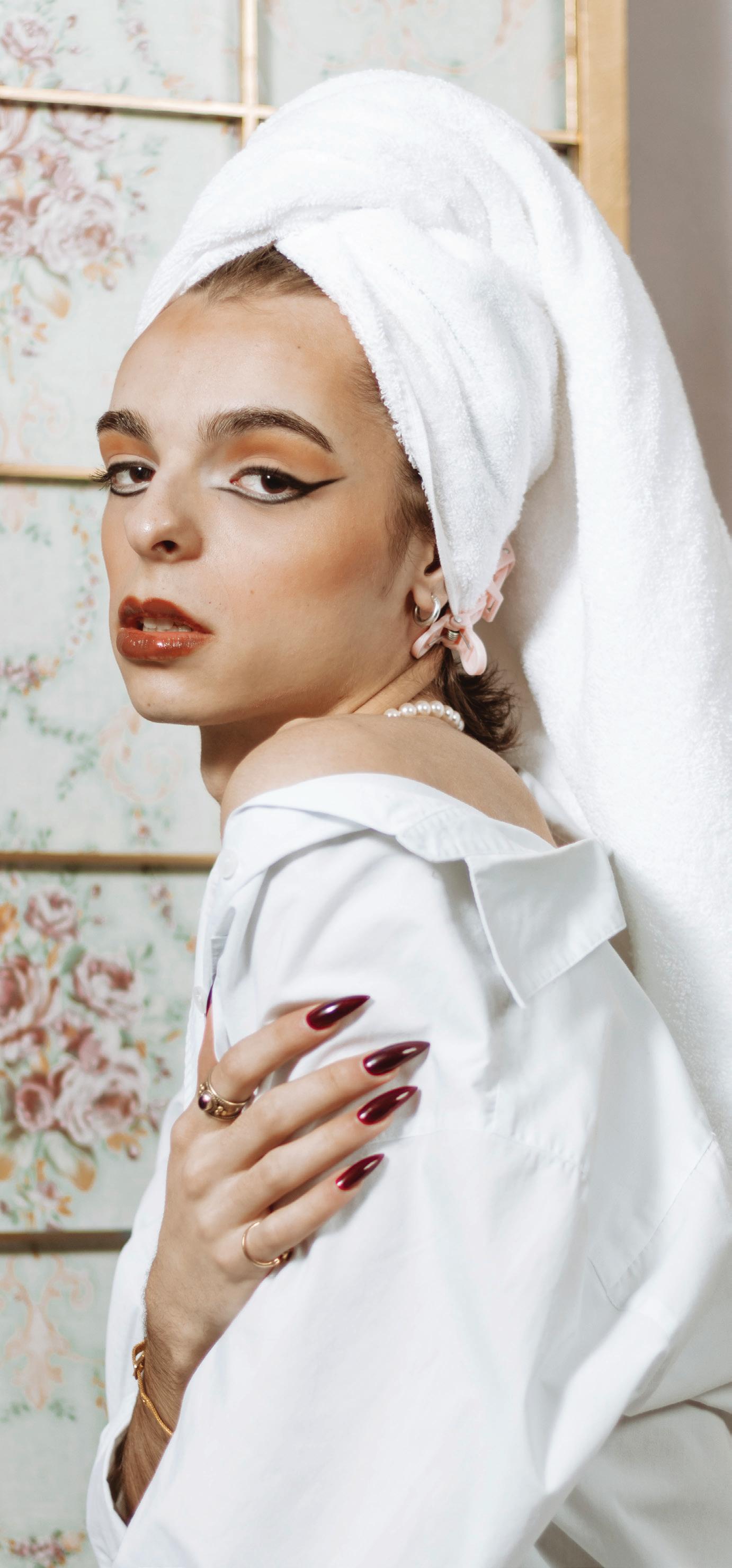

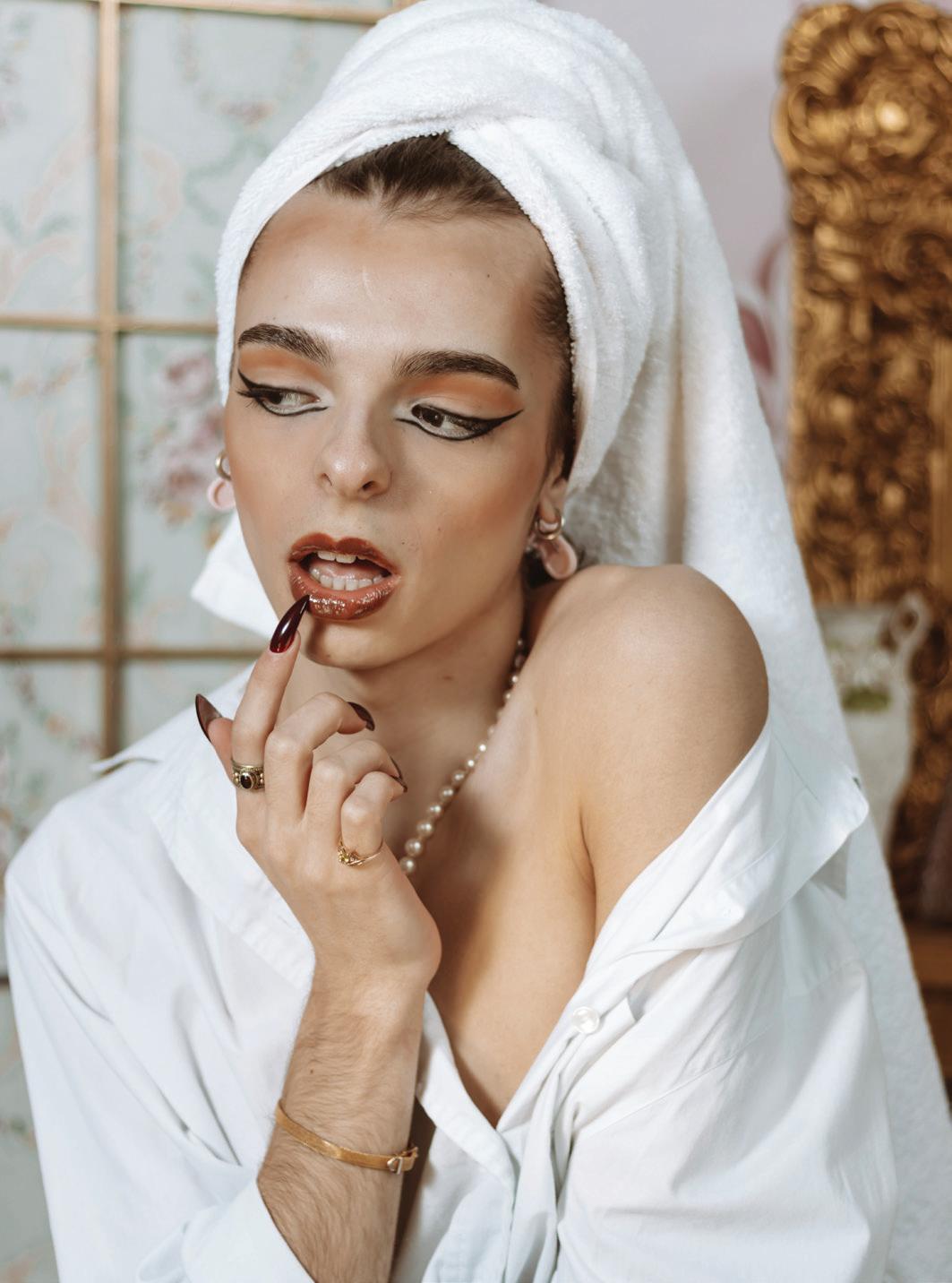
52 The Lexington Line • s/s 24 • vol 10 • no 2

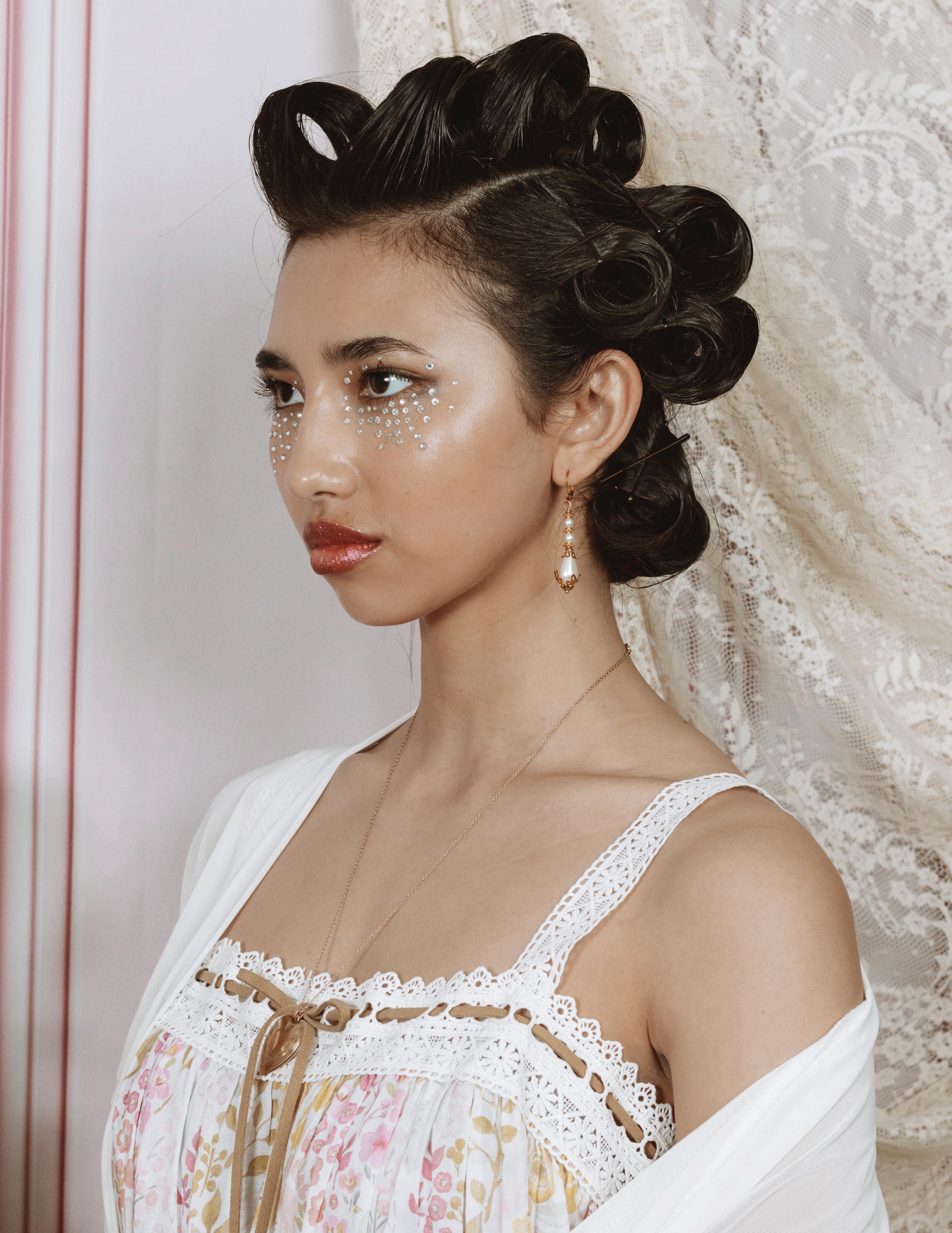
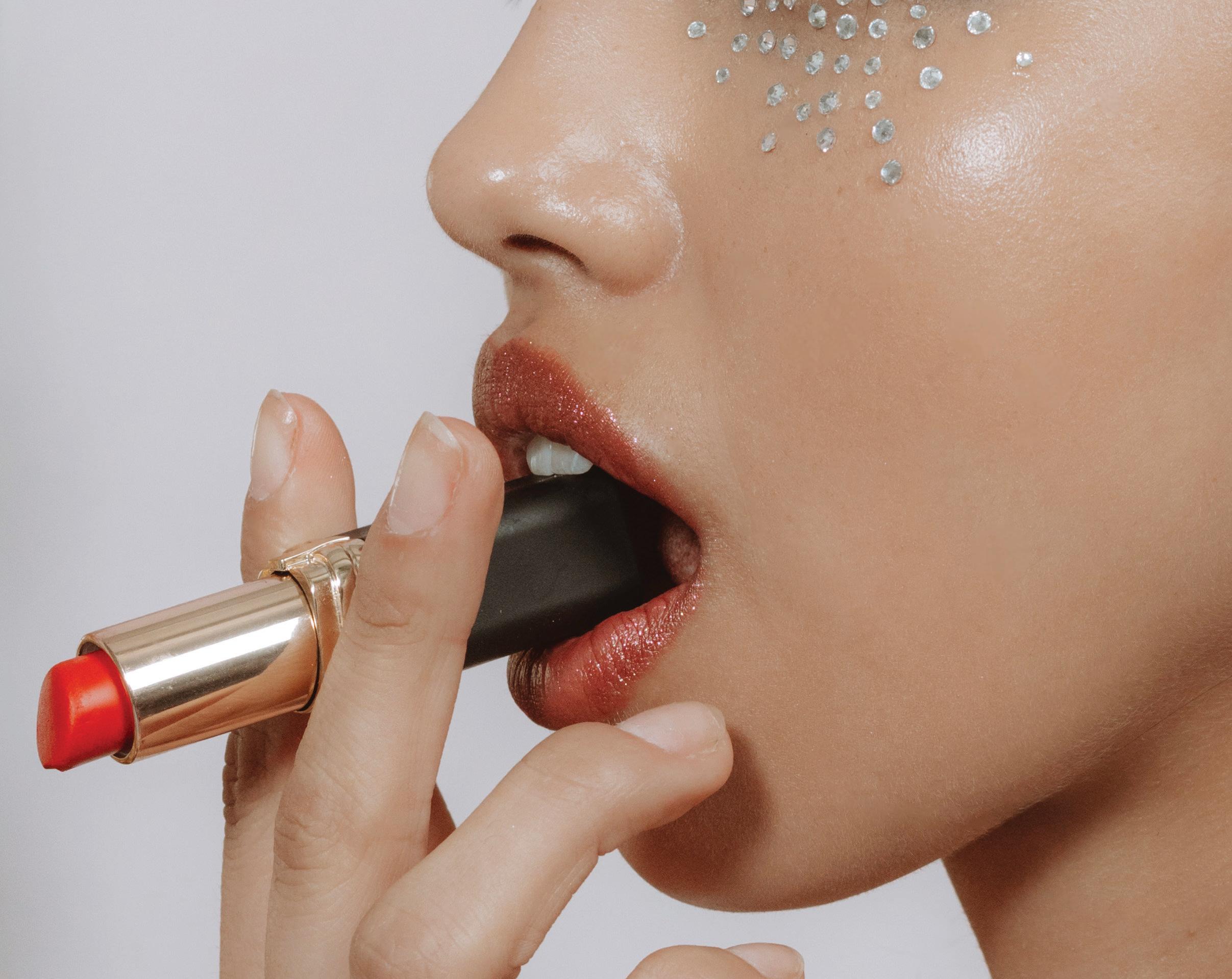
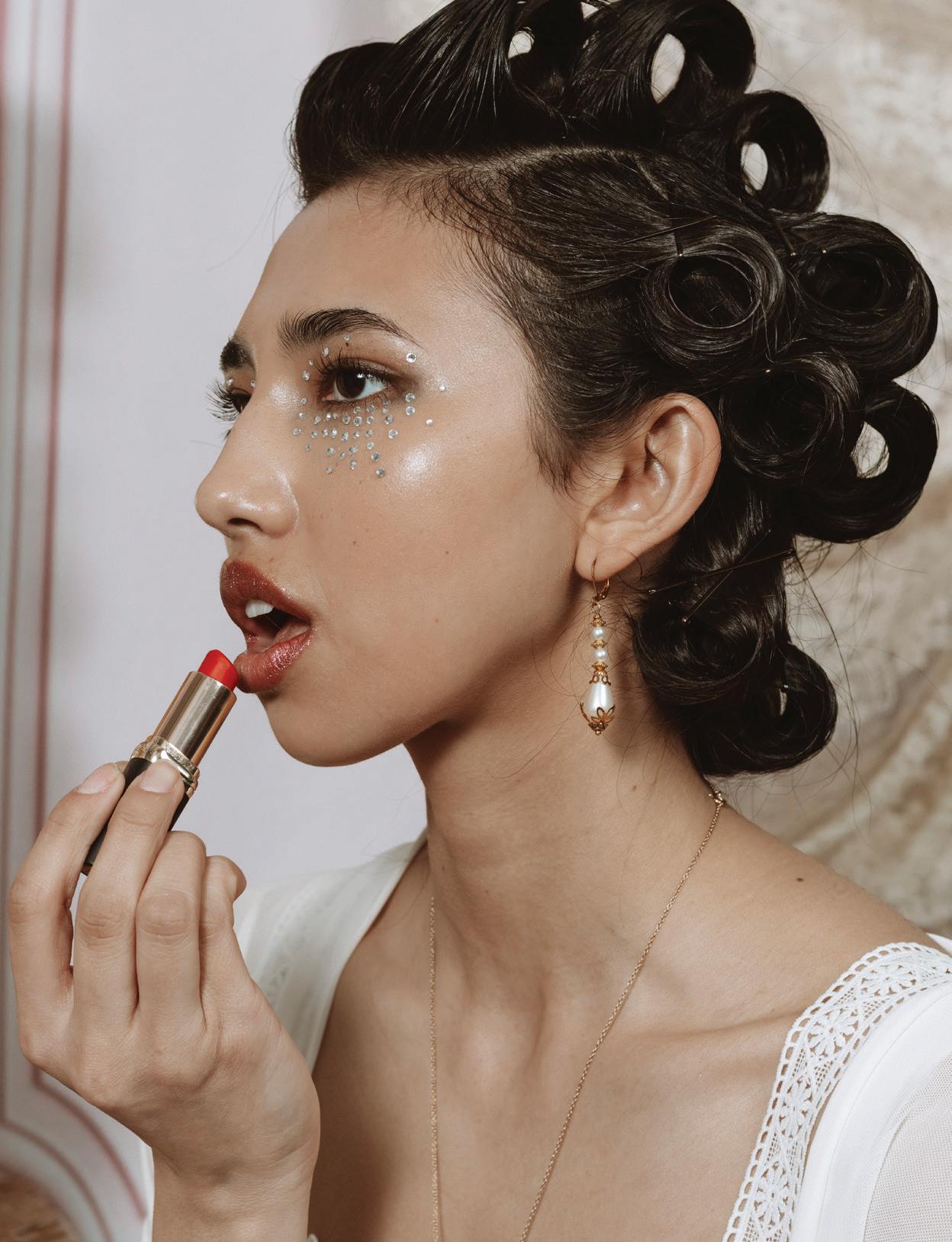
The Lexington Line • s/s 24 • vol 10 • no 2 55
MODEL WEARS: STELLAH NYC—Dress

56 The Lexington Line • s/s 24 • vol 10 • no 2
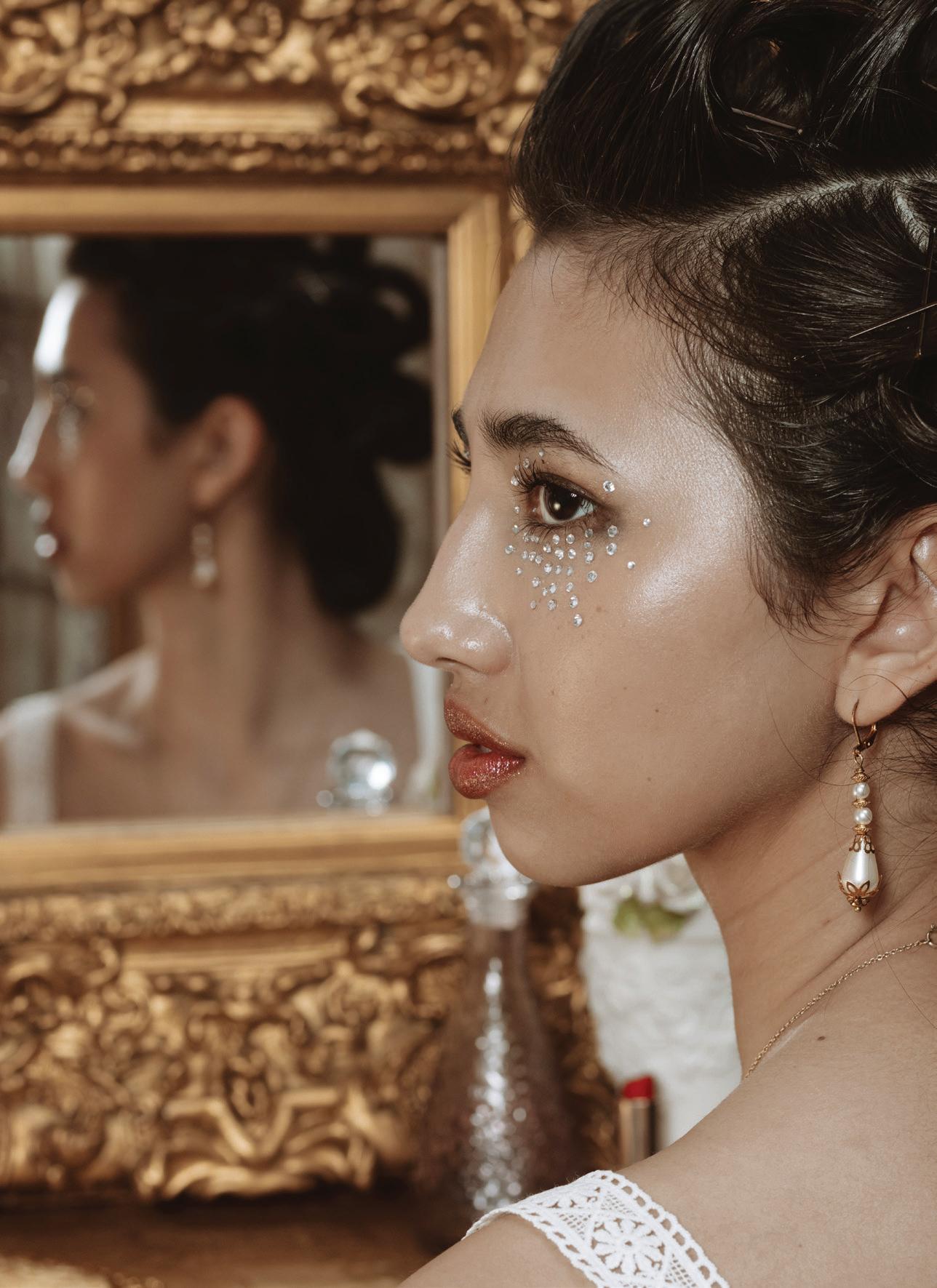


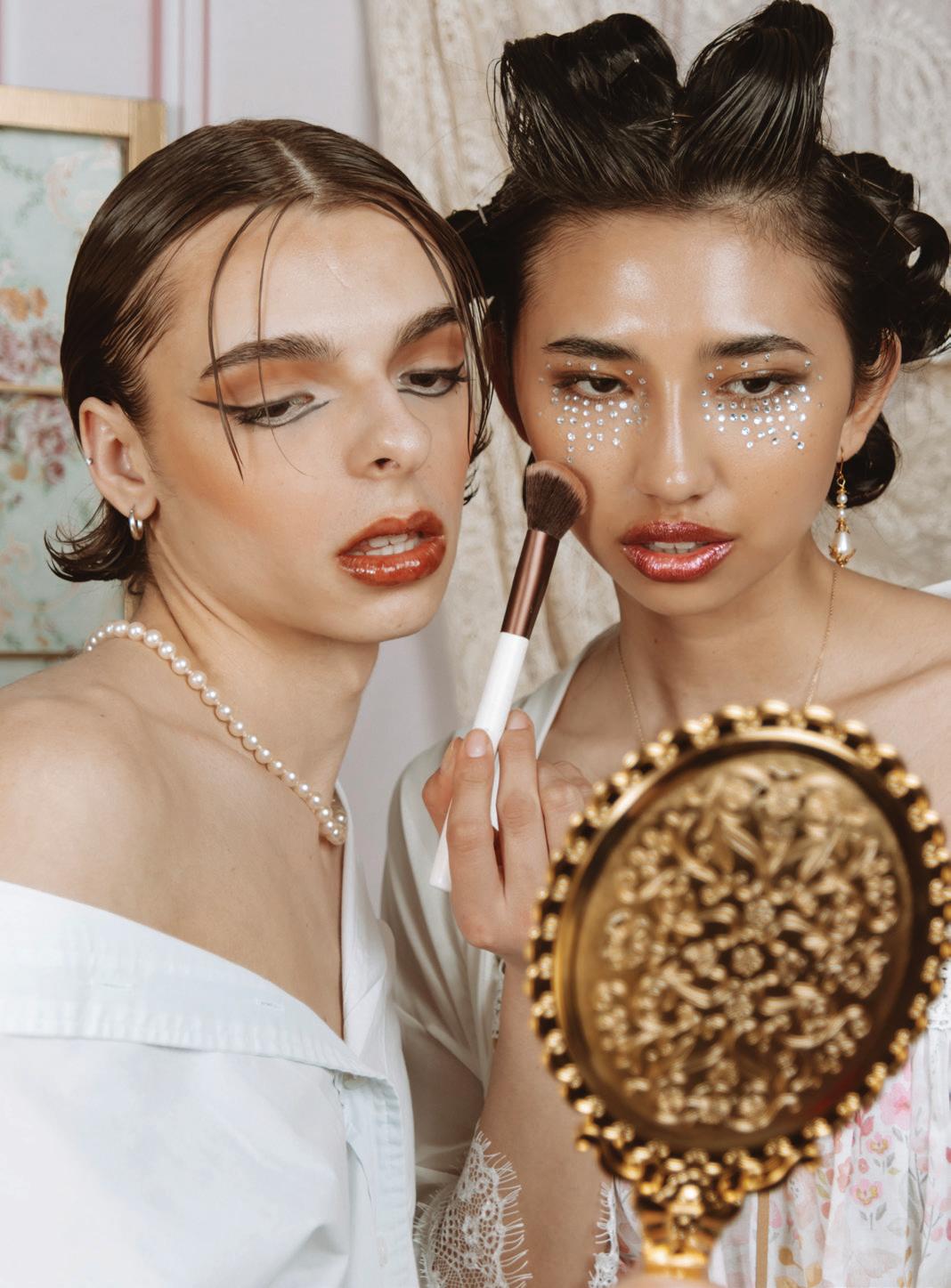
s/s 24 • vol 10 • no 2 57
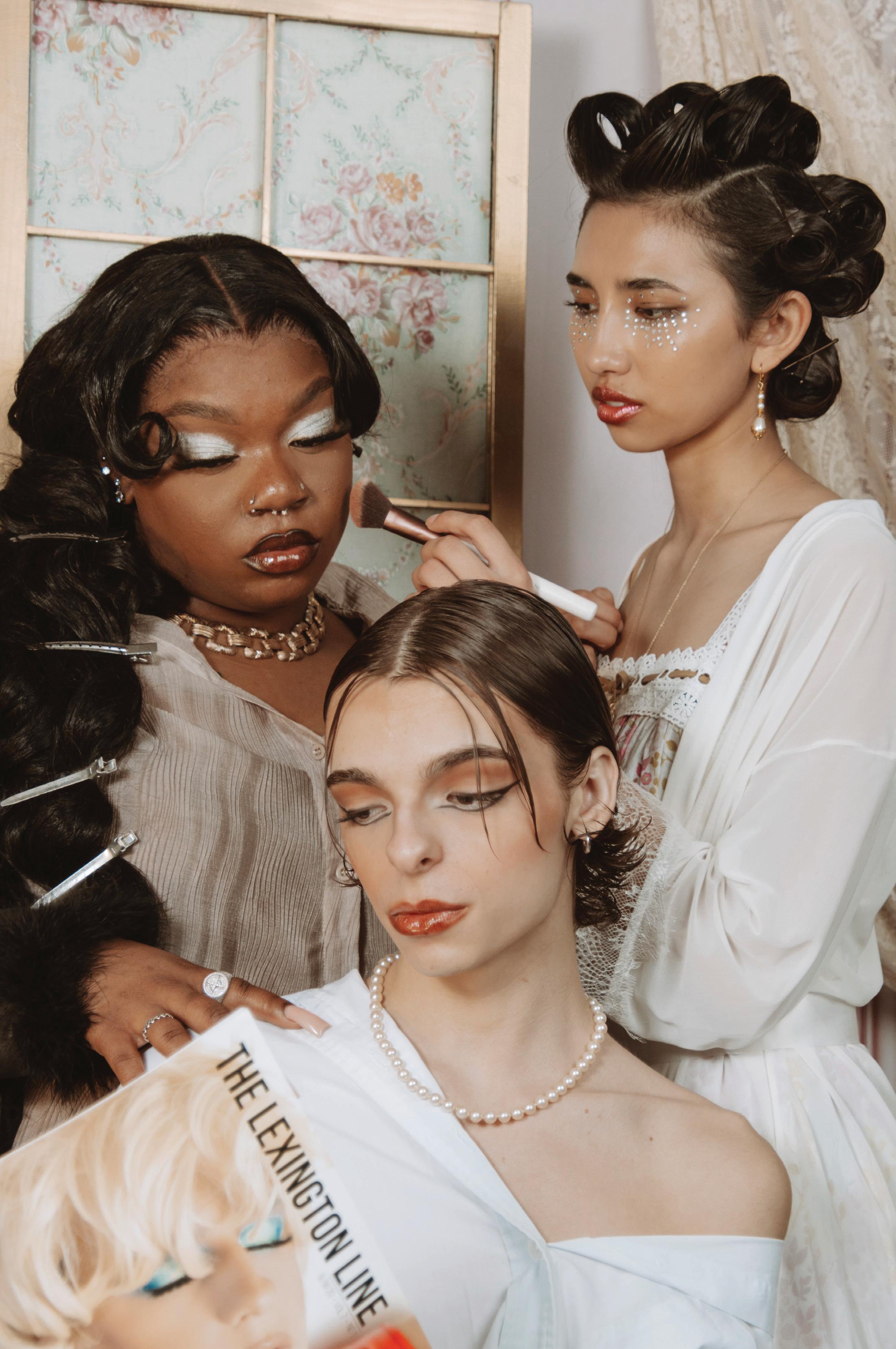
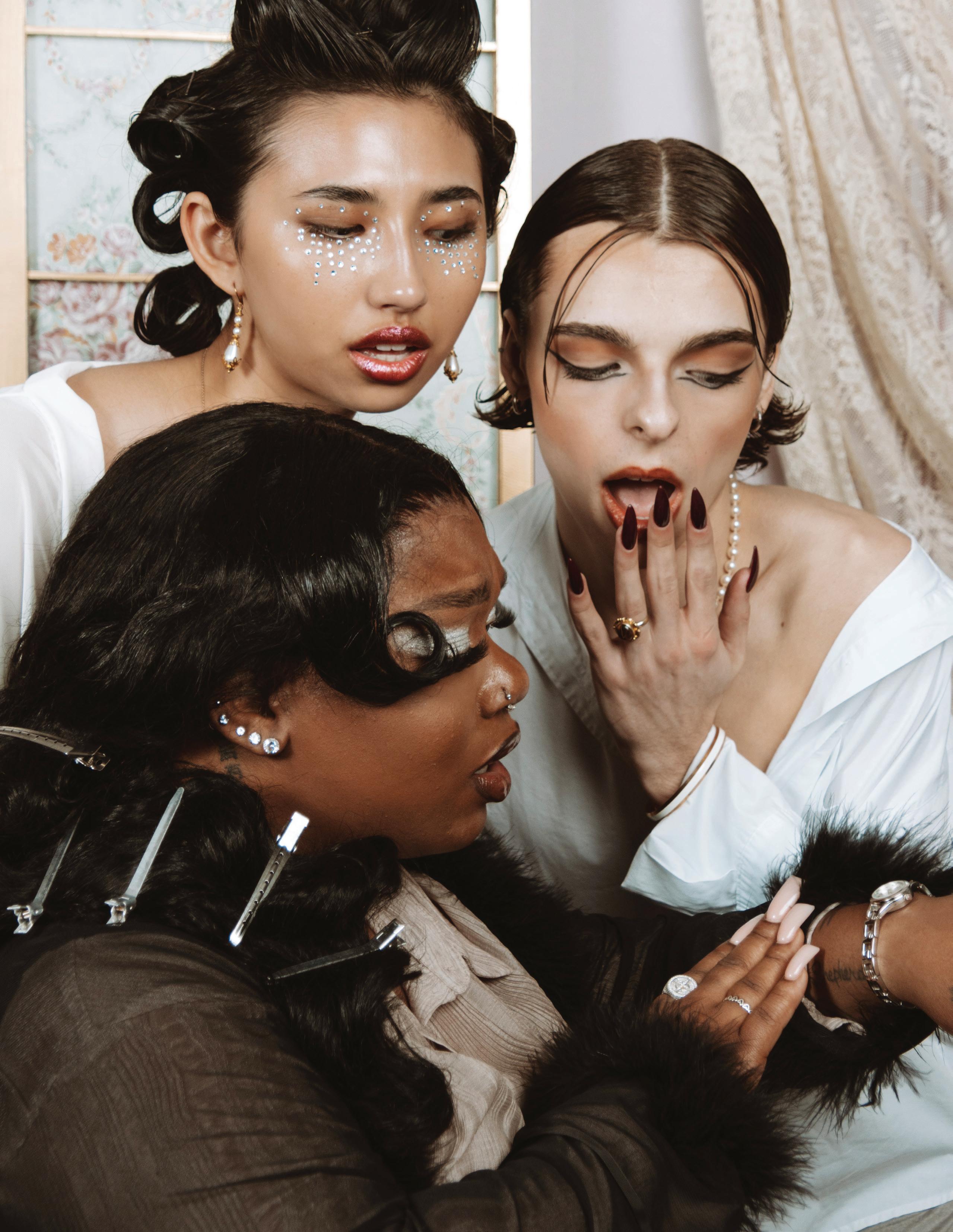





SECOND-
The Thrifting Craze Prices Out Those in Need


Doyou know who you’re donating to? Because chances are, that cute cashmere sweater you dropped off at Goodwill last week just sold on Depop for a cool $200.
“We know some customers check for brands that are worth money,” says Upper East Side Goodwill employee J.M. “Sometimes we see a teen come in […] they have money to spend and they’ll leave with large bags of merchandise.”
This new-age cultural boom of thrifting-for-sport, epitomized by TikTok “thrift hauls,” has stolen the experience of shopping quality secondhand for those that rely on it.
J.M. mentions she has heard of cyber consignment shops such as Depop, Poshmark and Grailed, but hadn’t considered that her customers may be reverse-Robin Hood-ing: buying out the Goodwill to sell those pieces online for multiples of the numbers on the price tags.
Last year, an article in Yahoo! Finance claimed Goodwill is “becoming more expensive than Walmart and Target,” J.M. claims that economic inflation and simple demand are the prime culprits.
“Everything is more expensive now,” she says. “I think we have good prices here, but they could go up. When there are more customers, the company can raise the prices.”

In the words of Macklemore, that’s $50 for a t-shirt; only now, this line applies to the very shops he praised for combating exorbitant retail prices.
Affordable price tags on quality pre-worn clothing are declining rapidly in big-name secondhand chains like Goodwill and Savers, a problem we can attribute partially to the substantial cultural influence of thrift hauls.
According to a report from ThredUp, Gen-Z and Millennials made up over 40% of secondhand shoppers in 2021, a percentage that is sure to increase due to the rise of thrift hauls in tandem with the perpetual growth of social media.
Moreover, an interview-heavy LinkedIn article suggests that young adults are interested in buying used goods with the intention of shopping green.
With this shift in Gen-Z’s attention towards clothing sustainability and keeping apparel out of landfills, kids are popping thrifted tags like there’s no tomorrow.
Last November, TikTok user @vpettorelli posted a fourminute-long video to her page, presenting a hoard of pieces she had picked up at a secondhand store.
The footage was captioned “my huge thrift haul” and depicted dozens of garments: a full wardrobe accumulated in a singular shopping trip.
HAND
SURGE
By Lola Spring
She adds that before you judge the magnitude of her haul, the entire store was 30% off that day, and some of the pieces will be listed for sale on Depop.
Depop, for reference, is an app in which any registered user can operate an online storefront. On Depop, anything from handmade jewelry to custom phone cases can sell like hotcakes. Think if eBay was created by and for Gen-Z consumers.
Many joke that Depop sellers are notorious for upselling on hand-me-downs or tattered clothing, with one Reddit user noting, “The prices start building up especially if it’s something that’s trending. Some sellers add even more like double the price because they don’t know how old it is or if it’s worth more than what’s listed [...] they figure they’ll just bump it up to be safe and see what happens.”
While some internauts consider this an unethical hobby, Spring’s thoughtful stance on resellers stirs up a fair point.
“It annoys me, but the people that are doing that probably aren’t rich or getting rich,” Spring says. “With that stuff, I think the only way to address it is to put the responsibility on the donator.”
Spring believes that giving your unwanted merchandise to true charity shops is a step you can take to prevent their donations from ending up on a resale site rather than with a person in need.
“Maybe the next level of that is to make sure that you’re donating to a place like Mary’s Place, which supports battered women,” he adds. “Or somewhere where you know that those things are being distributed in a way that is less for profit or [company] growth, and more for a charitable cause.”
And conversely, while the overconsumption aspect of thrifting-to-consign may be considered negative, the resale industry (particularly online) is creating jobs for go-getters interested in entrepreneurship.
For Fordham University student and Depop shop owner Zoe Silva, a thrift trip insinuates strenuously flipping through racks of donated “trash” to discover hidden treasure. She curates high-quality or vintage goods to keep for herself or list on her storefront.


Silva deems her resale business a “side hustle”; college students are constantly searching for new ways to generate income, and Depop has proved fruitful, with a plethora of ways for users to advertise their shops and inventory on social media.
“Well, I don’t go in there thinking I’m gonna spend $300. I usually buy like seven things, then I’ll go and sell a couple of those,” she says.
Silva claims she’s not a die-hard reseller—some of her peers are capable of “clearing out” a Salvation Army.
Further validating thrifting as a fruitful side hustle, a response to a prompt seeking opinions on the ethics of reselling thrifted clothes to make a living by u/ LillyWhiteArt on Reddit offers a unique perspective.
“I am the ‘low income’ people [online critics] claim to be ‘speaking for.’ I resell because I’m low income,” they say.
Similarly, u/Strawberrynymphet shared that they have severe anxiety and Depop is the only job they’ve been able to hold down “without having constant mental breakdowns.”
Gen-Z is addicted to thrift hauls, yet they condemn clothing overproduction. Only time will tell when they, and the secondhand stores they frequent, will find the sweet spot in this wild, wild West of making sustainability sustainable again.


The Lexington Line • s/s 24 • vol 10 • no 2 63

Mommy Always Sat in the Dark
On Being the Daughter of a Mother
By Abigail Hennessey

Cezanne Maragni, 20 years old, recalls a Walt Whitman poem she read two years ago: “The mother with mild words….clean her cap and gown….a wholesome odor falling off her person and clothes as she walks by…”
“I became aware that my mom’s life had simply become a landscape in my childhood; her ‘cap and gown,’ or remnants of her girlhood, flew over my head,” Maragni says. “Each year I grow older, I learn a new story from my mom and question if society was trying to hide those from me.”
Maragni’s mother, Peggy Feudi, felt strongly about her stories and the value they held in the woman she became before her children. In a society filled with men wanting children, parents wanting grandchildren, and naturally, women with different timelines than you—the choice can feel out of your control.
“The underlying assumption seems to be that mothers exist for the sole purpose of supporting their children’s healthy development,” Dr. Naomi Ruth Lowinsky writes in The Motherline, a collection of essays. “What is forgotten is that mothers are people with their own lives, who are profoundly affected by the experience of having children.”
These days, it feels like the idea of motherhood is sinking into a patriarchal underworld where our bodies are subjected to headlines about the economic effects of the decreased fertility rate, and people still wonder why some women no longer want to be mothers.
Our individuality is threatened by the same world that praises fathers for minimal sacrifices like missing poker night. And there is no societal incentive to become a
mother when what you receive is possible postpartum depression and a false promise of divine fulfillment that men convince us can only stem from mothering.
Even before we are physically capable of having children, ideas about motherhood infiltrate our lives. You hear subtle assumptions throughout girlhood in conversation with family and friends.
“One day when you have children,” they all say, completely ruling out the if. Young girls are spoken to like motherhood is what they are supposed to want—a destination all girls will presumably reach.
Grandparents sometimes tell these young girls that they will change their minds. Your grandmother might reminisce about her old friend who “swore she wouldn't have kids” but now has four.
Feudi felt pressured by her mother and sisters to have children in her early 20s, saying it was something she would regret not doing. Regardless of pressure, she didn't have her first of two children until her 40s.
“I wanted to have a career and then became busy when I opened my own business,” says Feudi, founder of Foodies Catering in New Jersey. “I had already run Foodies for nine years when my first was born, and in that environment, I taught my kids a lot about work ethic and creativity with what I was able to gather before becoming a mother.”
Even when a woman wants a child, there are signs of hostility that pose questions for her. She may want to be a stay-at-home mom, not to be told to be one. She may also have a career that she is passionate about. She may go into motherhood with confidence
that her stories will be told to her daughter, but that does not mean they will be easy to voice. Lowinsky describes this as “being ripped apart by this ambivalence about the feminine,” or in other words, the contradictory feelings about children.
In The Motherline, Lowinsky reflects on the shift in society’s perspective of a daughter who becomes a mother.
"Her insights, her wisdom, her experience, and her voice, disappear from the world of literature,” Lowinsky writes. “She becomes a bad joke in popular culture. She descends into the shadows and, indeed, becomes a shadow. And her daughters rail against her because she is filled with darkness.”
Ariel Limpert, 22, is unsure if she will have children for several reasons ranging from finances to career and travel.
“[Women] embark on incredible journeys and reach these remarkable milestones: go to school, study abroad, get their first ‘big girl job,’ start businesses, move across the country, buy their first car,” Limpert says. “But the complex, interesting, and unique stories about themselves go away day by day because once you are a mother, that is the main role society sees you in.”
Daughters, spouses, fathers, grandparents, and others entirely forget that mothers are individual women first who simply were born with the ability to have children— not the sole purpose of doing so. Before you, she was a daughter of her own; a girlfriend before a wife; a best friend before an aunt; a woman before a mother.
After childbearing, she is seen as the curator of a child’s well-being, often more so than the father, and what she was before, who she may be after, must be fought for to hold a respectable place in the patriarchy.
My mother opened a yoga studio in 2015, leaving behind 15 years as a pharmaceutical representative. She tells me she feels guilt for not being with my sisters and me enough during the transition. I had never thought this and was curious how something that taught me so much about my mother and the woman I wanted to be like could ever be accompanied by guilt. My mother’s pharmaceutical representative job was a “resource” for raising children. It wasn’t a passion but allowed her to be in a place to mother us. But that was never meant to be her only purpose in life.
She experienced firsthand the double standard for fathers and mothers when it was her turn to follow a passion. Growing up, my father was a marathon runner, and his passion for it took him to places like Tokyo, Berlin, and London.
I never saw family or friends question the way our family, and my mom in particular, worked around my dad’s passion. I was
shown the individual side of him outside of fatherhood. When it was my mom’s turn, she did not receive that space to pursue her business.
Lowinsky writes about how the world has turned away from the beauty of motherhood as an extension of womanhood, not its source. In literature, Lowinsky found a lot “written from the viewpoint of the daughter who, if she was not actively angry with her mother, was not much impressed with her mother’s life experience.”
And while the world whispered words of discouragement around my mother, I, for the first time, knew what it meant to be in awe of her. Society tries to take this experience away from daughters, encouraging them to follow the beat of the patriarchy's incessant “mother blame.”
In a 1985 New York Times article titled “Mothers Who Take the Blame,” Maggie Scarf analyzes Lynn Caine’s “What Did I Do Wrong? Mothers, Children, Guilt.”
“For while the mother is vital to her helpless infant and toddler, she is a figure who commands little respect in the culture at large she is both powerful and without much power at all,” Scarf writes. “If, moreover, her child is having problems, the ‘cause’ of the difficulty is usually
easy for relatives, friends, school authorities, and other interested bystanders to explain.”
When a baby cries in the arms of a relative, they are passed to the mother. When a child passes a cold in preschool, it is the mom who carries the blame. “Refrigerator mothers” were said to cause autism in children and their poor toilet training abilities were to blame for obsessive-compulsive disorder.
“Lauren,” who wishes to remain anonymous, first noticed “mother blame” when her father moved from her home state of New Jersey to Arizona after cheating on her mom.
“I remember my brother treated my mom terribly, cringing whenever she would hug him or anything,” she says. “Friends and family judged my mom after the incident, and my dad’s parents acted like my mom was the perpetrator; I can’t imagine how alone she felt.”
Indeed.
Women risk their lives to have children; they put their bodies on the line. And yet, motherhood is treated as both rote expectation and a measure of value by older generations that simply do not have the same concerns we do about raising children on a burning planet.
66 The Lexington Line • s/s 24 • vol 10 • no 2

A legacy of style
Liz Marcuse assumes the role of President Emeritus after two decades as LIM College’s President
By Lauren Smelker

68 The Lexington Line • s/s 24 • vol 10 • no 2
Liz Marcuse never thought she’d leave Macy’s. But a headhunter representing Lane Bryant had been asking the then-26-year-old buyer to fly out to Columbus, Ohio to discuss a new opportunity, so she sought the advice of her most trusted confidant.
“My father would always tell me, talk is cheap, talk is free—just listen to what they have to say,” she remembers.
The meeting was a success, and she took a job that would take her around the world—to Taiwan, Hong Kong, Singapore, and beyond— more than 30 times a year.
“Those were amazing years,” she says. “What I did—not just buying, but product development—I was very hungry for.”
Years later, her father, Adrian Marcuse, came to her with a different proposition. He had been president of LIM College in New York City for 30 years and was considering retirement.
“I was living in Chicago,” she recalls. “I came home on a trip, and he said, ‘Can we chat?’ He told me he wanted me to think about coming to LIM.”
Adrian Marcuse had taken over the college from his own father, Maxwell Marcuse, in 1972. In 2002, his daughter would take the reins as president for a tenure lasting more than two decades. Last fall, she announced that she would be stepping down and assuming the role of President Emeritus.
Liz Marcuse had built her career in the fashion industry, not higher education, but when she came back, she wasn’t entirely new to the
college—as a high school student, she worked part-time in the Admissions office.
“My dad would see me at the water fountain talking to people, and he’d tell me to go back and do my work,” she laughs.
At the time, Liz wasn’t planning on a career at LIM, and her father had never suggested one. After high school, she moved to Boston to attend Simmons University— then Simmons College—to study marketing.
Towards the end of her senior year, she learned several major department stores would visit campus to scout for their executive training programs. She joined the program at Macy’s and rose quickly through the ranks.
“There I was, 25 or 26, standing on the executive floor with all this beautiful mahogany, thinking, ‘this is it,’” she recalls.
She ultimately was courted by Lane Bryant, and despite being conflicted about leaving her hometown for the Midwest, decided to take the plunge. Inevitably, the transition presented some challenges.
“It was kind of a funny first night,” she remembers. “I lived in a corporate apartment. The lamp was bolted to the table. I couldn’t find the light in my closet. My alarm clock didn’t work. So I had to sleep with the light on because I was afraid to be late to work.”
She could only find a bulk grocery store with cereal boxes “that could have fed 27 people” and once, while jogging, “ran right over a deer.”
The Lexington Line • s/s 24 • vol 10 • no 2 69
“I called my previous roommate in New York crying because I’m like, ‘What did I do?’” she says. “Three weeks later, I was on a plane to Asia.”
Liz adapted to her new life quickly and learned the kinds of fashion industry lessons that only come from experience.
“You watch two turtlenecks on similar cut lines, and one’s Anne Klein and one’s Lane Bryant—the difference is the weight of the cotton, and one’s $9.99, and the other’s $98,” she says. “I loved it. It’s picking out products, it’s choosing colors, it’s understanding trends— in March, you would probably be planning next spring. So life just sort of kept blending into itself.”
She was still in the midwest—in Chicago, working as a Senior Buyer for Montgomery Ward—when her Dad approached her with the idea of working for LIM. She told him she’d think about it.
“And when I thought about it, I decided to say yes,” she says.
This first meant moving back to New York City and working in product development and retail planning, including projects for Disney and Warner Brothers, which meant more than a few flights to Los Angeles. She was then recruited by Donna Karan and served as Head of Retail Planning.
Eventually, it was time to join LIM. She came on as Vice President and Chief Operating Officer and spent her first year building relationships.
“Back then, I think there were about 40 employees in total,” she remembers. “There weren’t even
300 students, so it was pretty easy to get to know 100% of everyone— especially the students. Some of the older alumni I still know well.”
This is a trait she might have picked up from her father.
“He knew every single student. Former students would stop by and say, ‘You probably don’t remember me.’ He’d say, ‘Oh yes, Mary Smith,’ and he’d remember every detail, which is pretty incredible,” she says.
A year after she started, her father had an accident and needed to retire earlier than planned.
“It was trial by fire for me. Even opening the mail here was new,” she recalls. “You go to people who can help you because you can’t be the expert in everything. But you surround yourself with experts to glue your team together.”
Liz and her team guided the college into the 21st century—and her father was there to guide her, which was critical because it was a time of considerable change in higher education.
“He was a quiet shadow to learn from, and honestly, it was just warp speed,” she says. “And it was a time in higher education where everyone was experiencing massive growth.”
During the early 2000s, the student population increased dramatically, and LIM grew its footprint to include two more locations.
“The students were coming before the space came. We had to build out the space quite quickly,” she recalls. “So we grew enrollment. We added footprint in terms of physical space to the campus. And
70 The Lexington Line • s/s 24 • vol 10 • no 2
we eventually launched master's degrees, fully online programs, and new bachelor's degrees.”
She remembers it as “an amazing period of watching the institution morph into something more complex while remaining true to its core values.”
Through it all, making connections with individual students—both teaching them and learning from them—remained the priority. She always relays advice that she learned at an early age: “You have two things you carry with you, your name and your reputation.”
Maranda Janky moved to New York City from Chicago in 2014 to study at LIM. As one of the co-founders of The Lexington Line, she remembers feeling supported by her college’s president.
“I’m grateful to have had the full support of the college, but specifically of President Marcuse,” she says.
Maranda graduated with a BBA in Marketing 2017 and an MPS in Marketing in 2021. She works for The Financial Times as Content Director for the Americas. She remembers scheduling meetings at Liz’s office every time a new issue of Lex Line came out.
“We'd walk into the room where she'd be sitting at her desk, wearing a big smile, welcoming us in,” she recalls. “She was always so warm and inviting, and the enthusiasm she showed towards the amazing work we had just created was something I'll never forget.”
“I wouldn’t be where I am today without her,” she adds.
The first two decades of the 21st century presented a plethora of unexpected challenges. Through it all, she knew that one of the critical aspects of educating is not just imparting wisdom—it’s listening to the people you are teaching.
“She was the strongest advocate for students that anyone could hope for,” Dr. Patricia Fitzmaurice recalls.
As the previous Associate Dean of Academic Affairs, Dr. Fitzmaurice worked closely with Liz throughout their time at LIM, and noticed “before making any decision, her primary motivation was always, always what was best for the students at LIM.”
“We try hard. We really do a good job of listening,” she says. “It’s not always easy, and we’ll never be perfect. But through these past few years—between presidential elections, the Supreme Court, political tension, and the pandemic—we had to stop and listen as an institution. It doesn’t mean you have the answers, but you have to listen.”
She ensured the college remained responsive, eager, and ready to absorb all the industry has to offer. More than 20 years-worth of LIM graduates have gone into the fashion business on Liz’s watch, further cementing her indelible influence on the industry itself.
“My passion never went away, and I love this industry,” she says. “I love the students because of the level of creativity when you walk around campus and you see that sparkle in their eyes.”
The Lexington Line • s/s 24 • vol 10 • no 2 71

DAWN TO DUsK
Violeta Romanyuk
Audrey Burch
CREATIVE DIRECTION
Jaedyn Frasinelli
Claudine Lorico
Kanahara Miguel
HAIR & MAKEUP
Ragini Bishnoi STYLING DIRECTOR
Paige Collins
ASSISTANT STYLING DIRECTOR
Jiya Agarwal
Sophia Bucci
Feren Lim
Jade Liu
Mohammed Umer Talukdar
STYLISTS
Carly Gabriel
Maddie Larson
Kimberly Santcelest
PHOTOGRAPHY
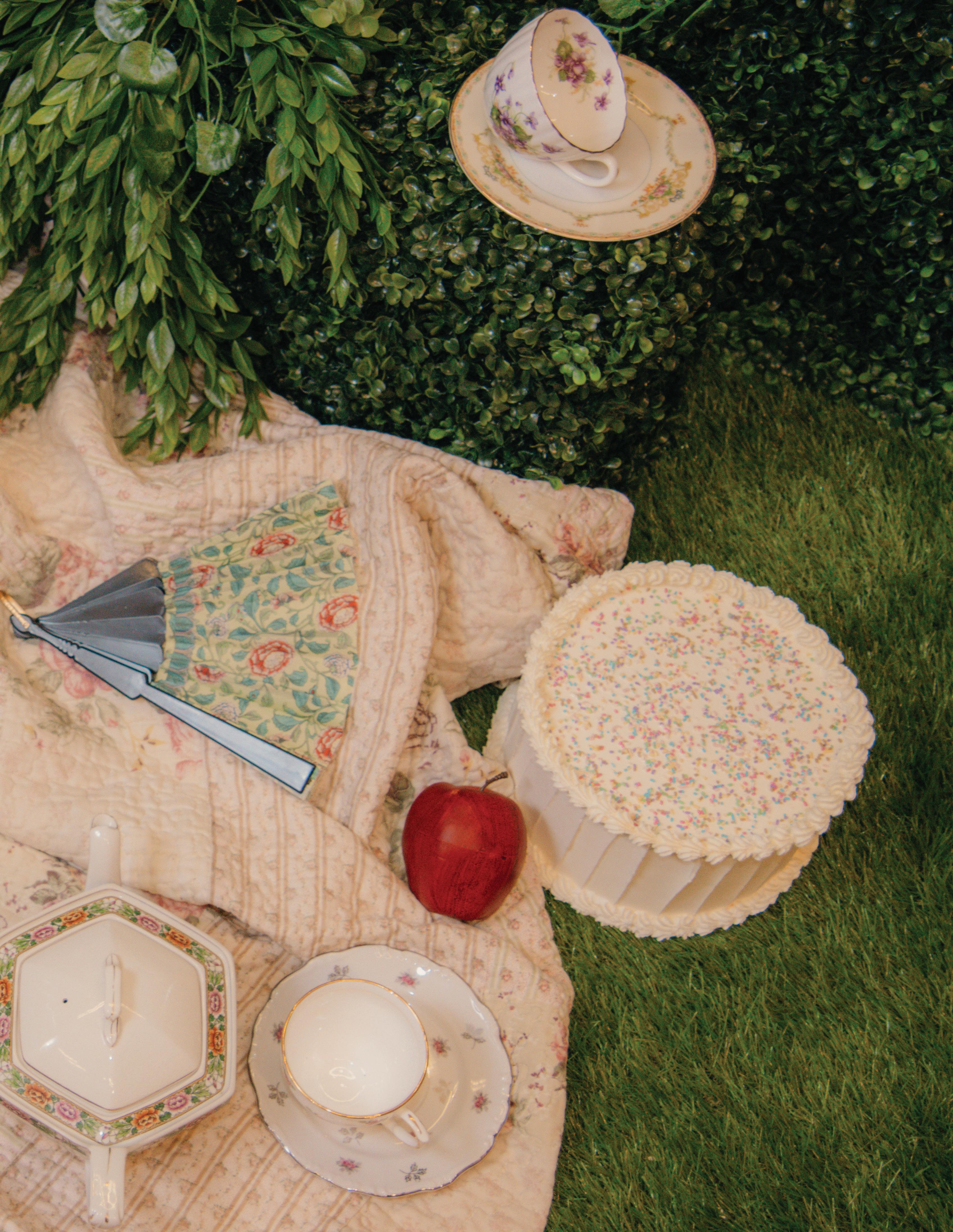
Dylan Choup
Gabby Getahoun
Grace Kuey
Surey Miqui
Rachel Rothermel
Carson Taylor
MODELS
Autumn Anthony
Audrey Burch
Selena Garcez
Andrea Garrido Torre
Oscar Gralnick
Alexei Henry
Abigail Hoeman
Elizabeth Kim
Julia Mattos Pereira
Samantha Pati
Violeta Romanyuk
Celeste Singh
Lyla Wendelburg
Qingmeizi Wu
SET DESIGN
The Lexington Line • s/s 24 • vol 10 • no 2 73
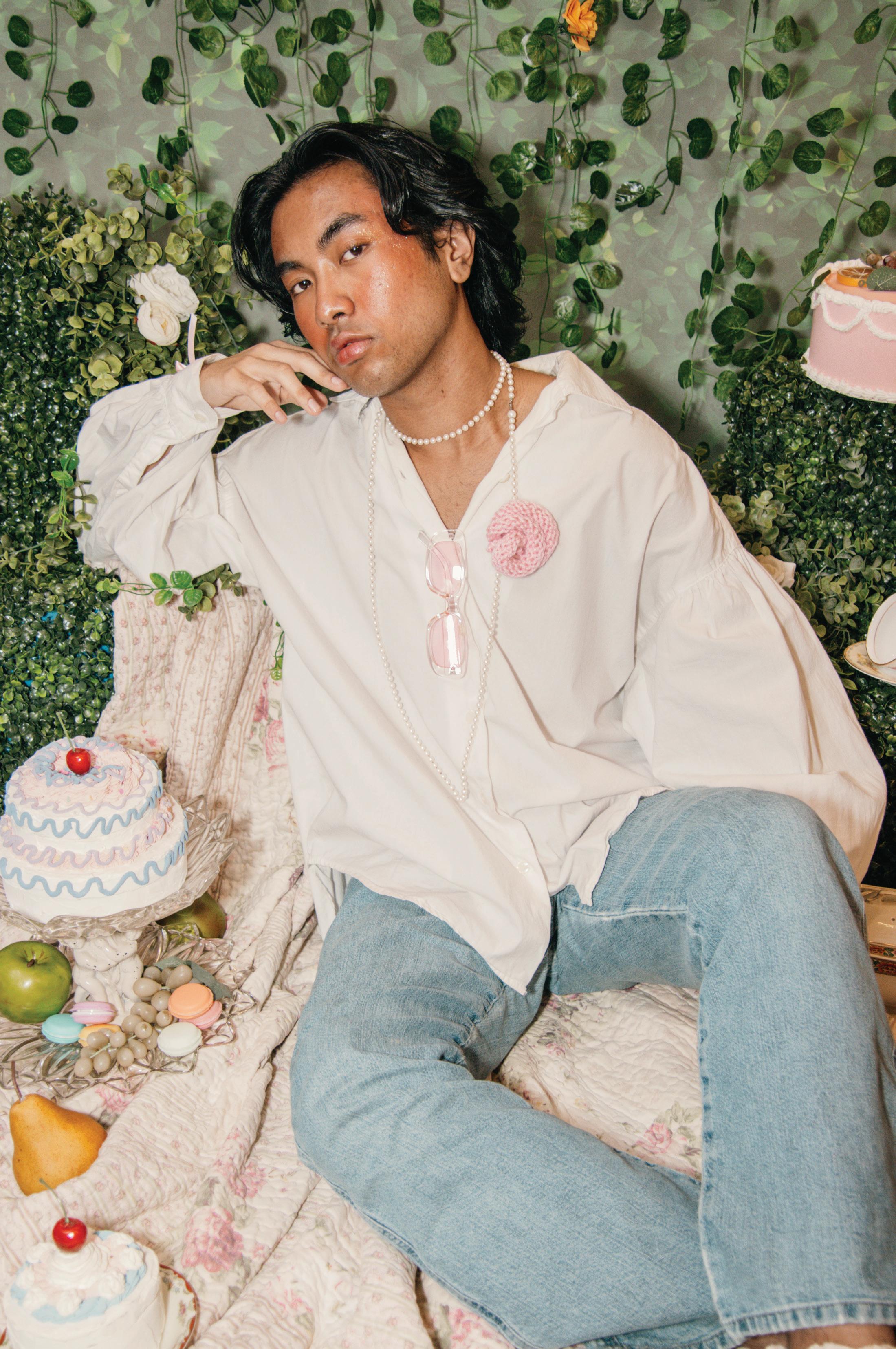
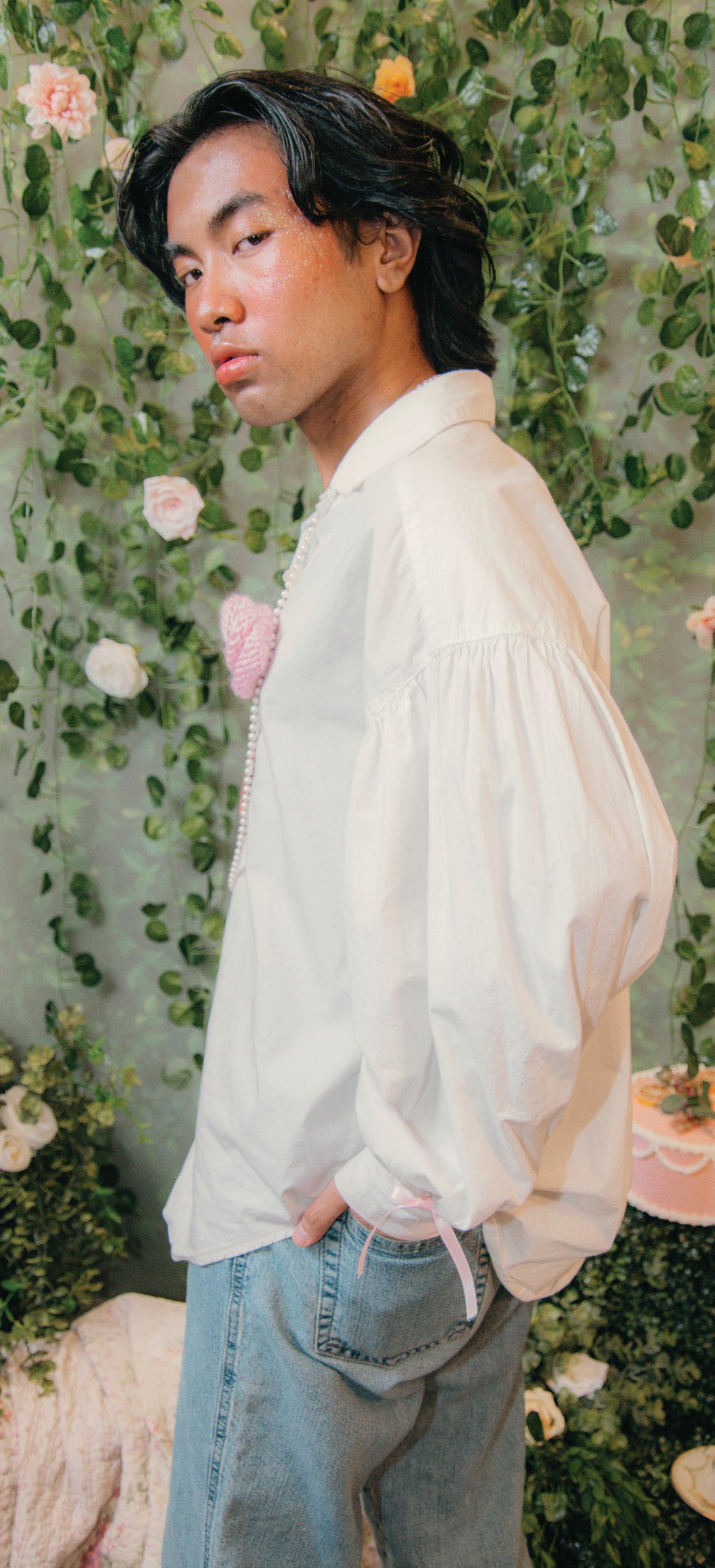

The Lexington Line • s/s 24 • vol 10 • no 2 75
MODEL WEARS: We Go Far—Rosette; Stylists’ own—Blouse, jeans, and glasses
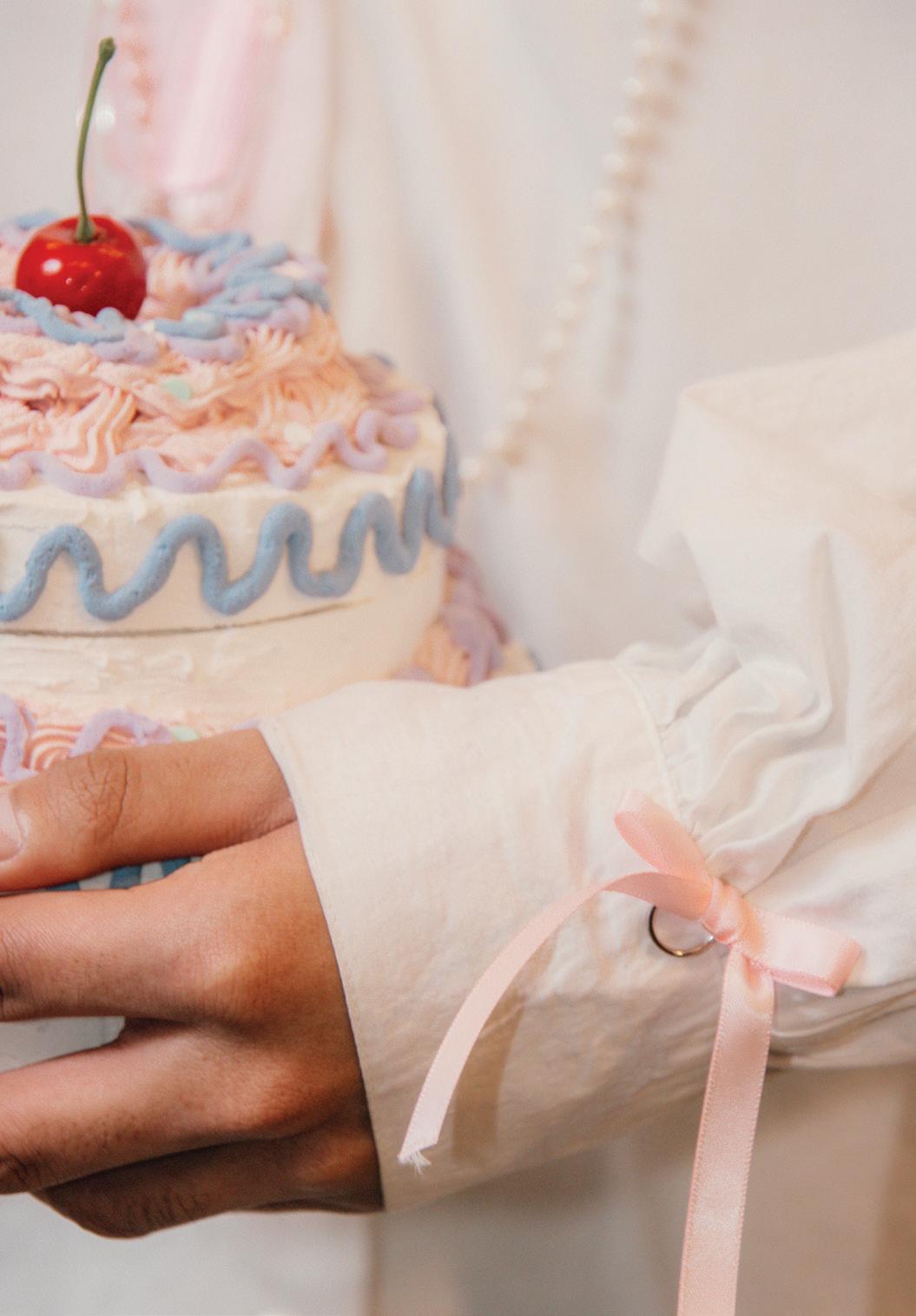
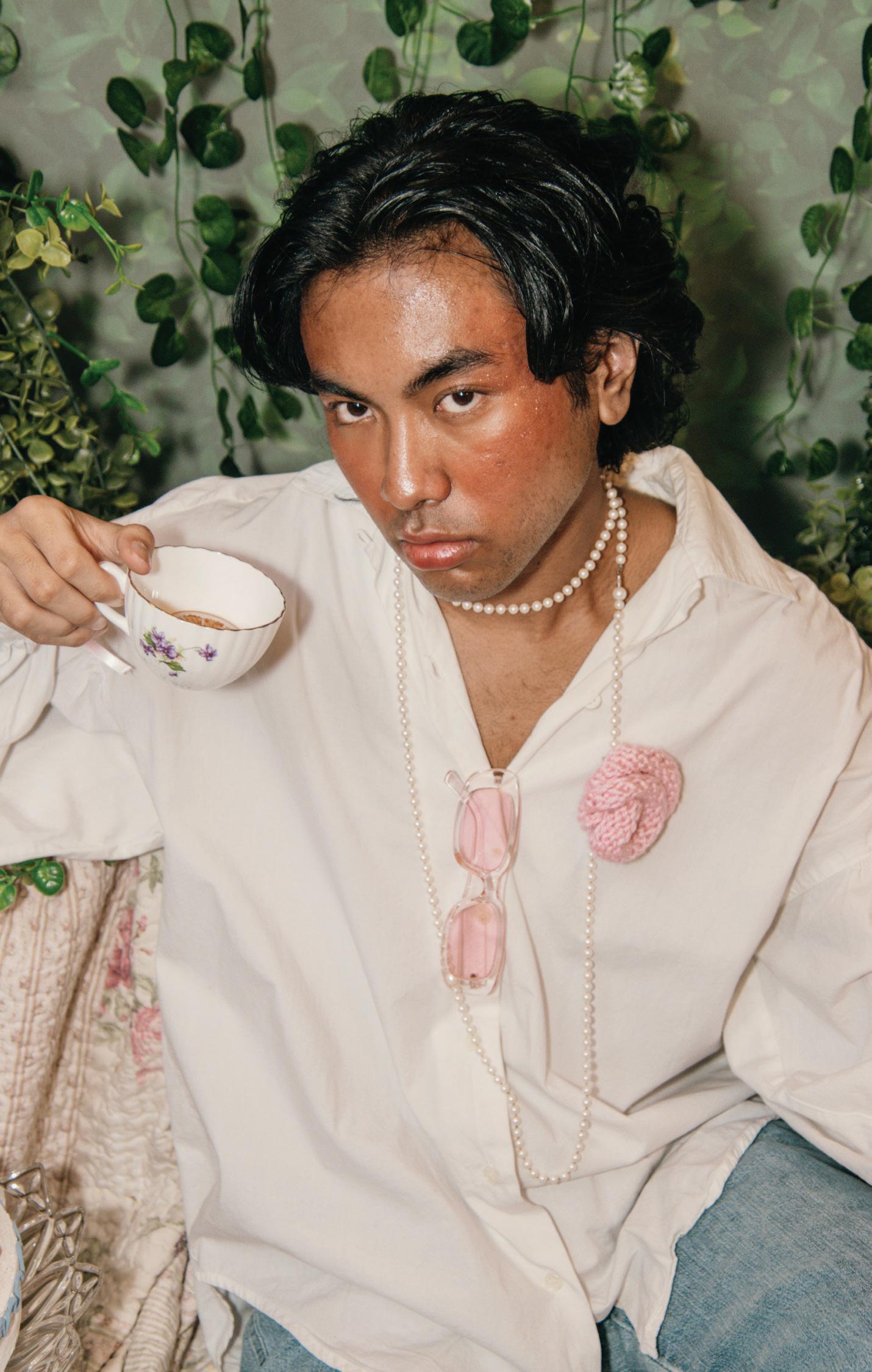
MODEL LEFT WEARS: We Go Far—Rosette; Stylists’ own—Blouse, jeans, and glasses
MODEL RIGHT WEARS: Chérir Vintage—Shoes Stylists’ own—Top and Skirt
76 The Lexington Line • s/s 24 • vol 10 • no 2


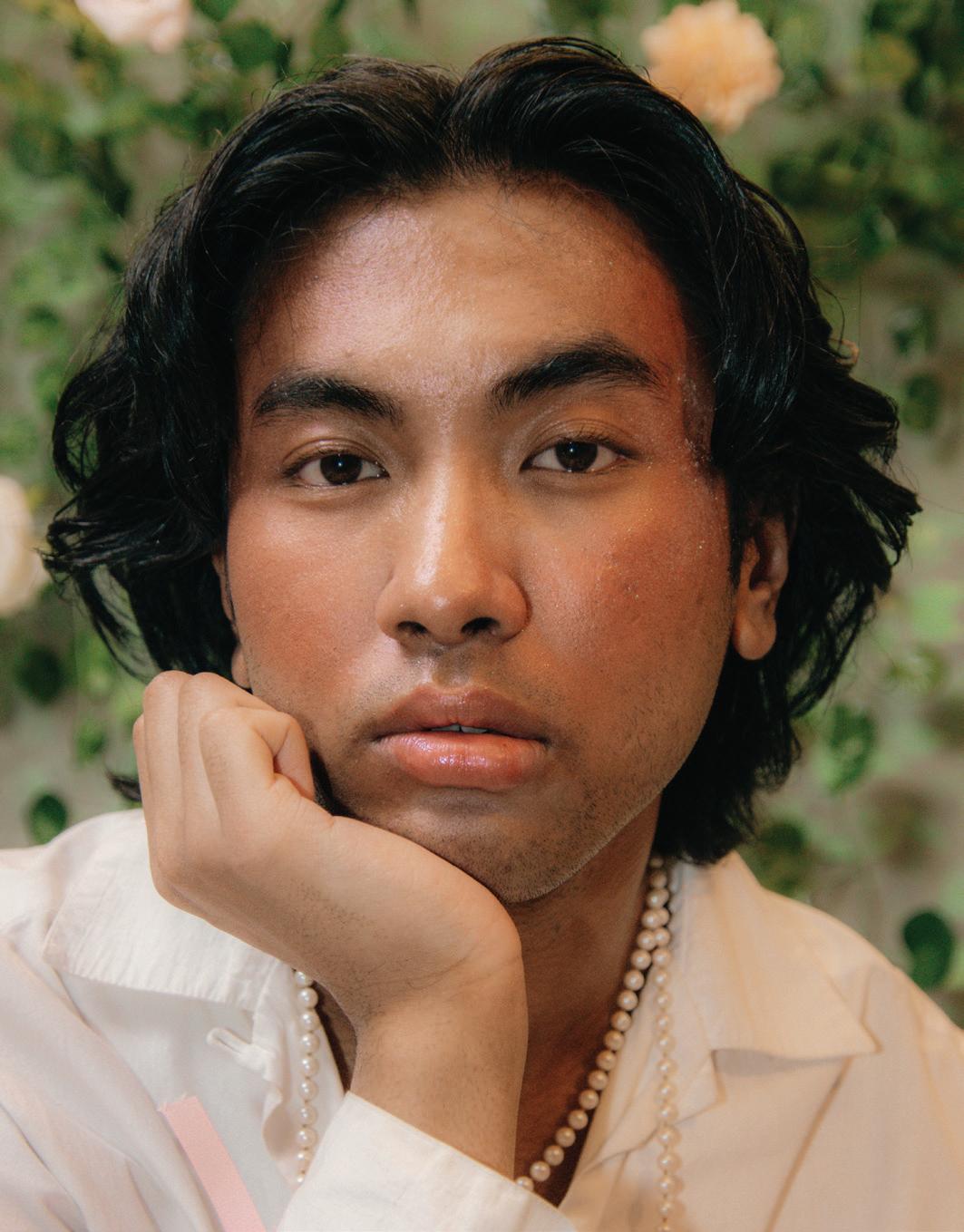

The Lexington Line • s/s 24 • vol 10 • no 2 79
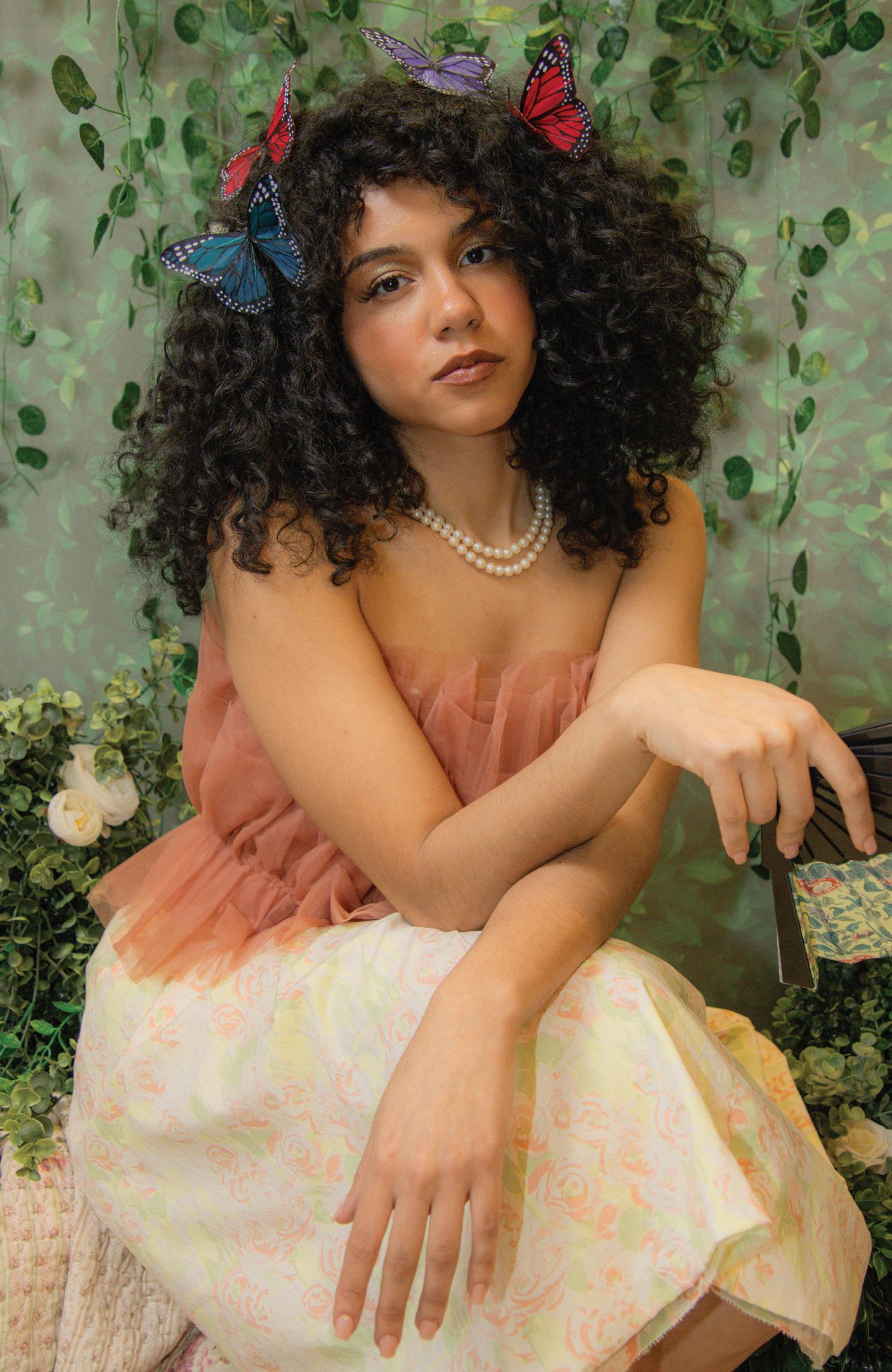
80 The Lexington Line • s/s 24 • vol 10 • no 2
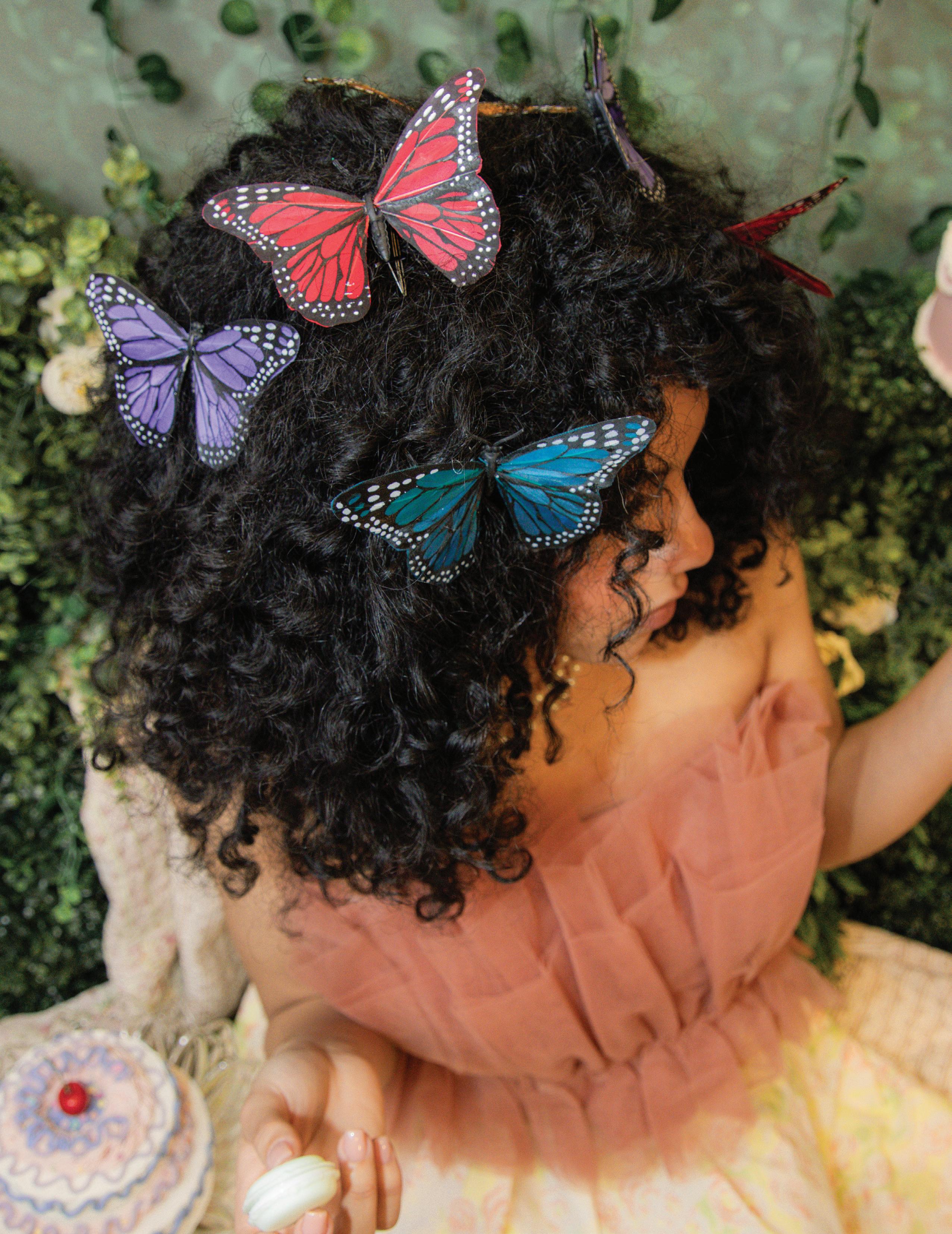
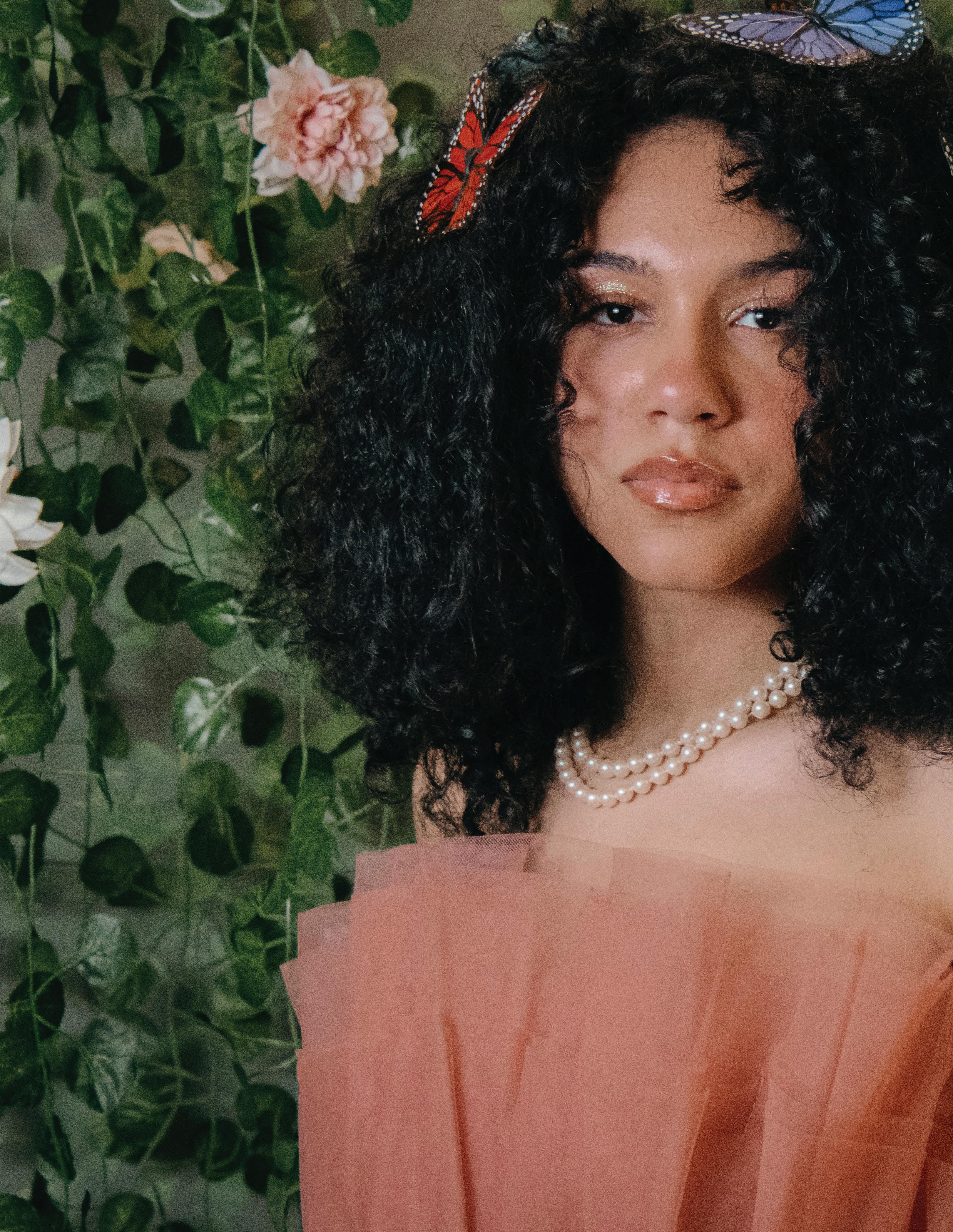


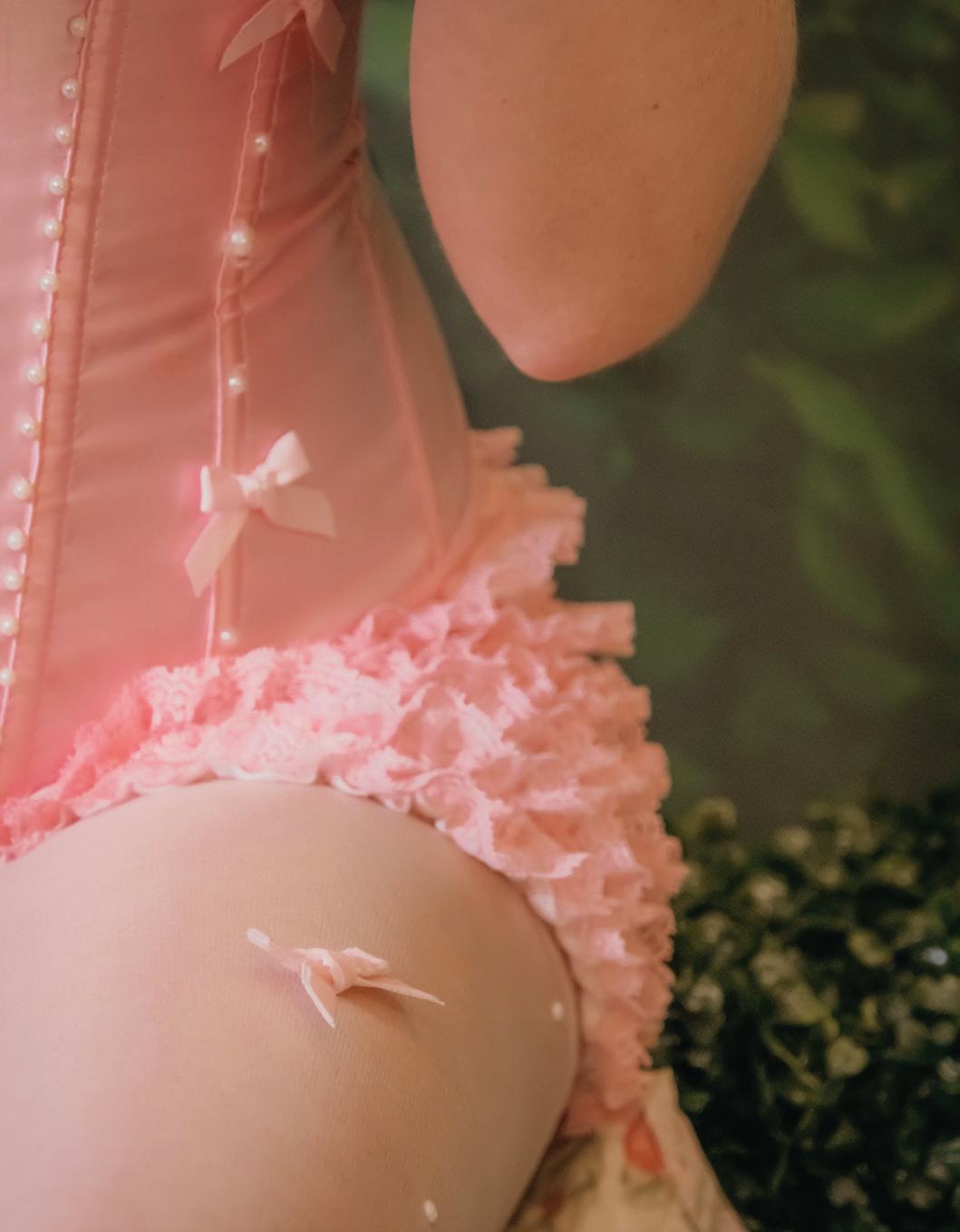
MODEL WEARS:
84 The Lexington Line • s/s 24 • vol 10 • no 2
Chérir Vintage—Shoes; Stylists’ own—Corset, shorts, and tights; We Go Far—Rosette choker
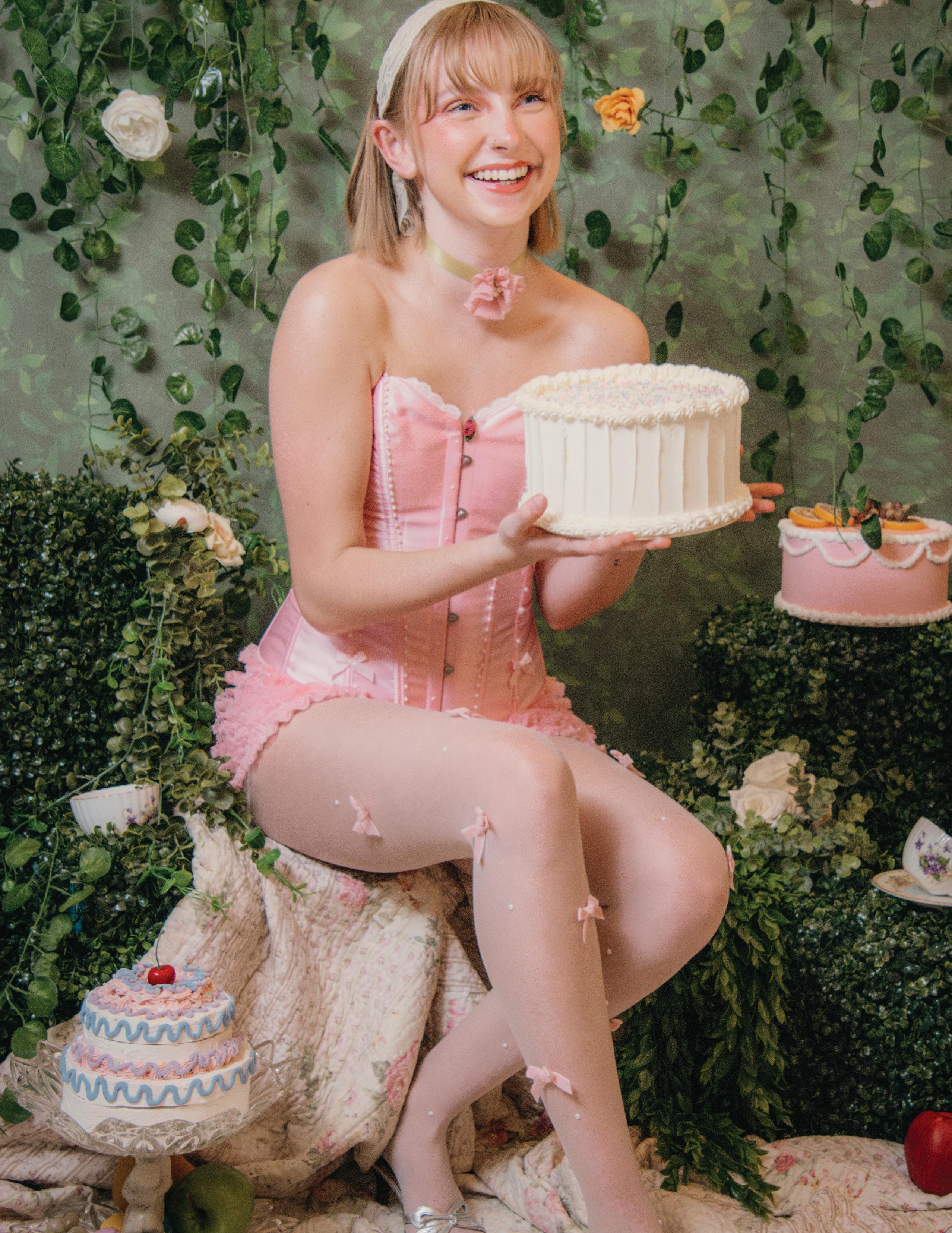
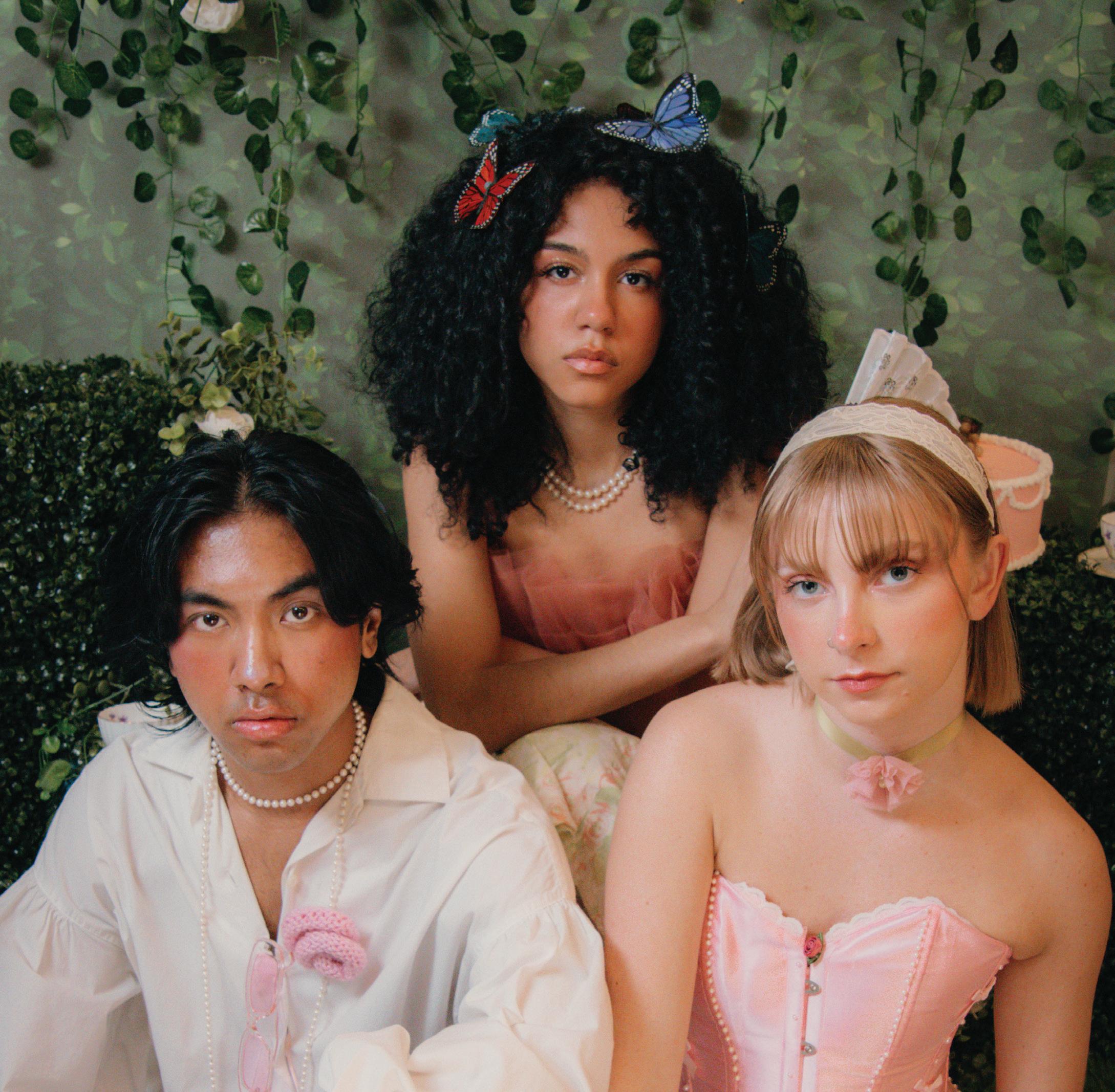
86 The Lexington Line • s/s 24 • vol 10 • no 2
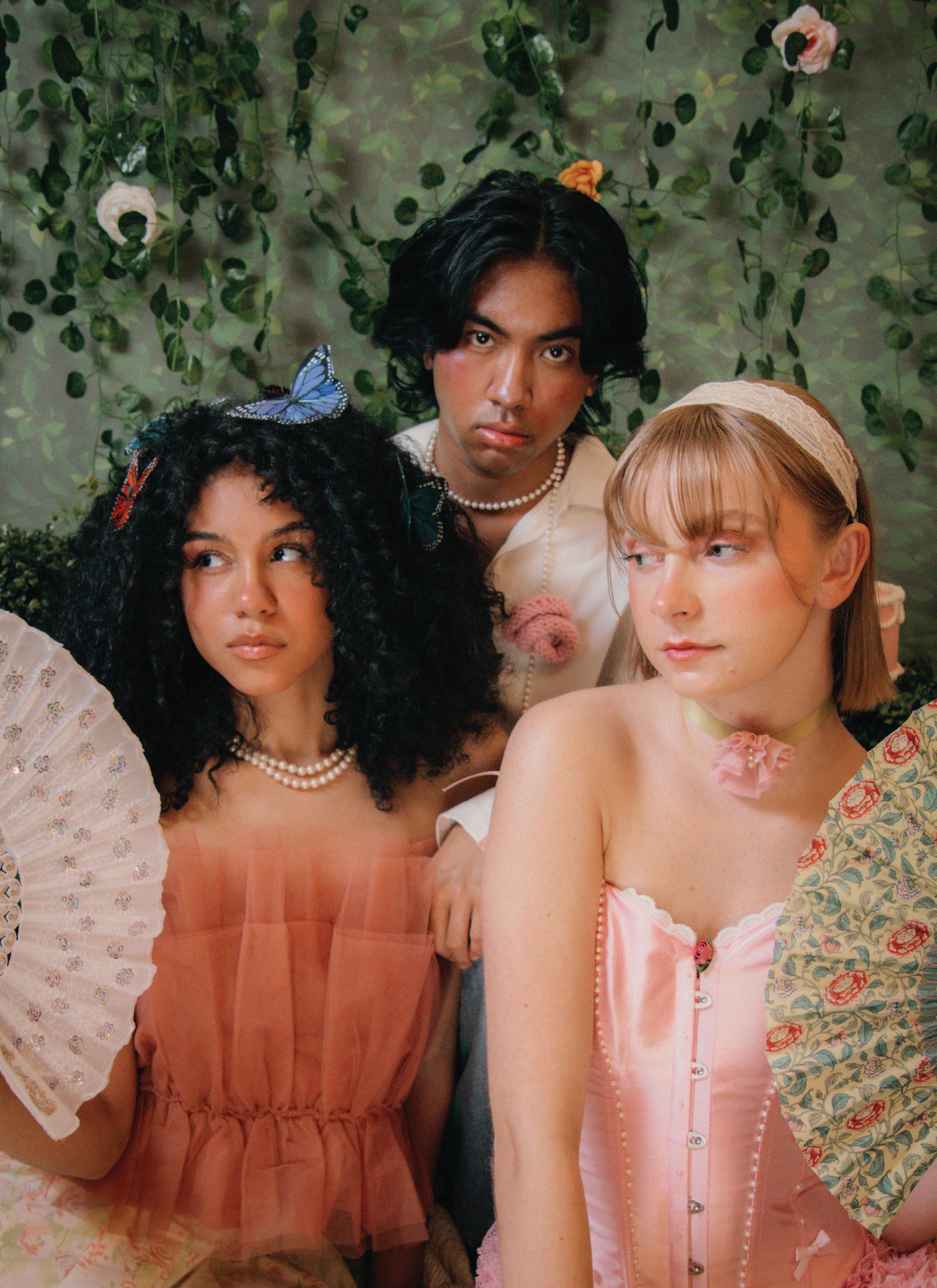
The Lexington Line • s/s 24 • vol 10 • no 2 87

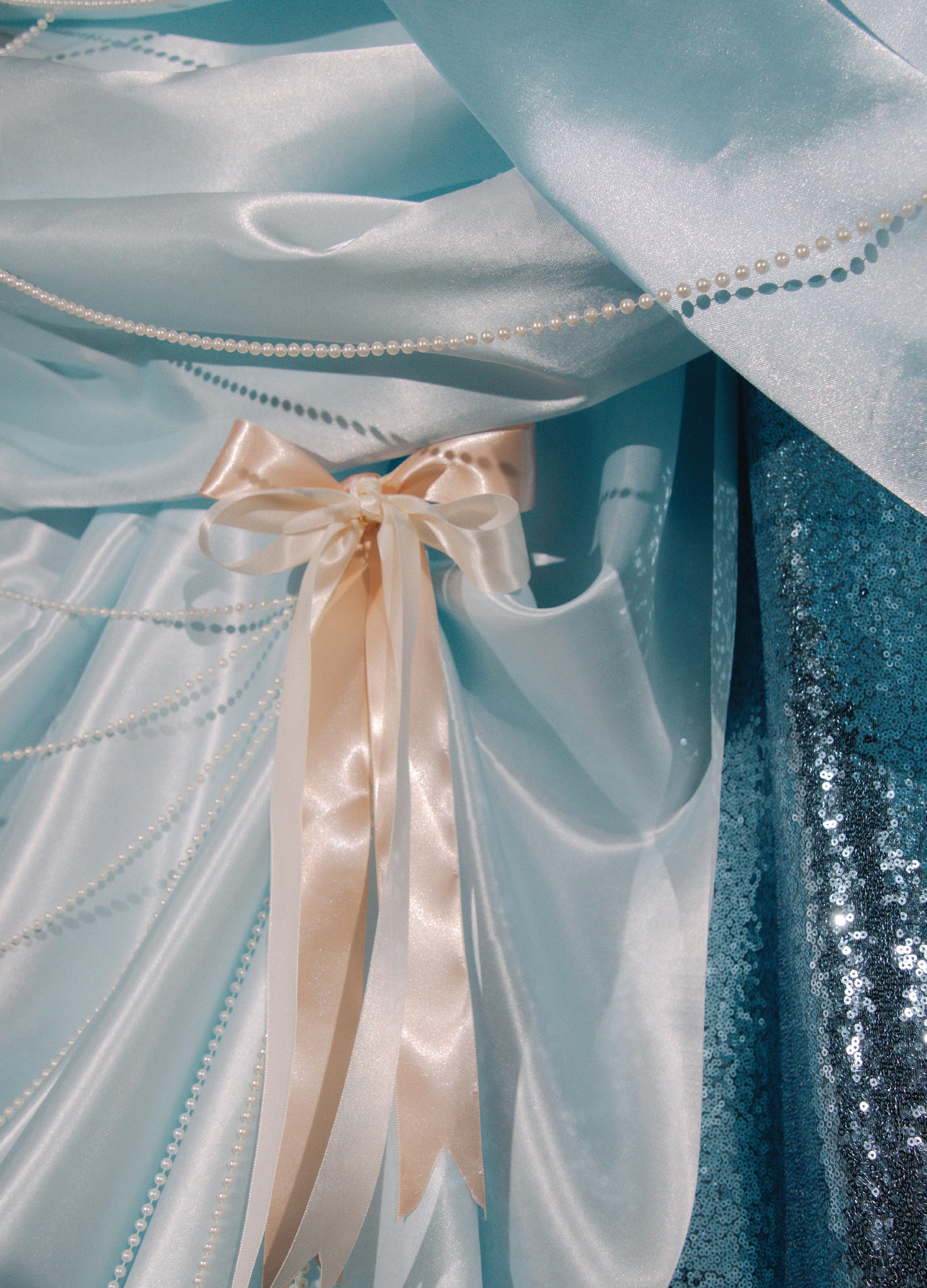
The Lexington Line • s/s 24 • vol 10 • no 2 89

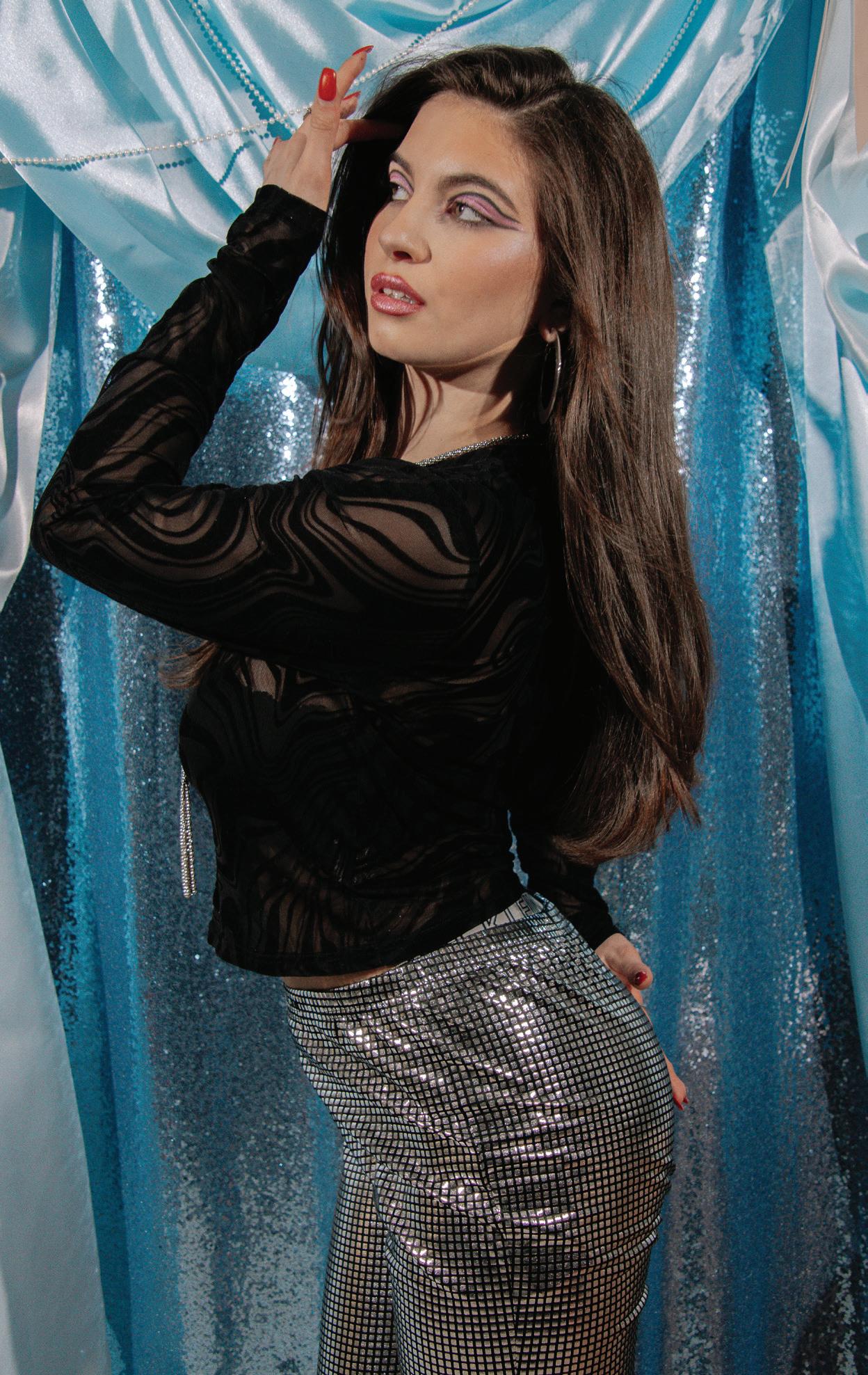
90 The Lexington Line • s/s 24 • vol 10 • no 2
MODEL WEARS: Stylists’ own—Top, pants, and shoes
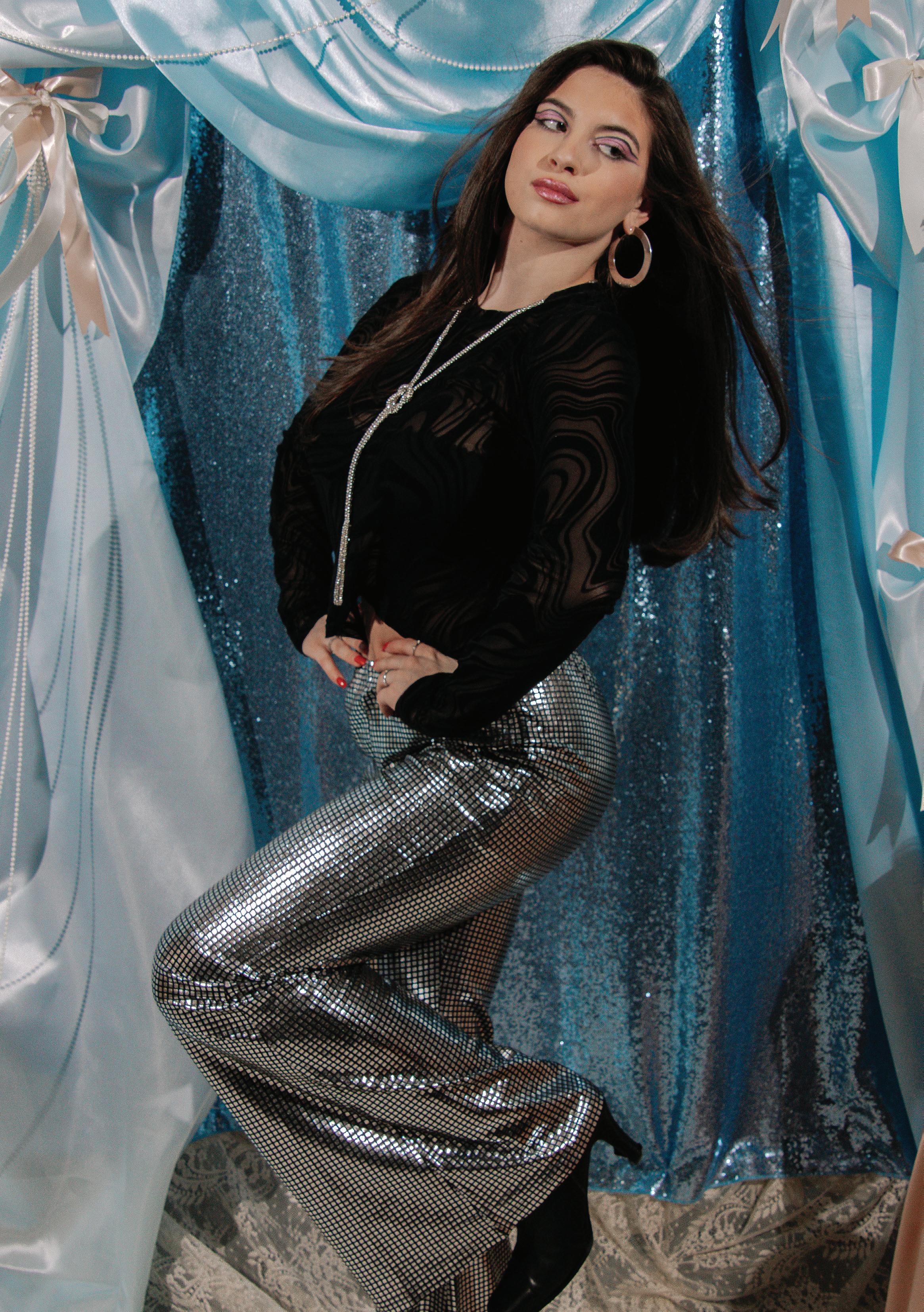
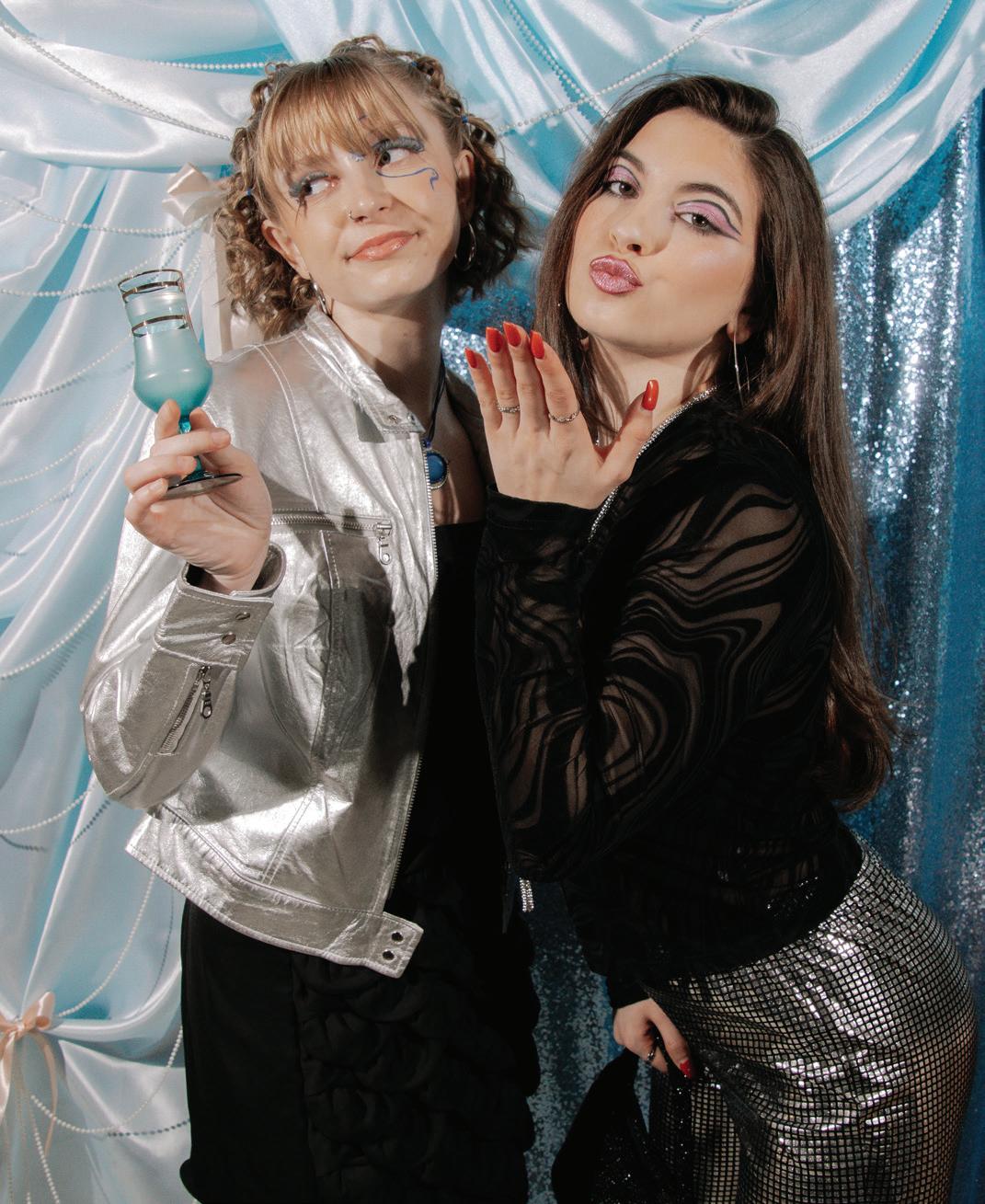

MODEL LEFT
92 The Lexington Line • s/s 24 • vol 10 • no 2
WEARS:
Chérir Vintage—Dress, jacket, shoes, and purse
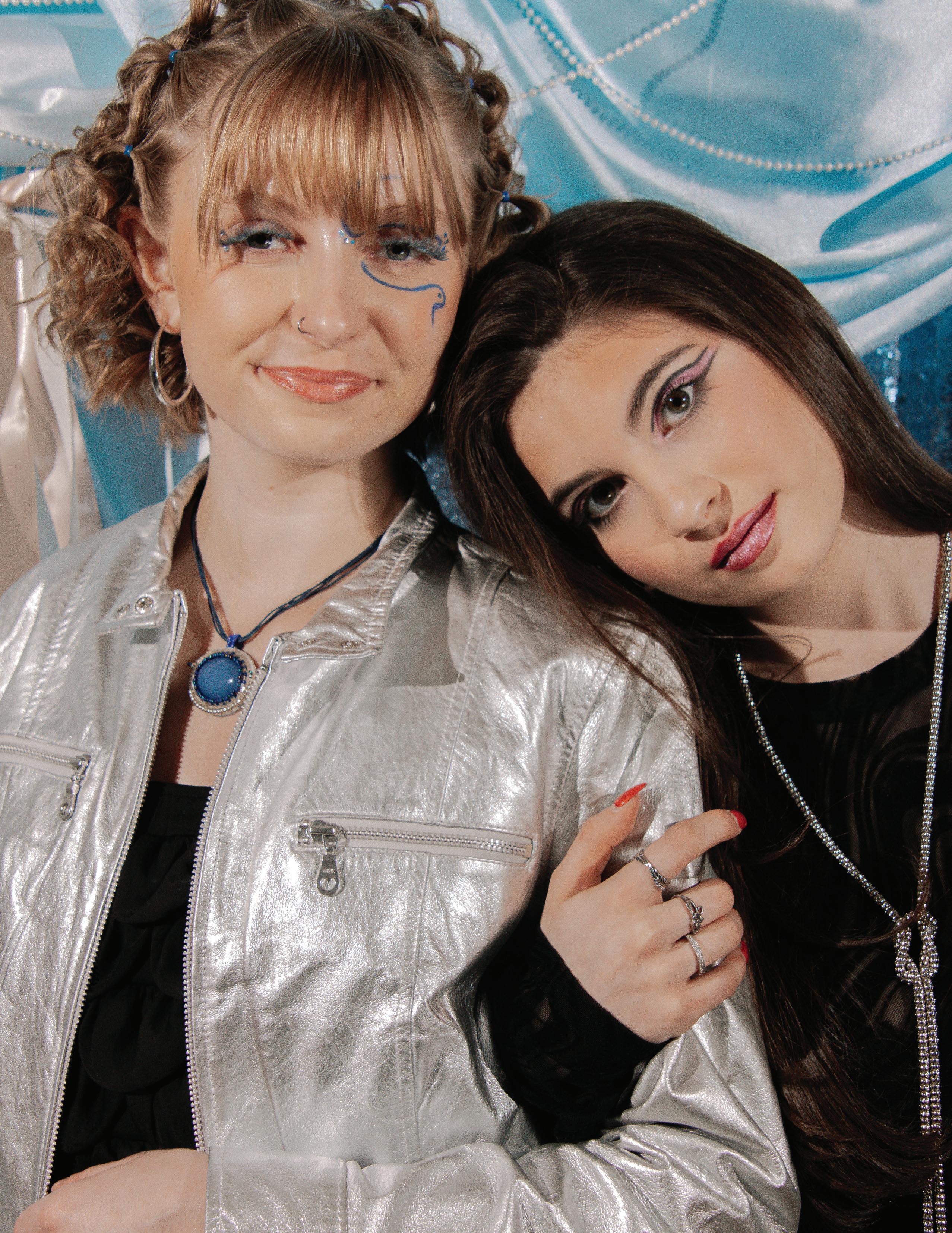
 MODEL LEFT
WEARS: Chérir Vintage—Corset and purse; Stylists’ own—Skirt and boots;
MODEL LEFT
WEARS: Chérir Vintage—Corset and purse; Stylists’ own—Skirt and boots;
94 The Lexington Line • s/s 24 • vol 10 • no 2
MODEL RIGHT WEARS: Chérir Vintage—Purse

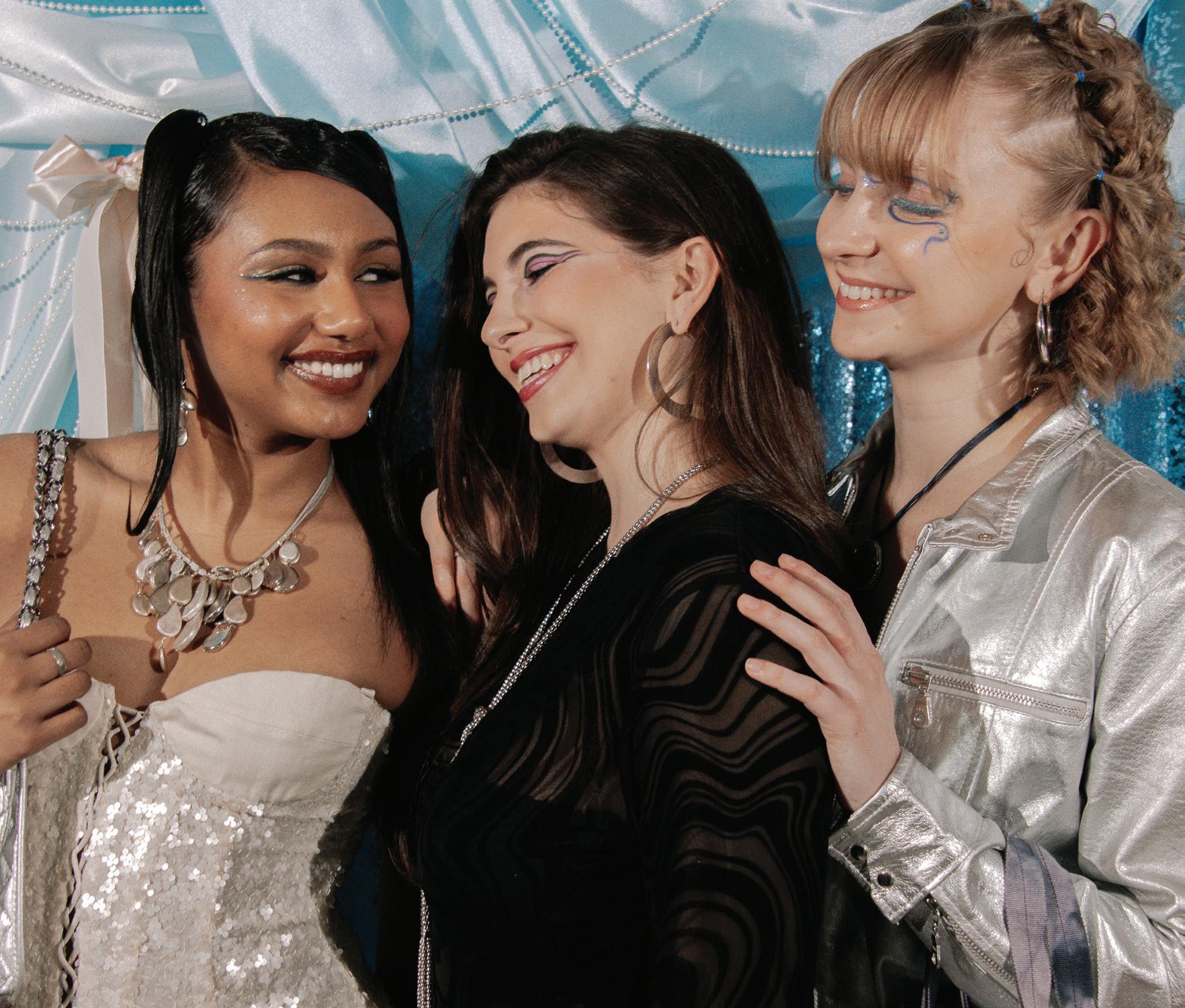
The Lexington Line • s/s 24 • vol 10 • no 2 95
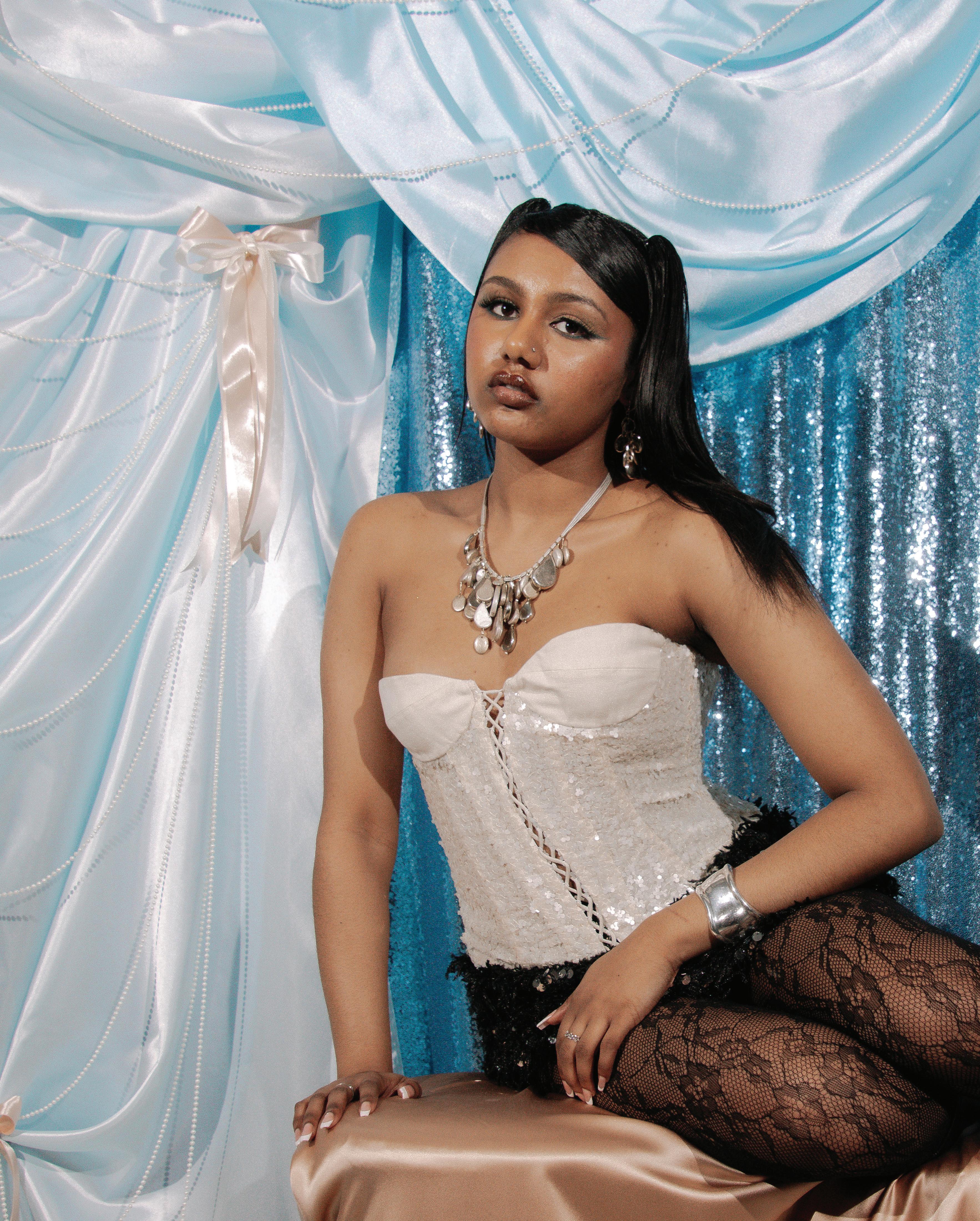
96 The Lexington Line • s/s 24 • vol 10 • no 2
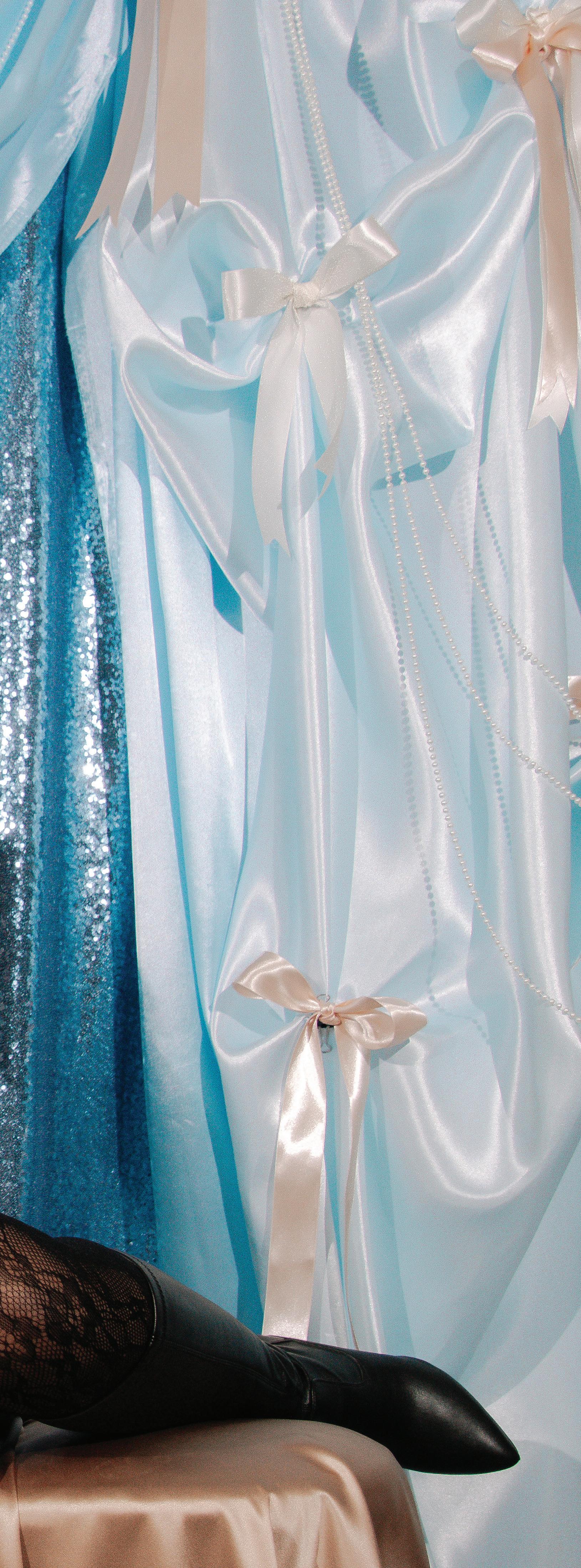
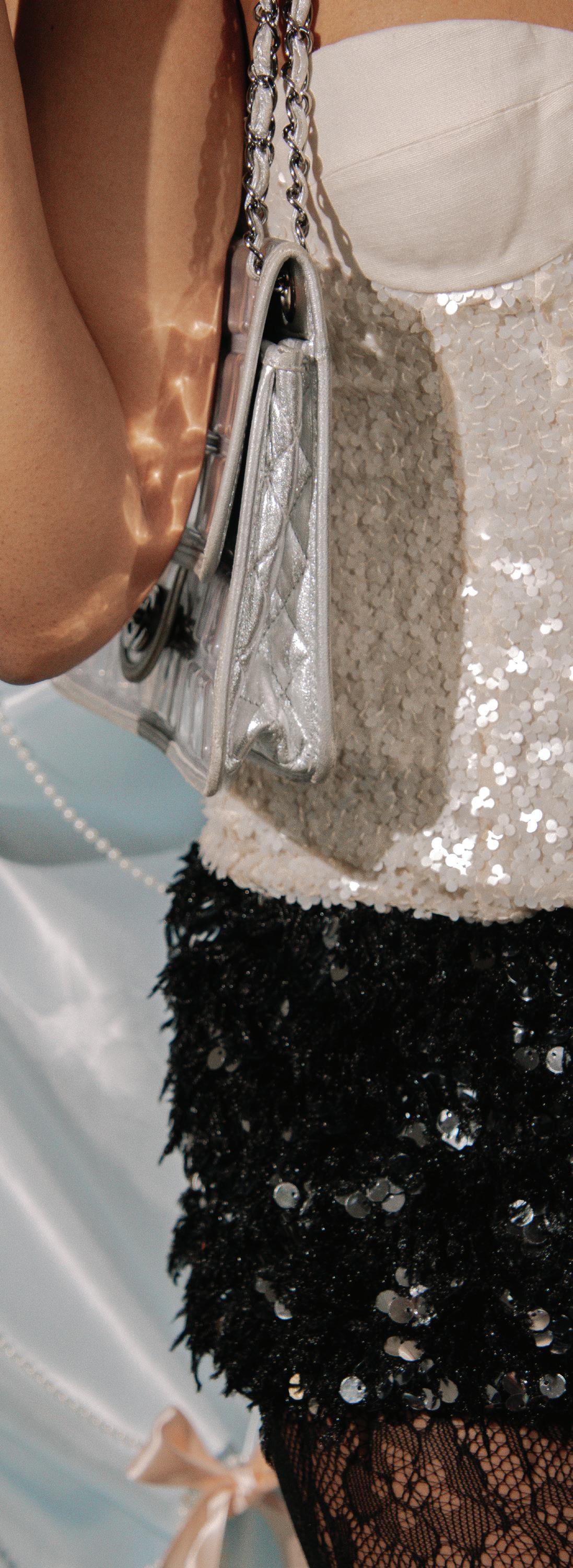
The Lexington Line • s/s 24 • vol 10 • no 2 97 MODEL WEARS: Chérir Vintage—Purse

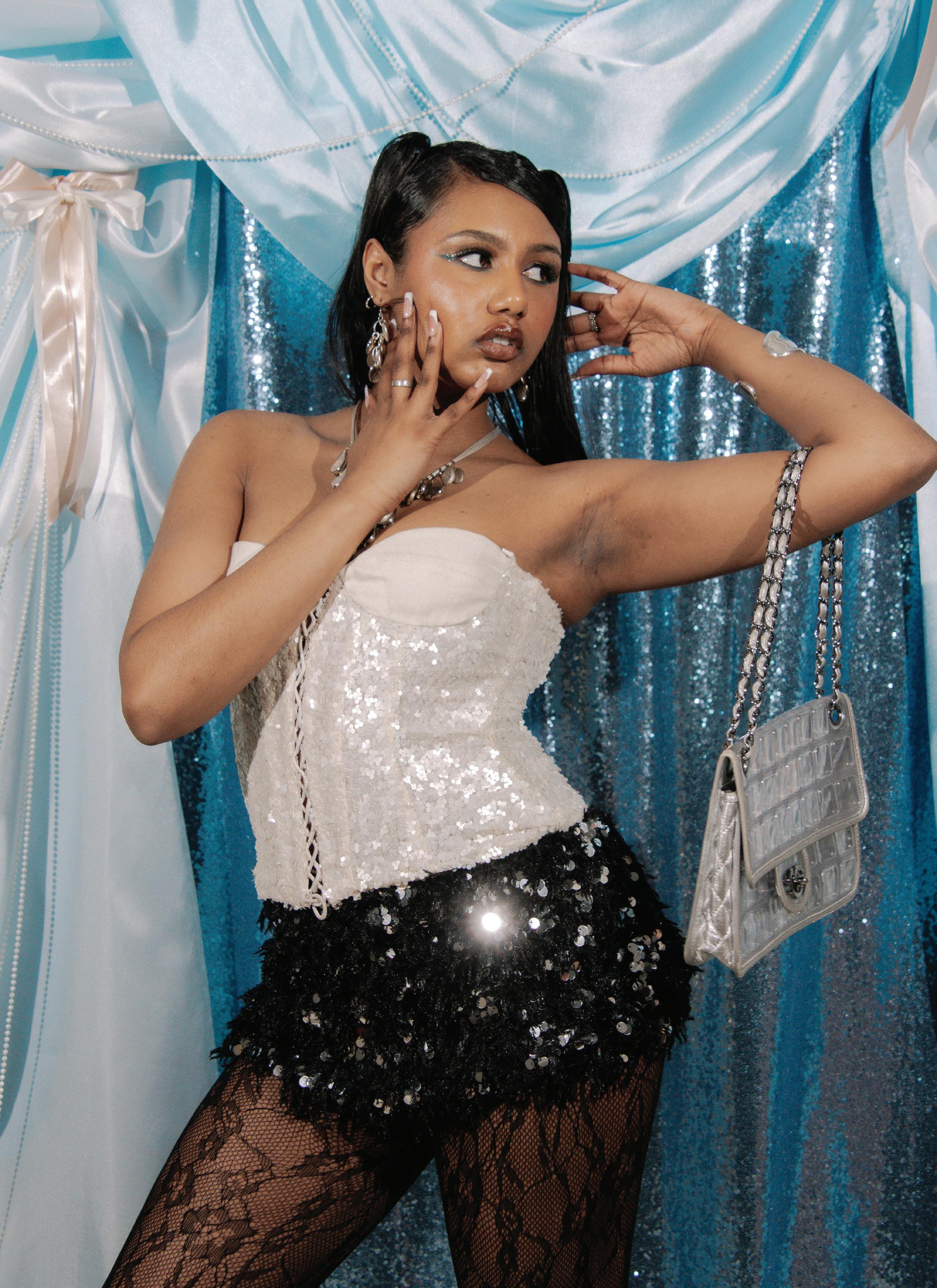
The Lexington Line • s/s 24 • vol 10 • no 2 99
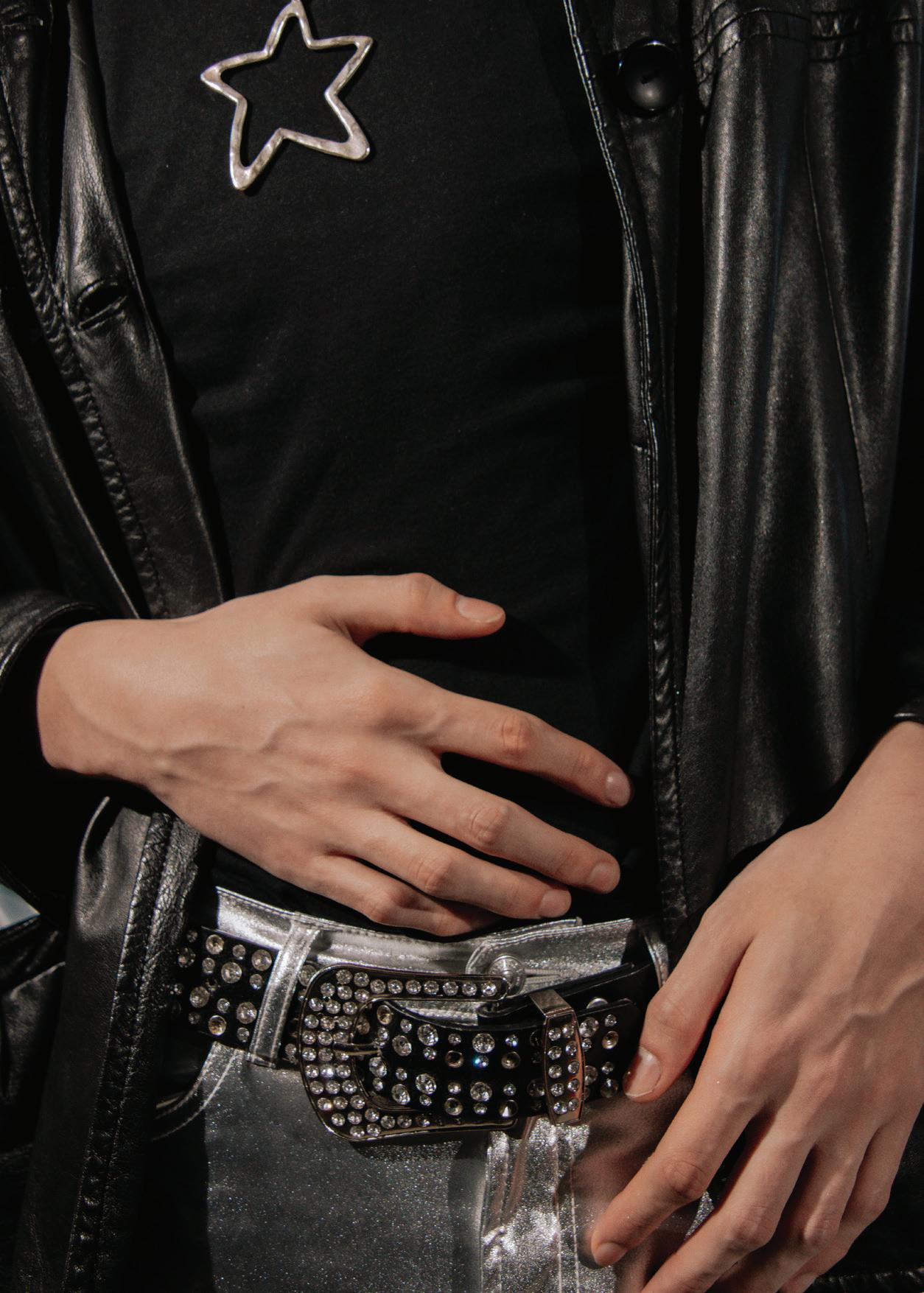

100 The Lexington Line • s/s 24 • vol 10 • no 2
MODEL RIGHT WEARS: Chérir Vintage—Pants and belt; Stylists’ own—Jacket and top
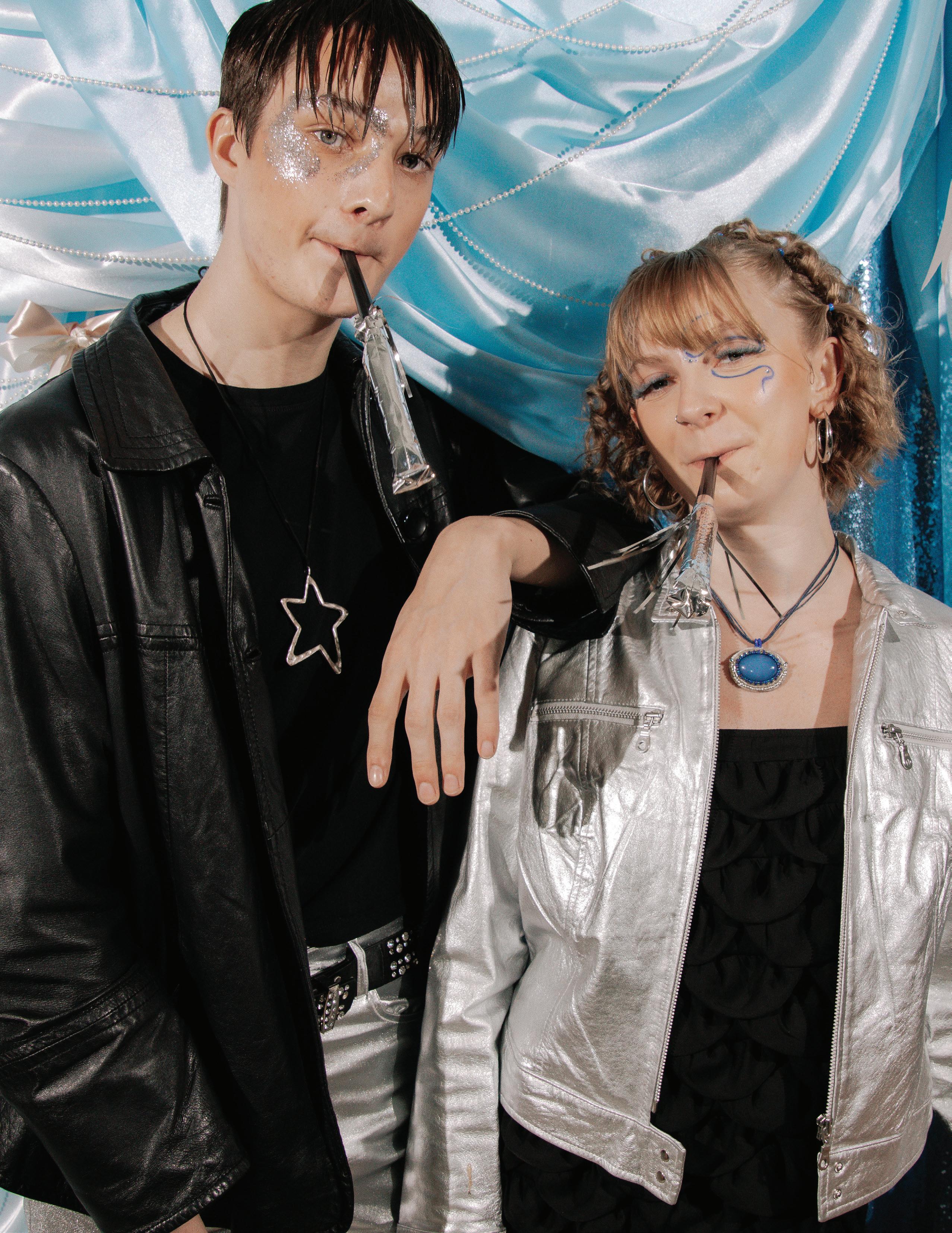

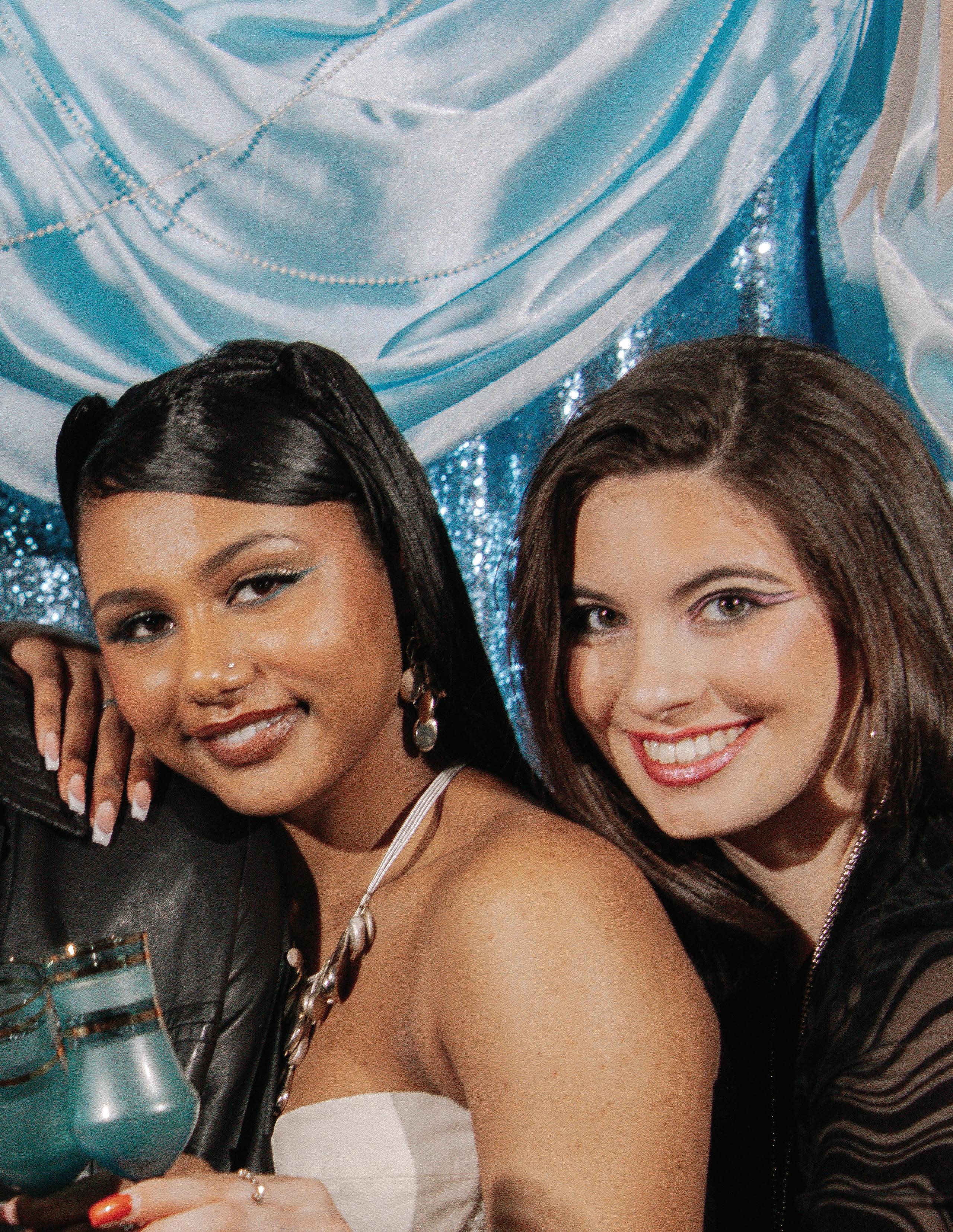
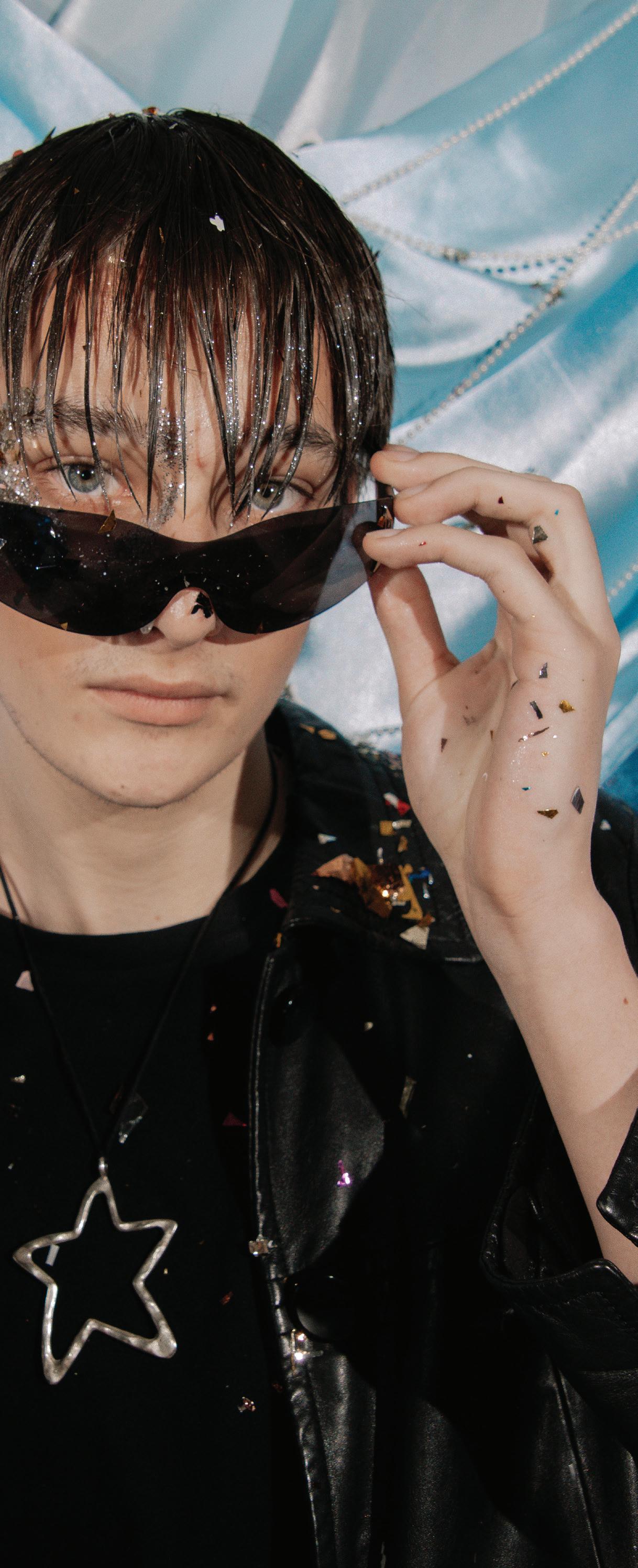
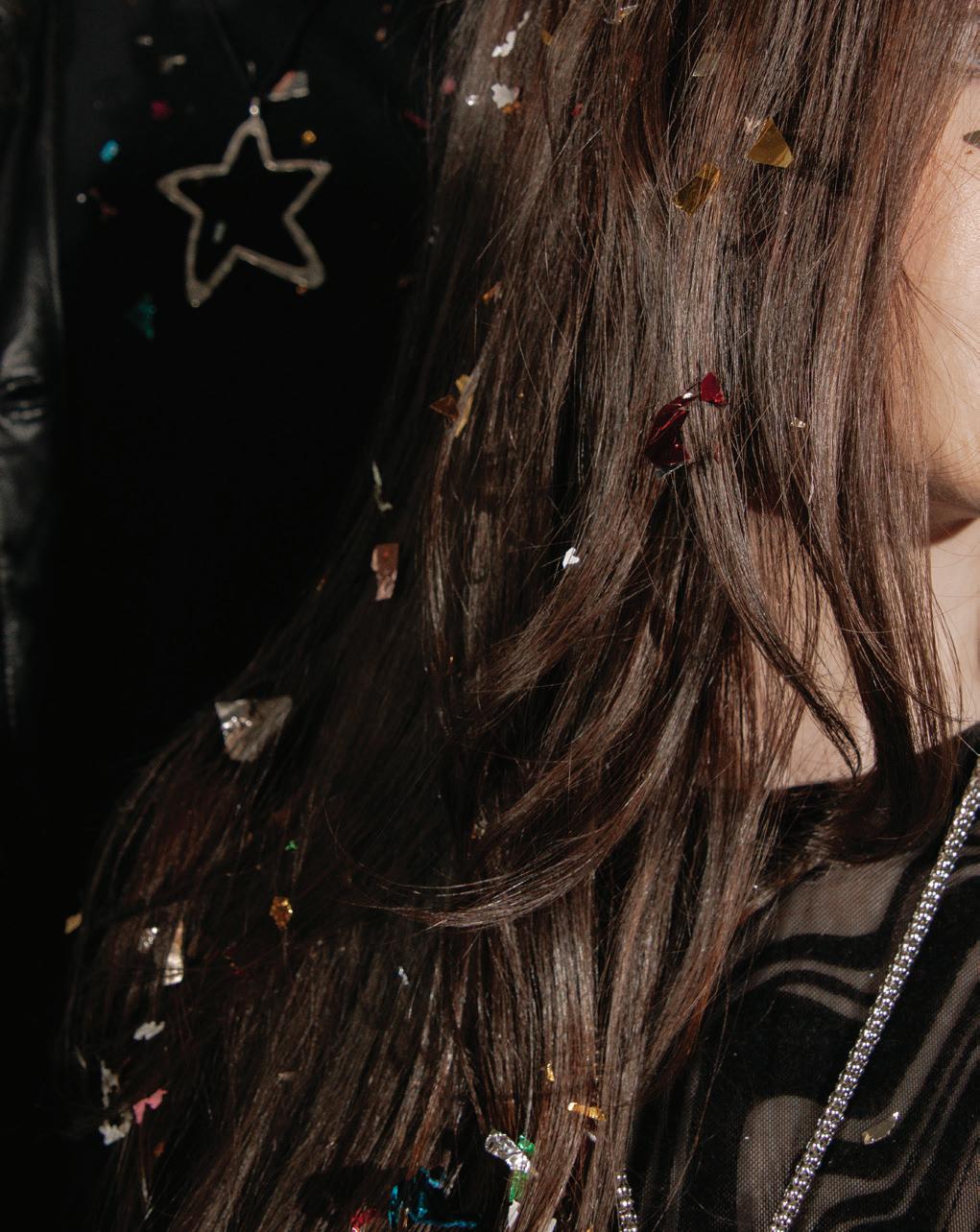

104 The Lexington Line • s/s 24 • vol 10 • no 2


The Lexington Line • s/s 24 • vol 10 • no 2 107
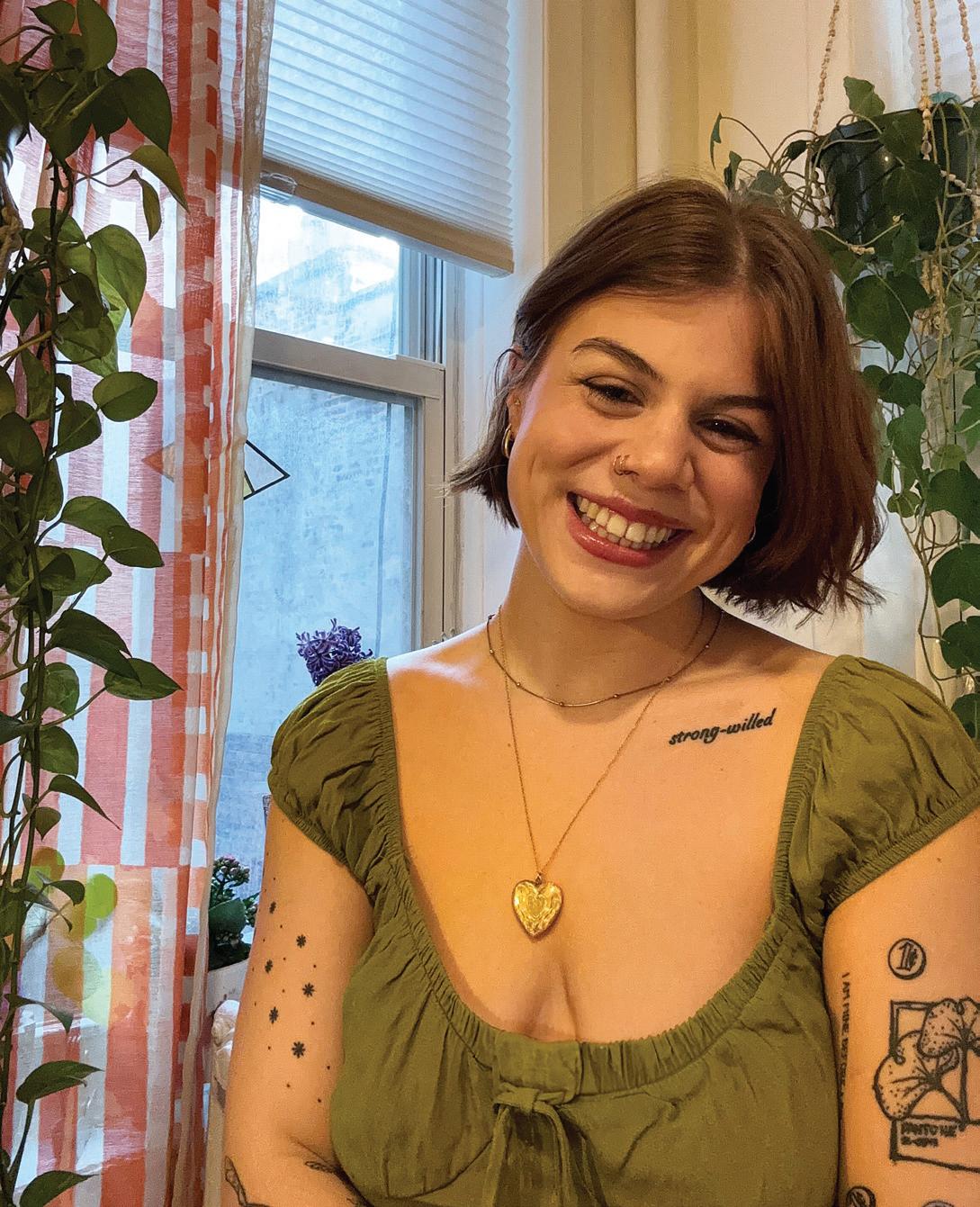

Editors’ Picks

The Outsiders
by S. E. Hinton
Royal Blue Trench Coat
Everyone needs a staple trench coat in their closet—mine just so happens to be a vintage, royal blue, $20 steal I got from a local thrift store a few years ago. I can’t live without it—I wear it during the winter with a nice heavy scarf, and of course, during the spring and fall because of how light it is.
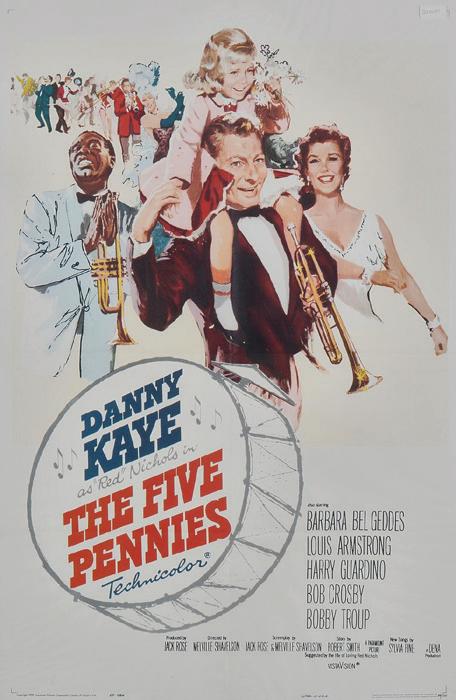
Five Pennies

I grew up watching classics with the Great American Actors, and Five Pennies is at the top of my list because of its sentimental value. It’s so special to me that I even got five pennies tattooed on my sleeve. The music is wonderful—it’s filled with big band jazz players, and it brings happy memories whenever I feel homesick.
This is the book that made me want to be an editor. It’s a beautiful tale about learning right from wrong and facing the challenges of being a 14-year-old on the outskirts of society. The characters demonstrate courage and individuality through a unique story.

Clinique Black Honey Almost Lipstick
This product has become my go-to ever since I impulse-bought it years ago. It’s the lightest lip and can effortlessly transform any look, regardless of whether I’m running errands or dressing up for dinner.

Stick Season (Forever)
by Noah Kahan

I think we all heard “Stick Seasons” during the pandemic from when it blew up on TikTok, but this album has expanded my love for the artist and has reminded me that no matter how far away I live, I can’t ever forget the Midwest that hums in my veins.
108 The Lexington Line • s/s 24 • vol 10 • no 2
LaurenSmelker EditorinChief

The Divine Feminine by
Mac Miller
I may be a little biased because I am from Pittsburgh, but Mac Miller’s The Divine Feminine is such a beautiful album. I have the songs in every playlist I listen to, and it is just one of those timeless albums.
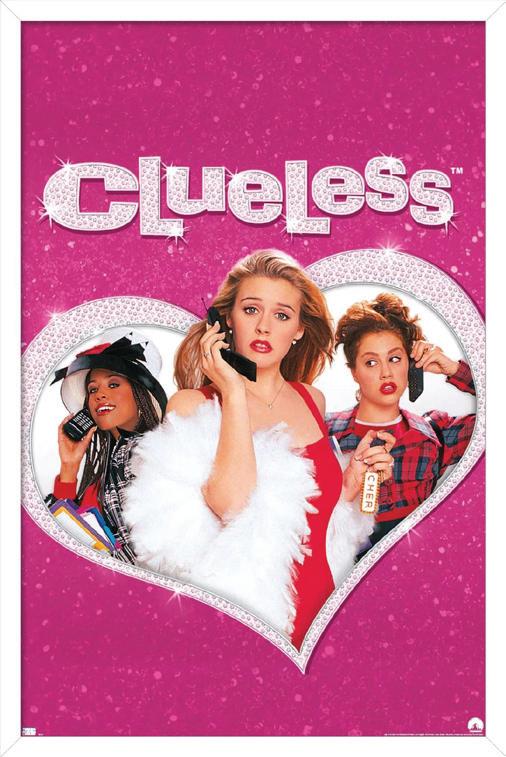
Clueless
I have loved this movie since I was a pre-teen. Every time I see it pop up on a new streaming service, I watch it again. Will I ever abandon it?
As if.
One thing I will never be cheap about is skincare. This moisturizer is the one thing I would take to a deserted island. It feels amazing on my skin and

Editors’ Picks

out—I will always consider rocking

career, so I love that she’s so open and honest after so many years. She has so many stories about hope and femininity—it’s a mustread to inspire yourself!

 Jaedyn Frasinelli Beauty Director
Jaedyn Frasinelli Beauty Director



That Summer
by Lauren Willig
I spent a few weeks in Philadelphia one summer and impulsively grabbed a random book from Dollar Tree. This book captivated me from the start with its themes of death, family secrets, and a touch of romance.

The Weeknd Kiss Land
Cheetah Girls 2003
This movie painted a picture of what every girl wanted their high school experience to be like: a close group of friends, cute boys, New York City living—and being the best dressed.
This album has had me in its grip for a decade. Its raw and unhinged nature makes me want to unravel all its complexities. And in case you're curious, yes,
Editors’ Picks
someone with a bag we just had to have. I think that’s what goes through people's minds when I carry my soda can purse. I’ll keep this one forever.

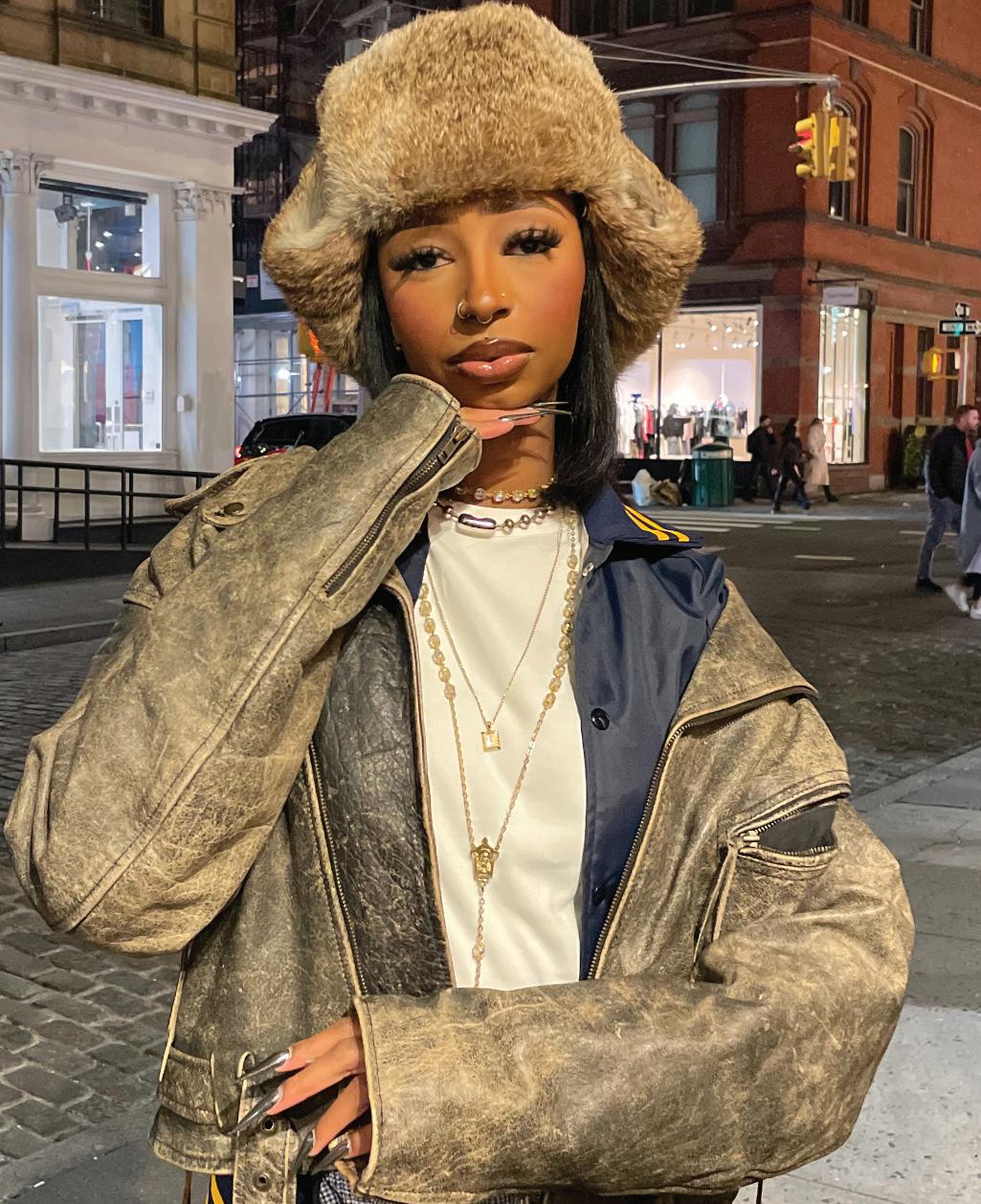
110 The Lexington Line • s/s 24 • vol 10 • no 2
Lauren SimoneFashionEditor
 Lilly GriffithsAssistant Sports Editor
Lilly GriffithsAssistant Sports Editor

Editors’ Picks

Gucci Wrapped Horsebit Ring
Although I typically never splurge on designer items, when I first moved to the city, I purchased this ring to symbolize the newest chapter of my life. I wear it on my thumb every day.
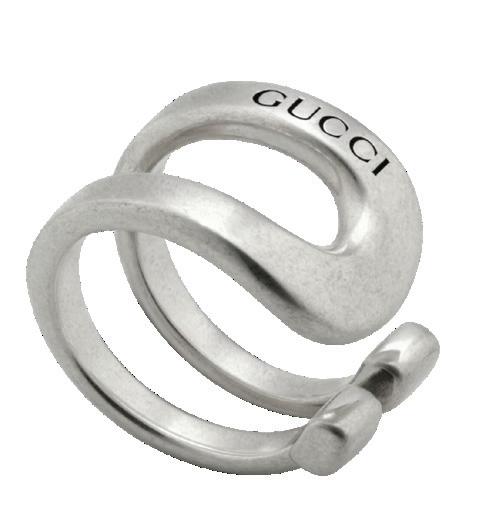

Mediheal Photo-Enzyme Peeling Pad
As someone who deals with acne breakouts pretty often, this product has been a game-changer. I use this twice daily to remove any dead skin cells, and it leaves my skin soft, smooth, and moisturized.

The High Tide Club by The Poles
I got into this Korean indie rock band last year, and this album is still on repeat. It has a song for every mood. Each song could be a stand-alone single, but they also work very well together as a singular piece of art.

The Perks of Being a Wallflower by Steven Chbosky
I read this book to get myself out of a rut. My favorite line is: “So, this is my life. And I want you to know that I am both happy and sad and I'm still trying to figure out how that could be.”
Miss Congeniality (2000)
Miss Congeniality was one of my favorite movies growing up, and it still is. This movie instilled a lot of confidence in me when I was younger, and I mean…who doesn’t love Sandra Bullock?
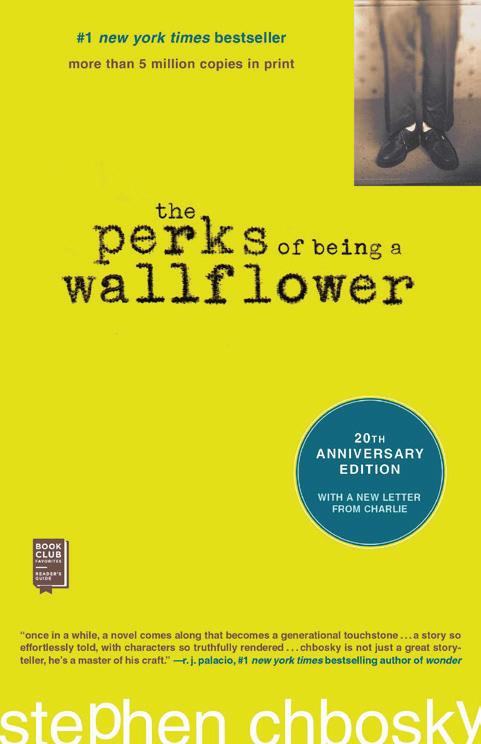
The Lexington Line • s/s 24 • vol 10 • no 2 111
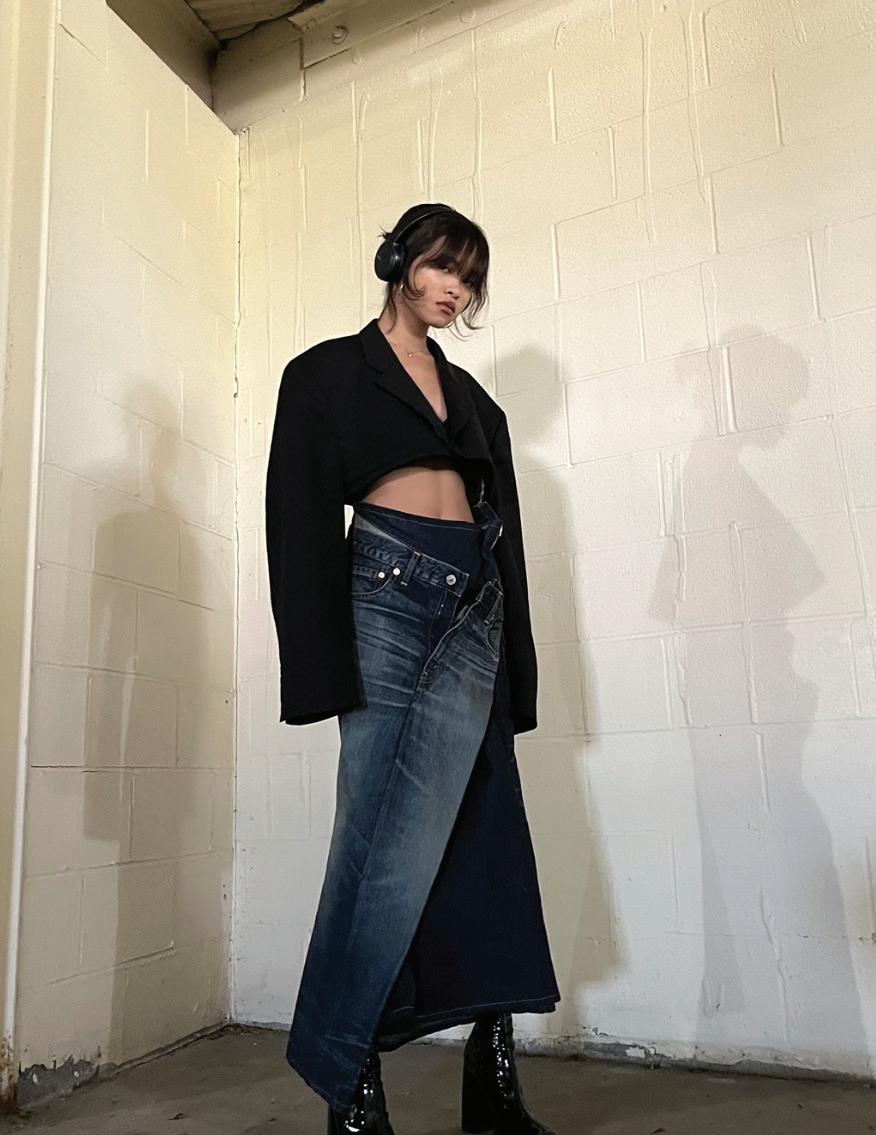
aliya ninnasopha class of 2027 student style
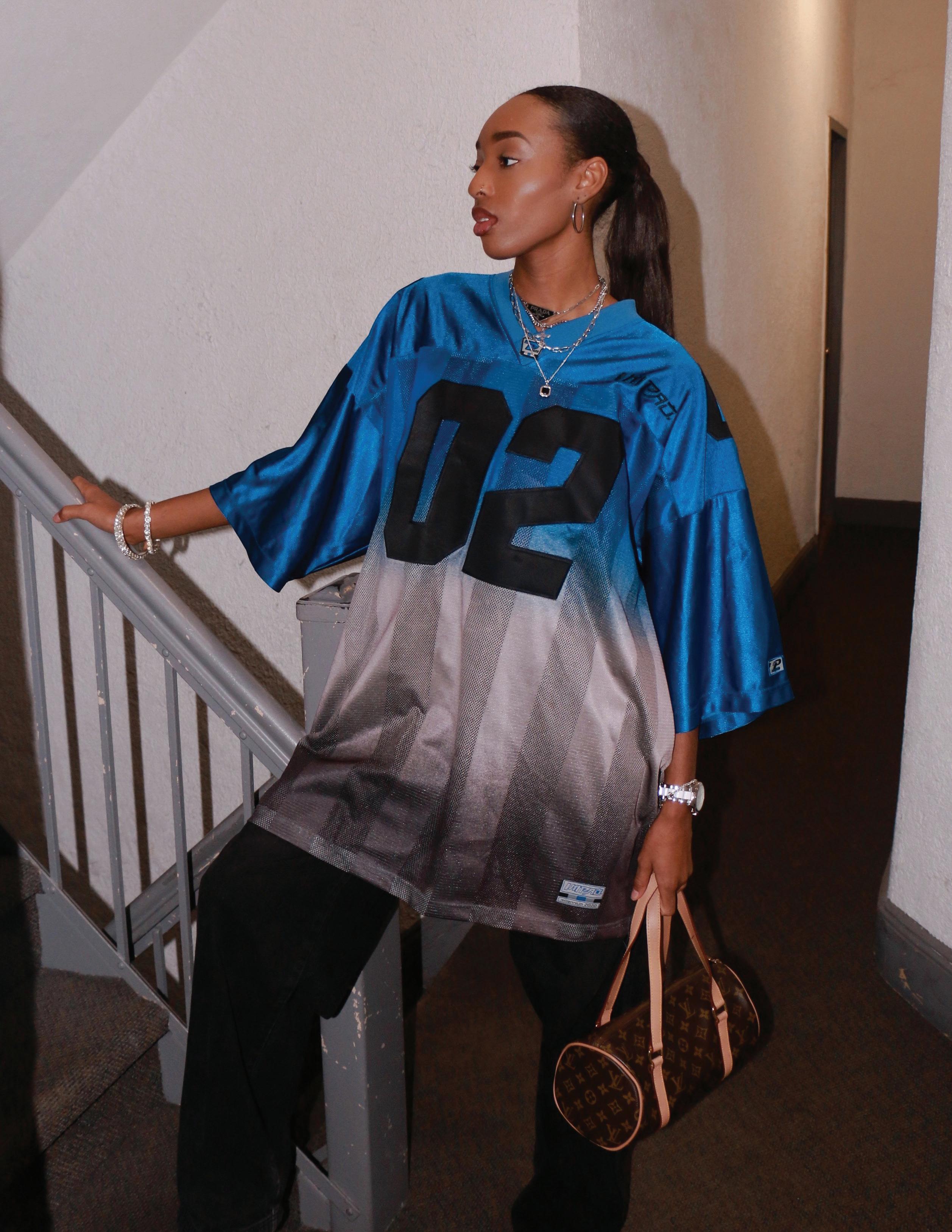
asia simms class of 2024
The Lexington Line • s/s 24 • vol 10 • no 2 113
student style
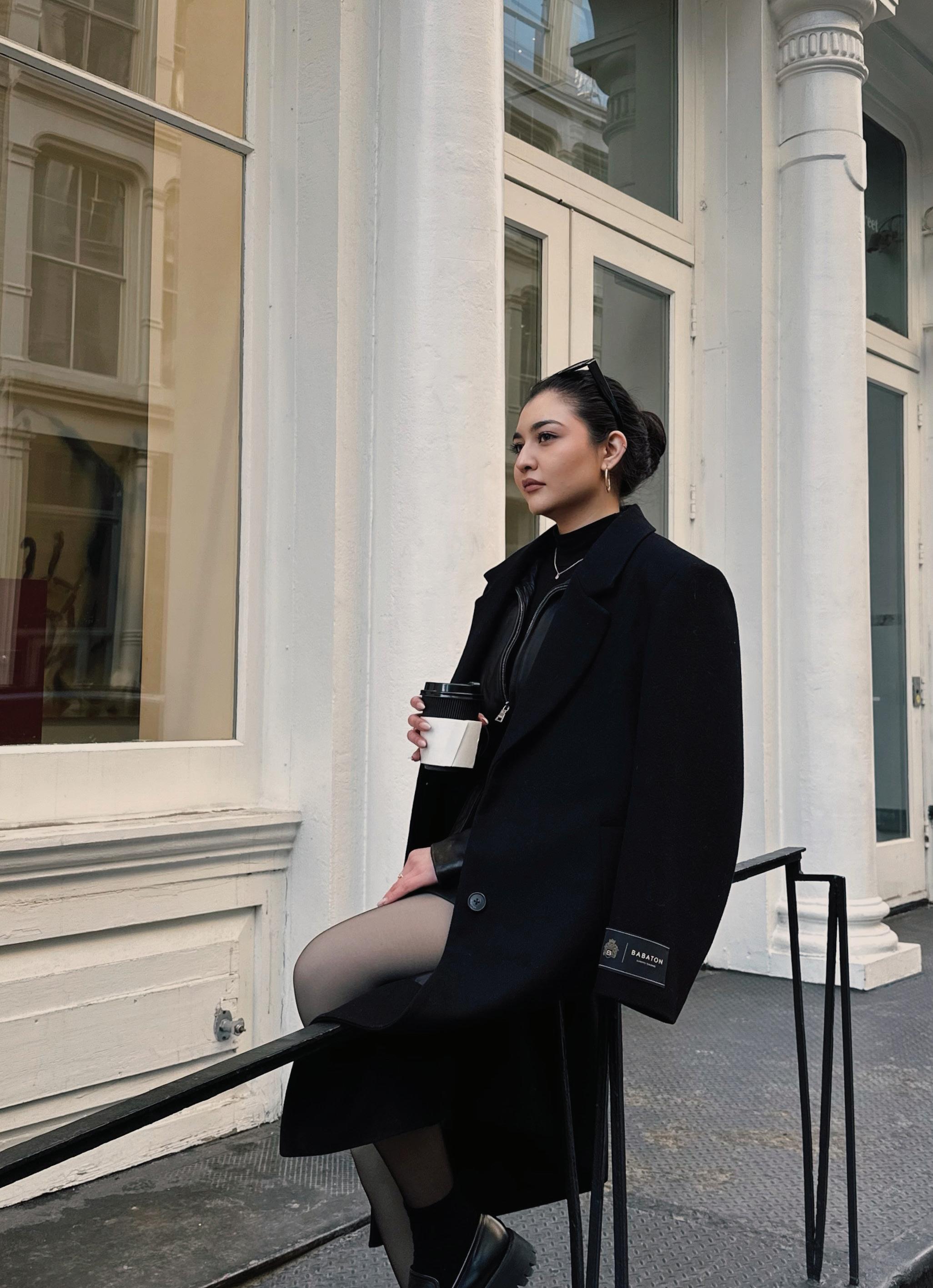
114 The Lexington Line • s/s 24 • vol 10 • no 2
yasmin asadullaeva class of 2026 student style
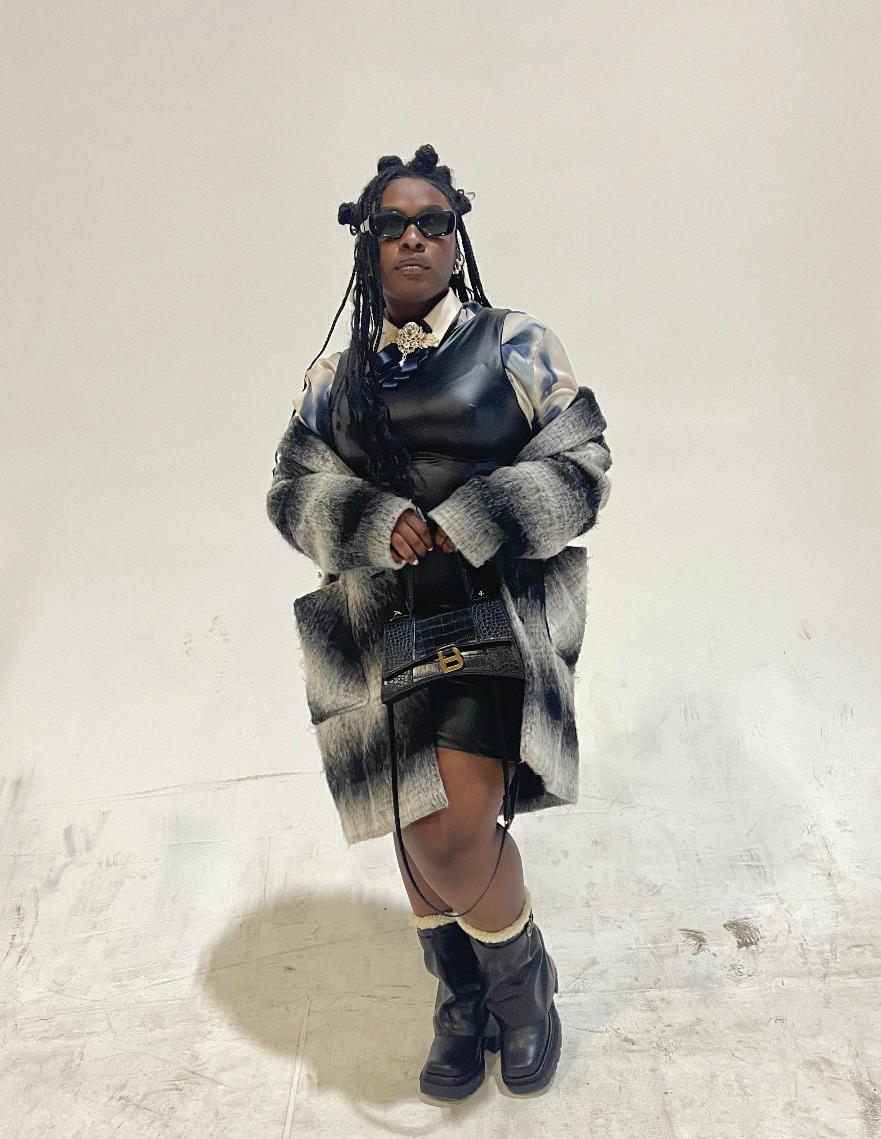
style
raquel hines class of 2024 student

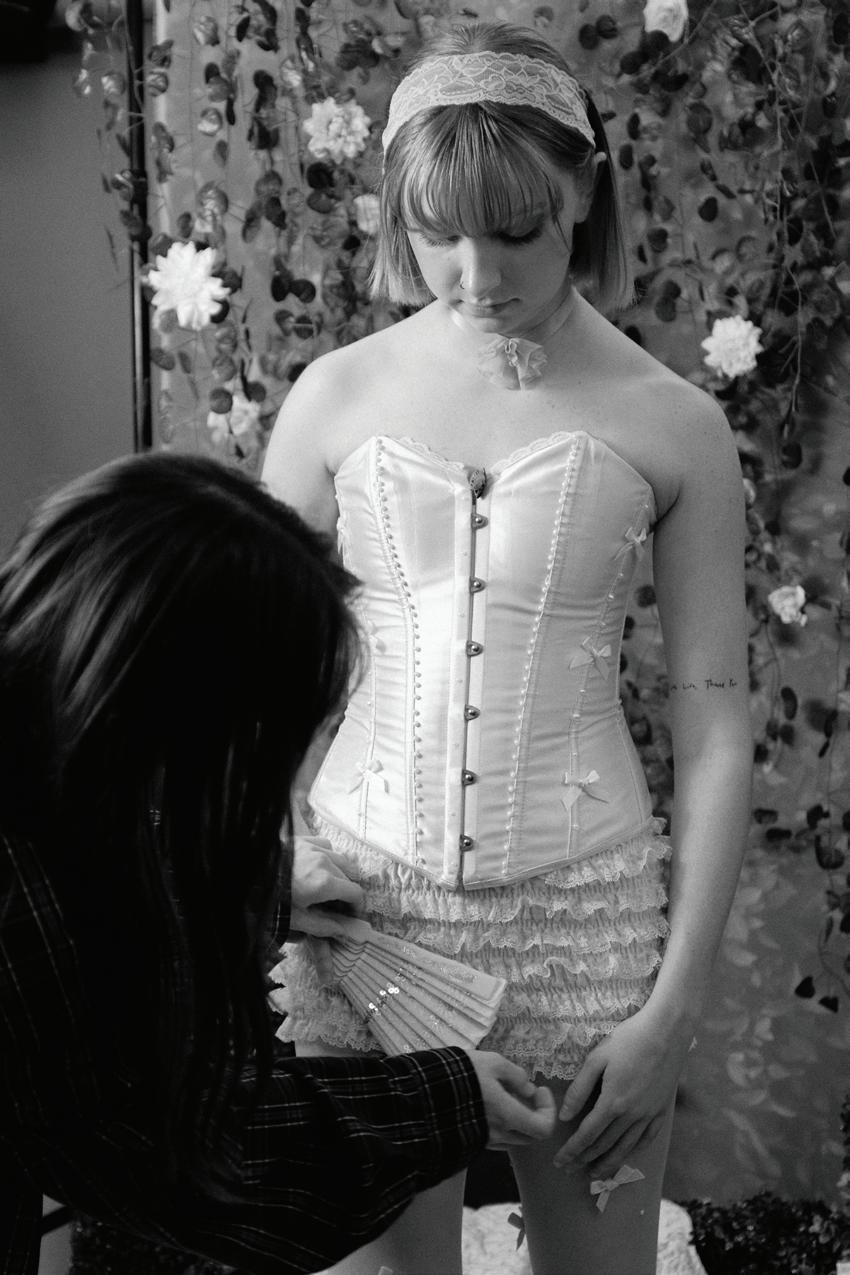

BEHIND THE
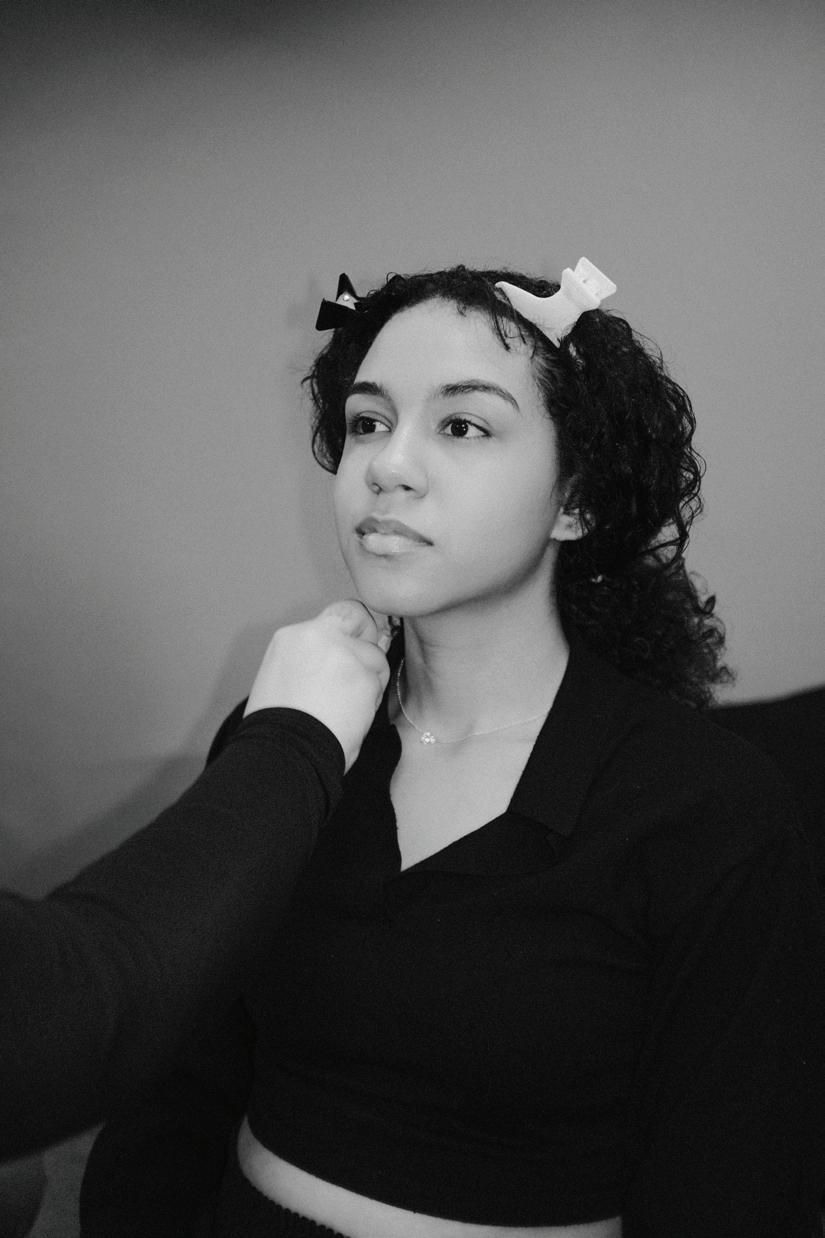
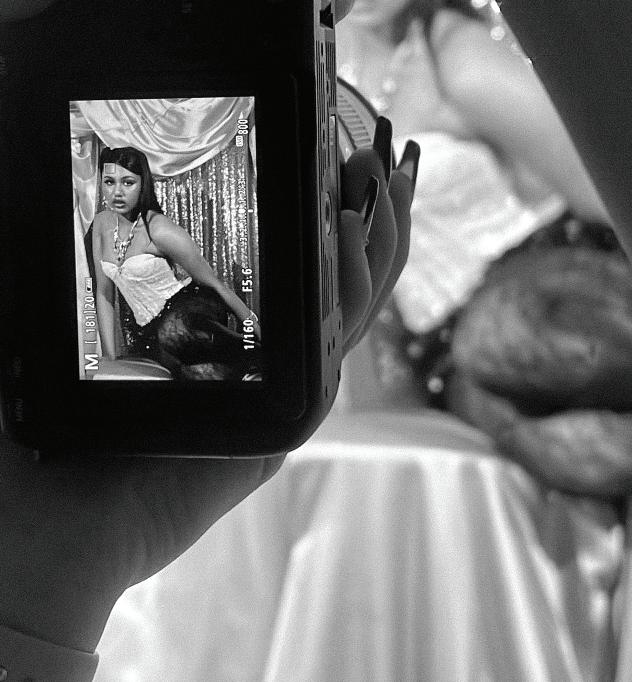
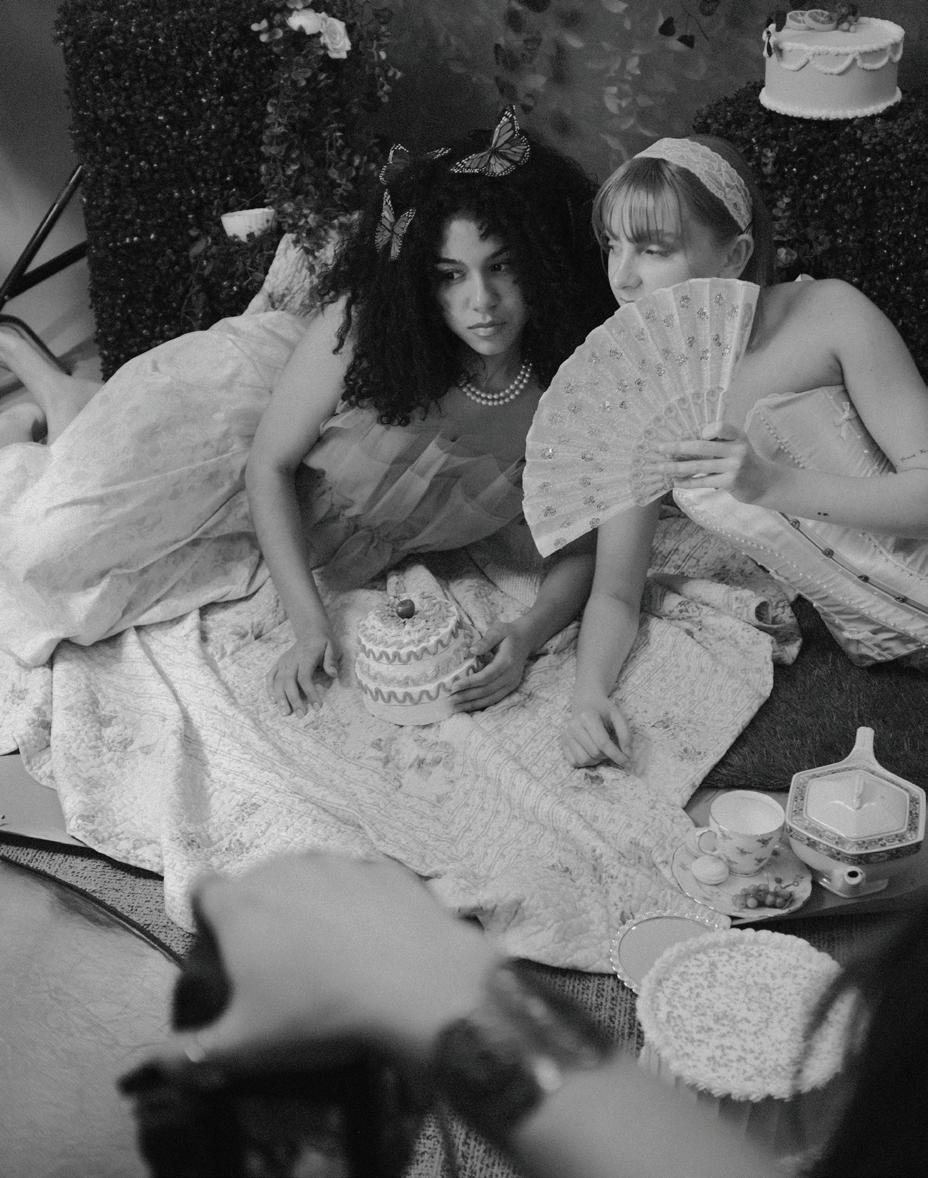
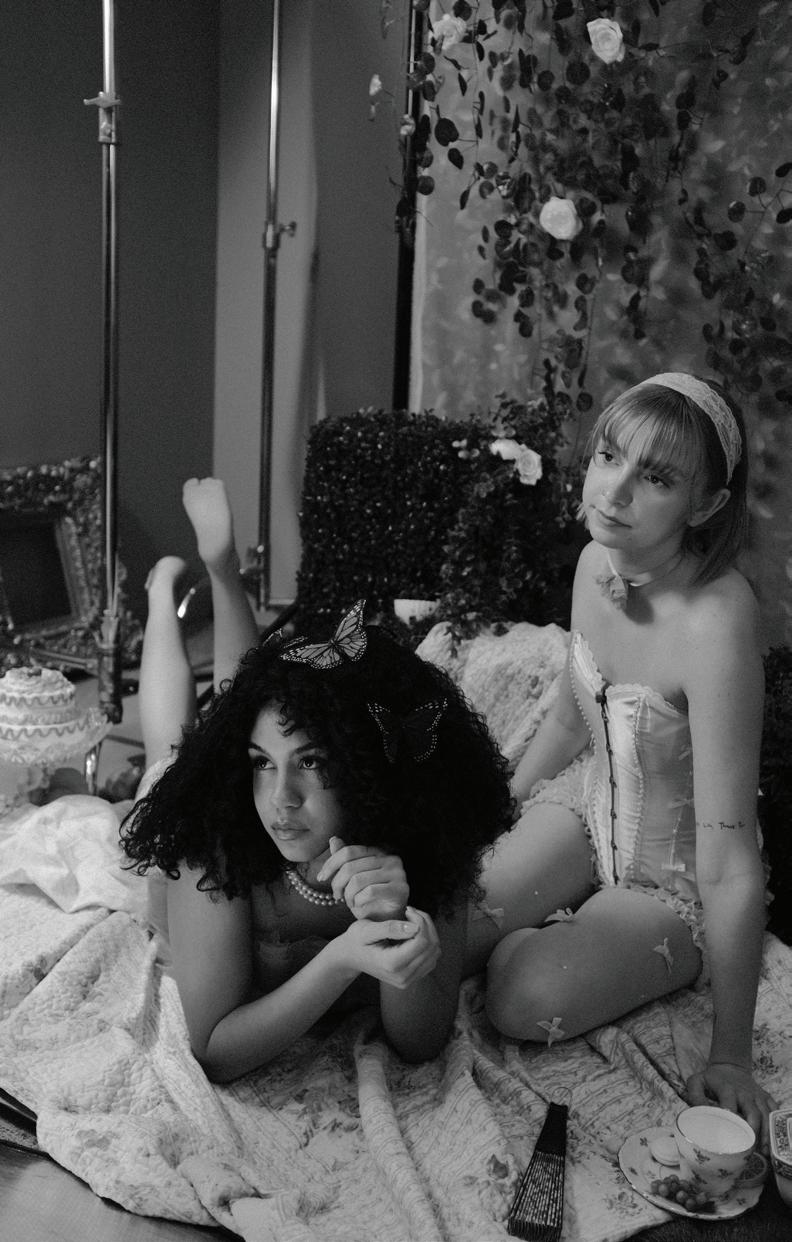
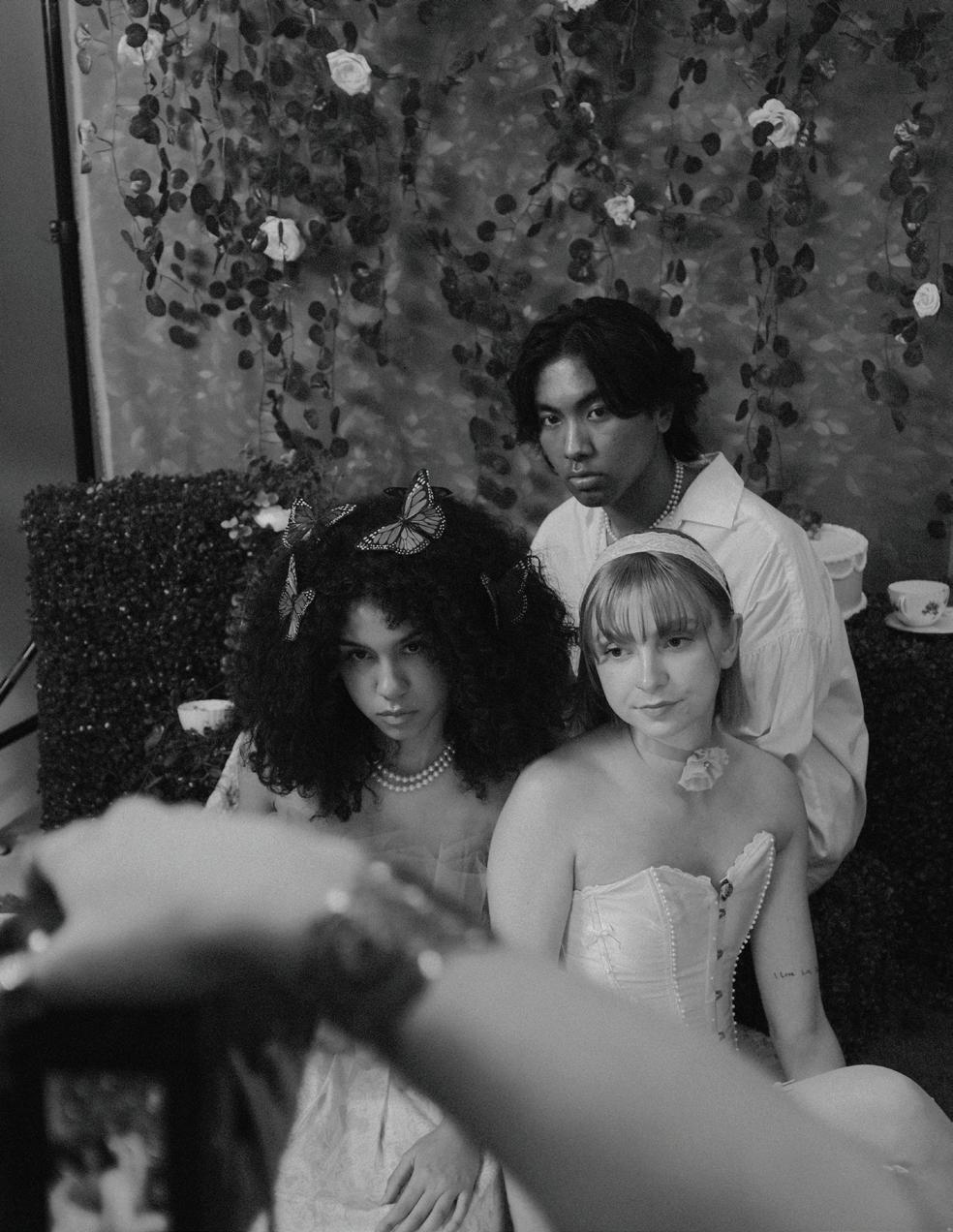
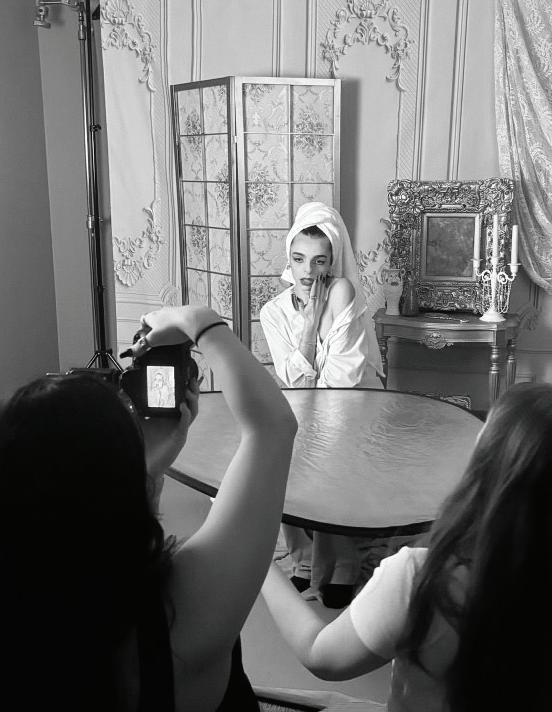
116 The Lexington Line • s/s 24 • vol 10 • no 2
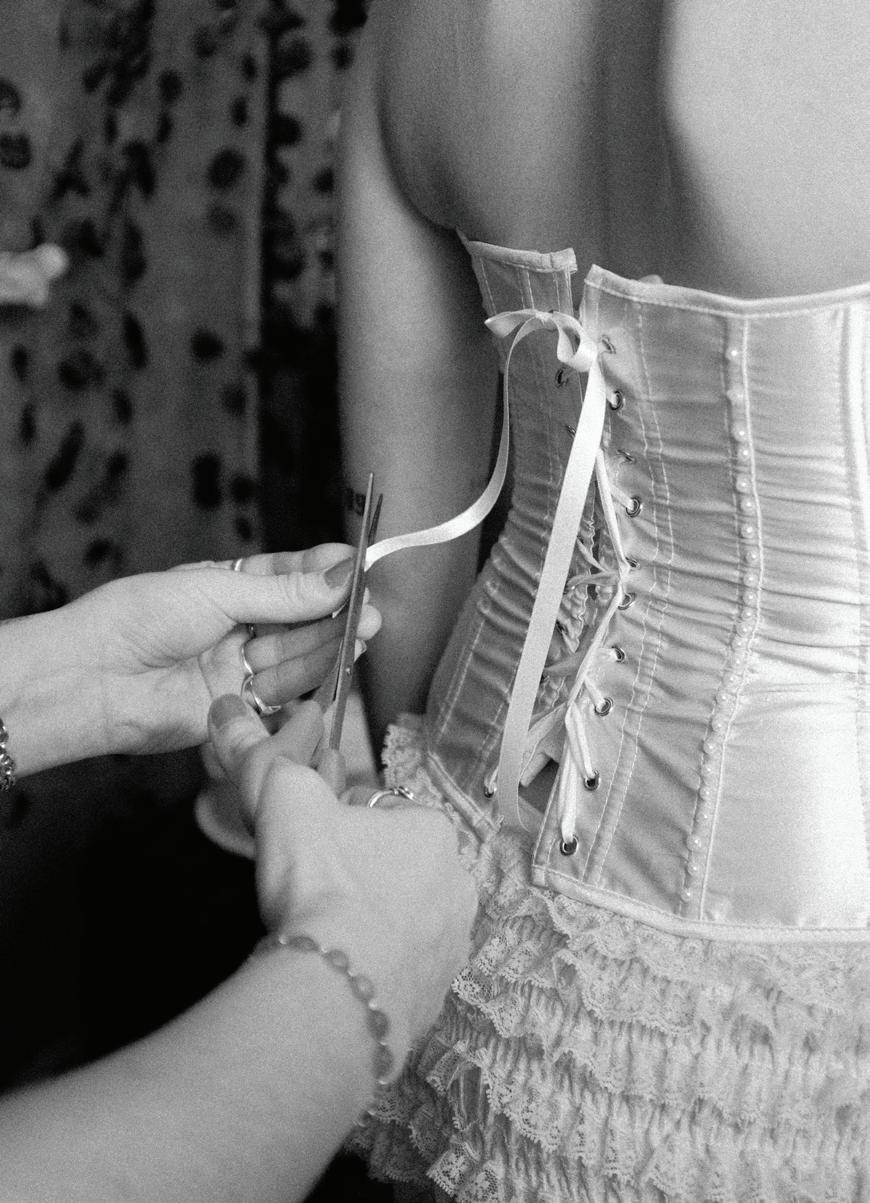
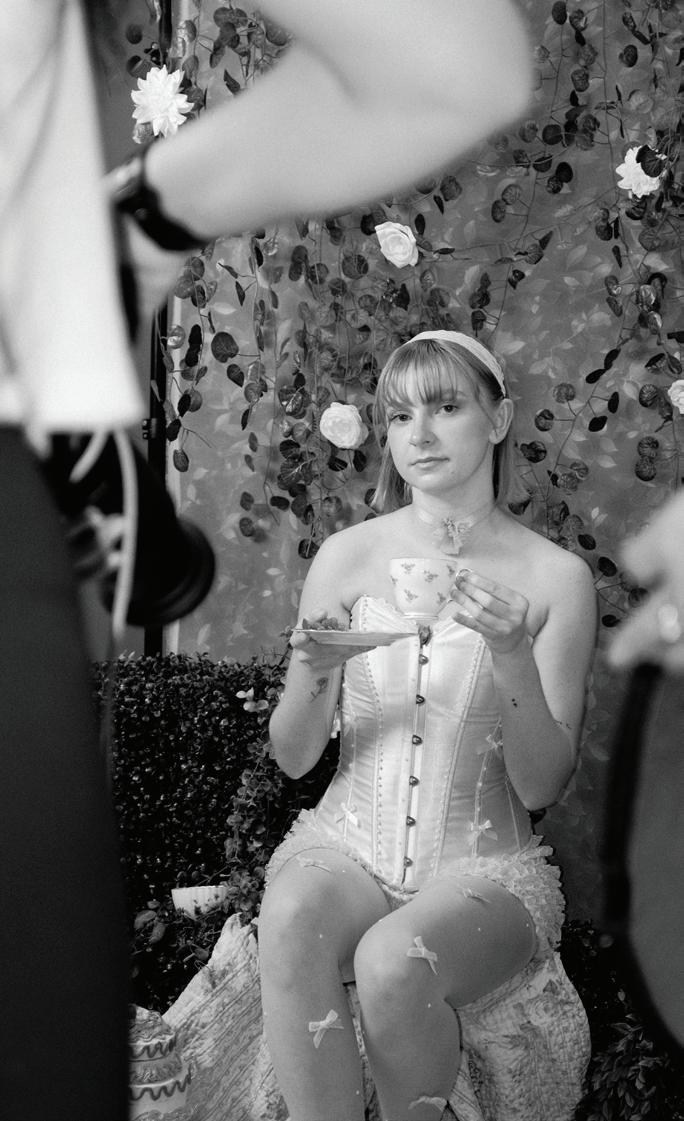
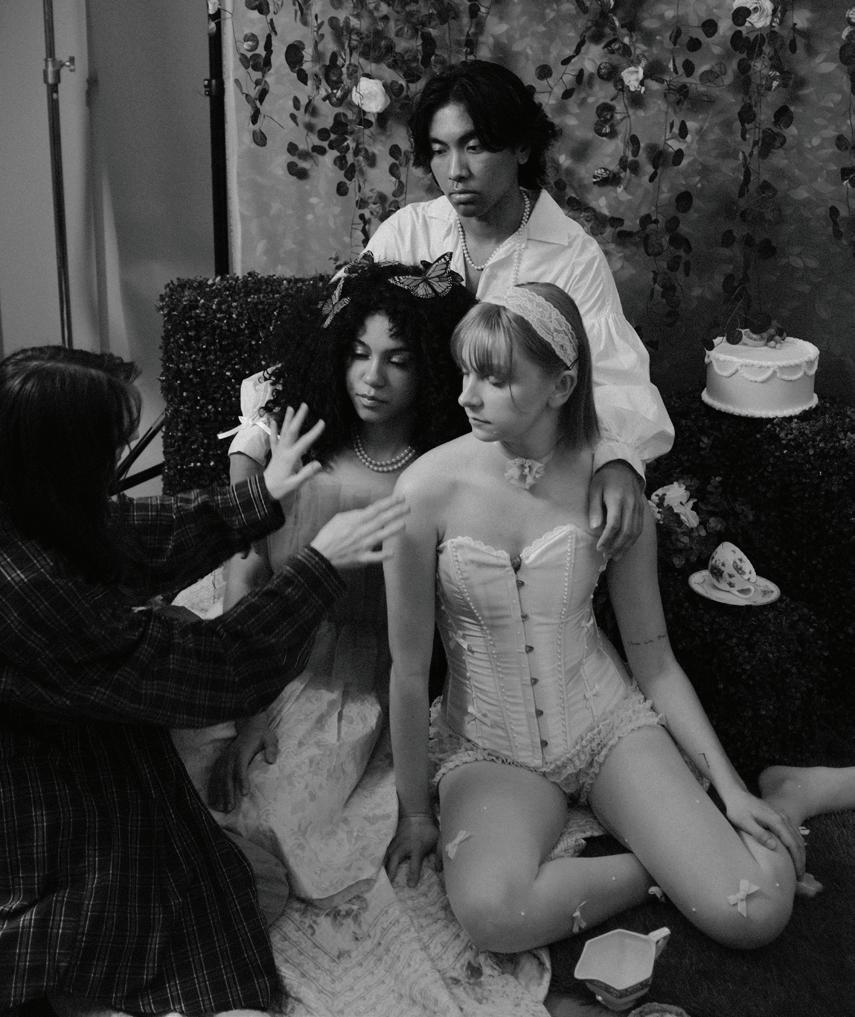
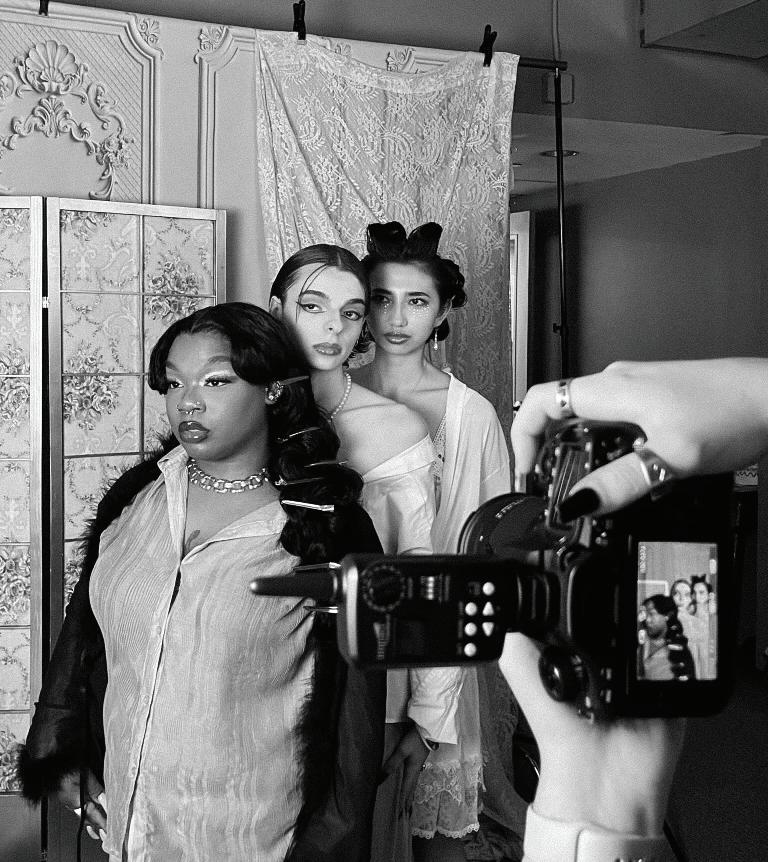
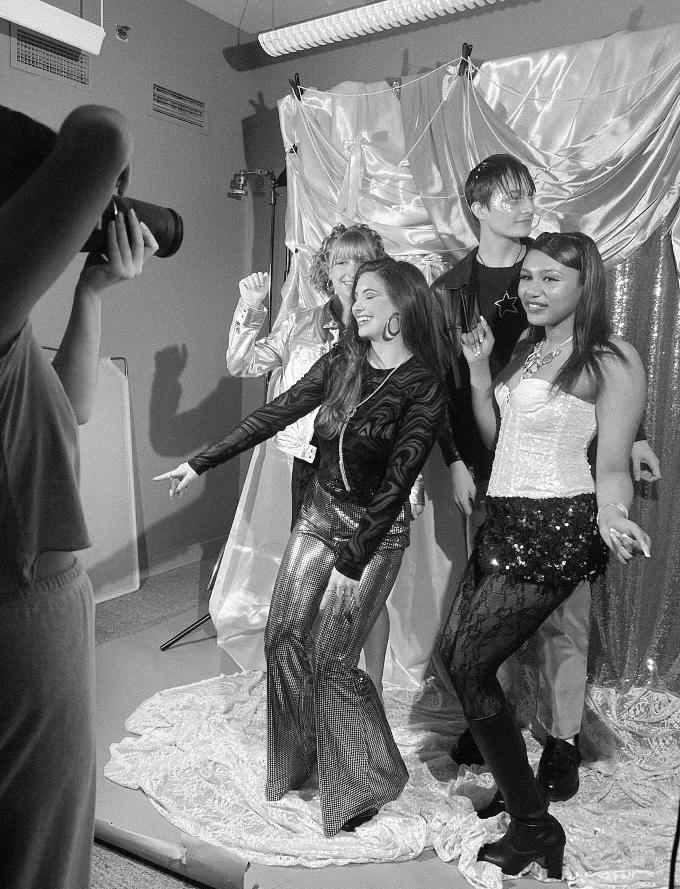

SCENES S/S '24
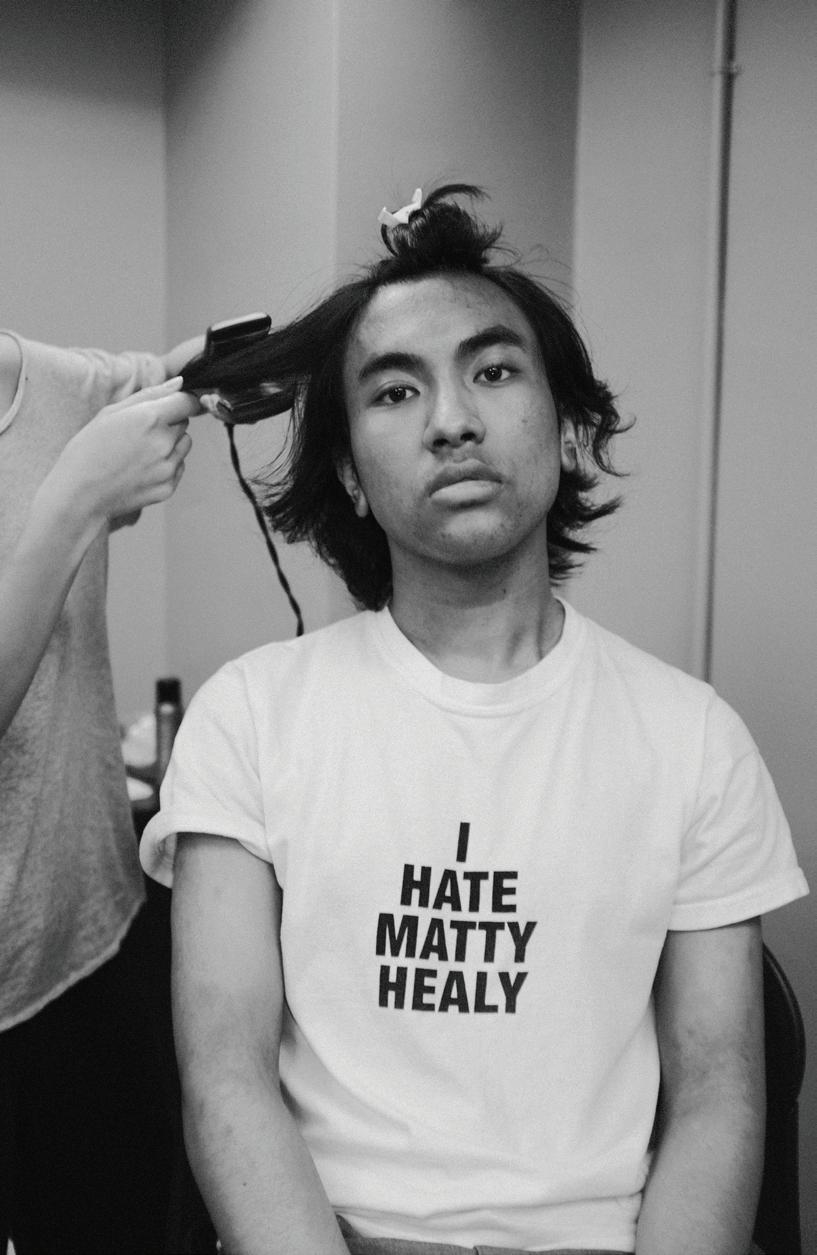
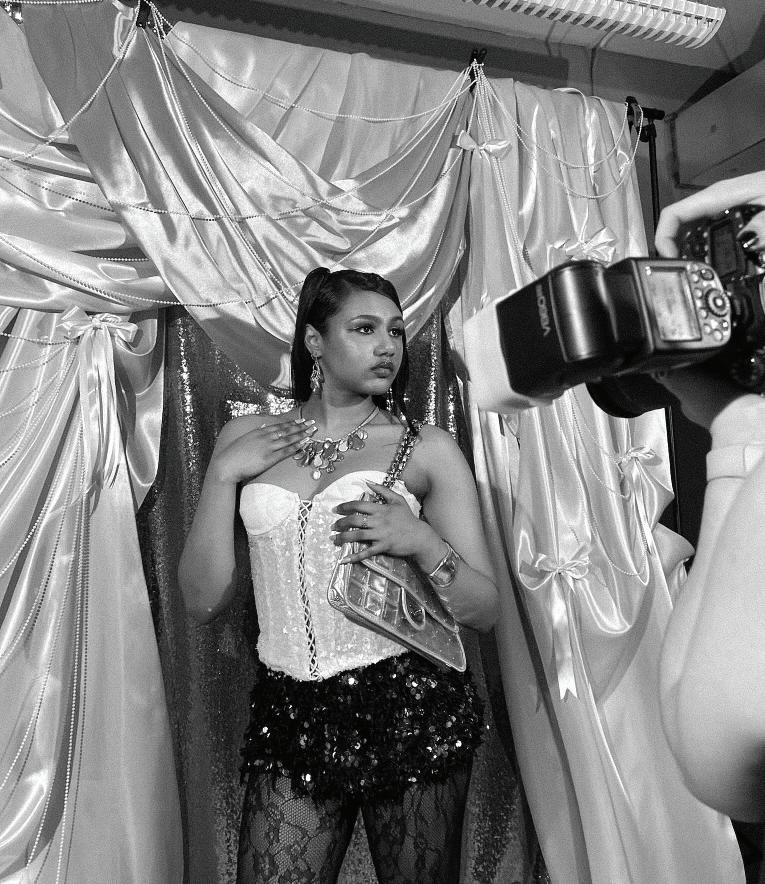
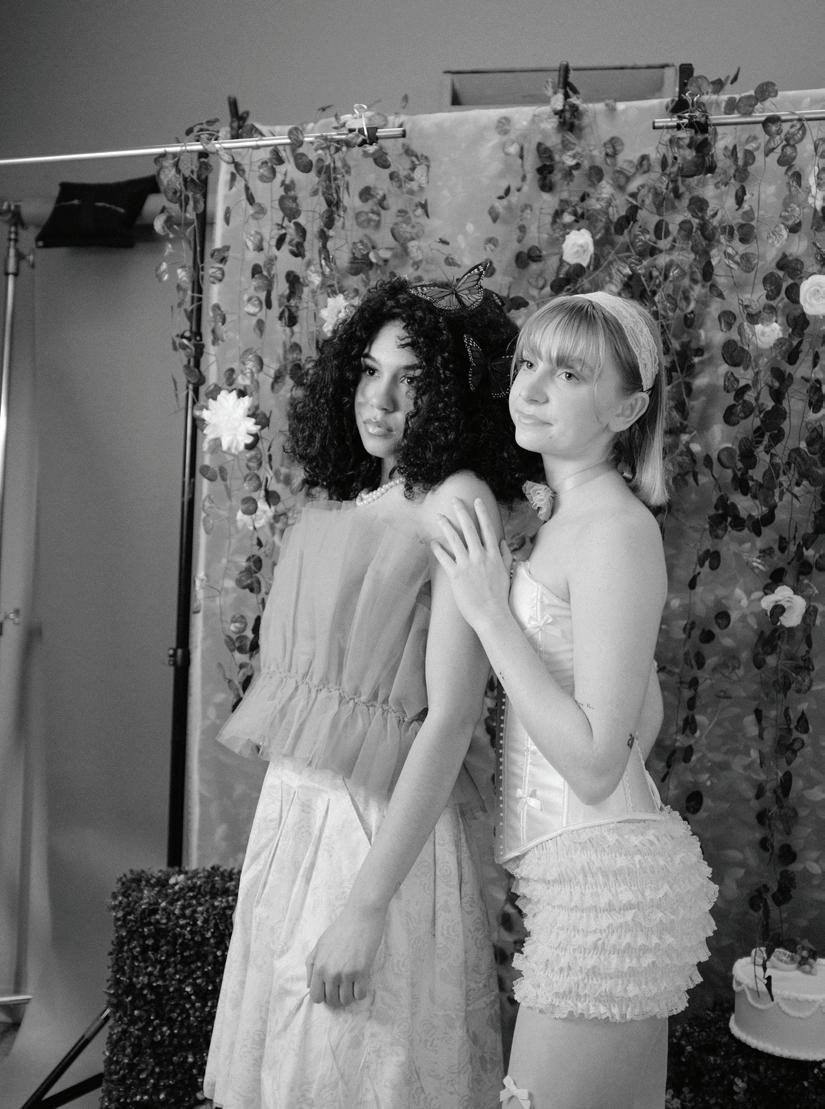
The Lexington Line
PHOTOGRAPHERS: Claudine Lorico, Madison Larson, Paige Collins
































 By TJ McCaffery
By TJ McCaffery




















































































































 MODEL LEFT
WEARS: Chérir Vintage—Corset and purse; Stylists’ own—Skirt and boots;
MODEL LEFT
WEARS: Chérir Vintage—Corset and purse; Stylists’ own—Skirt and boots;































 Jaedyn Frasinelli Beauty Director
Jaedyn Frasinelli Beauty Director






 Lilly GriffithsAssistant Sports Editor
Lilly GriffithsAssistant Sports Editor





























